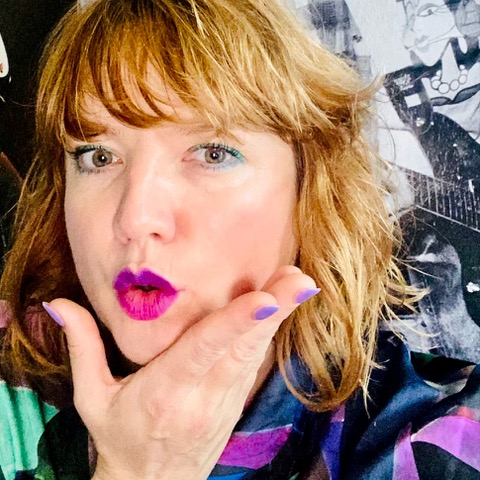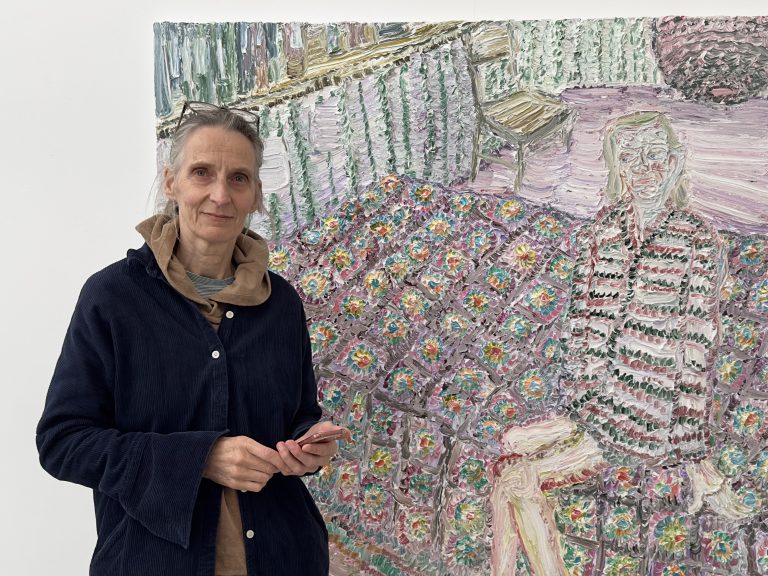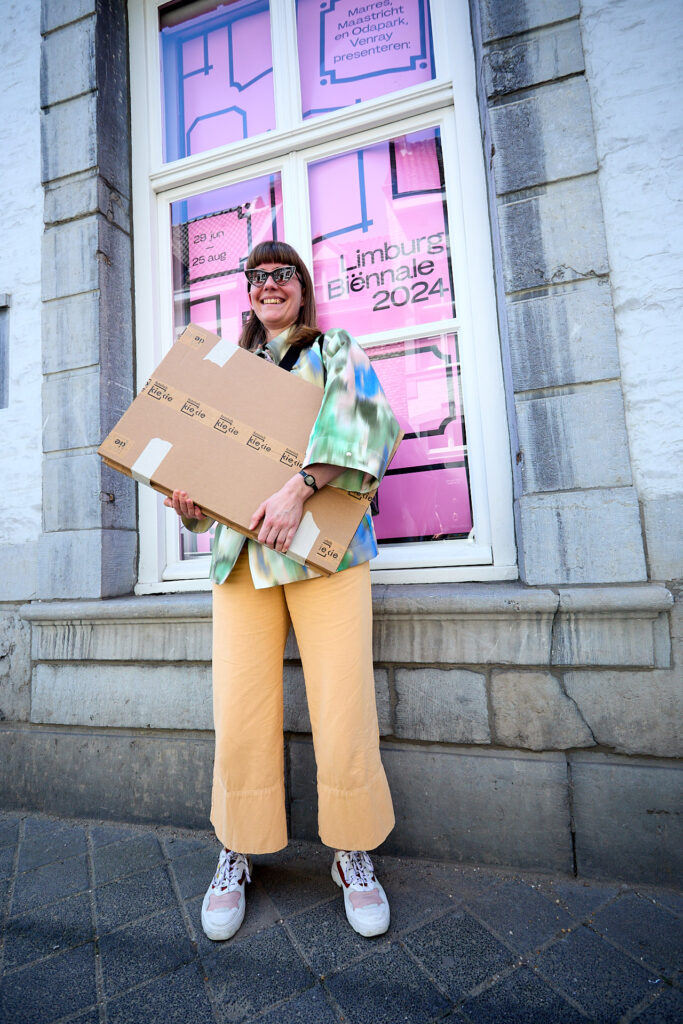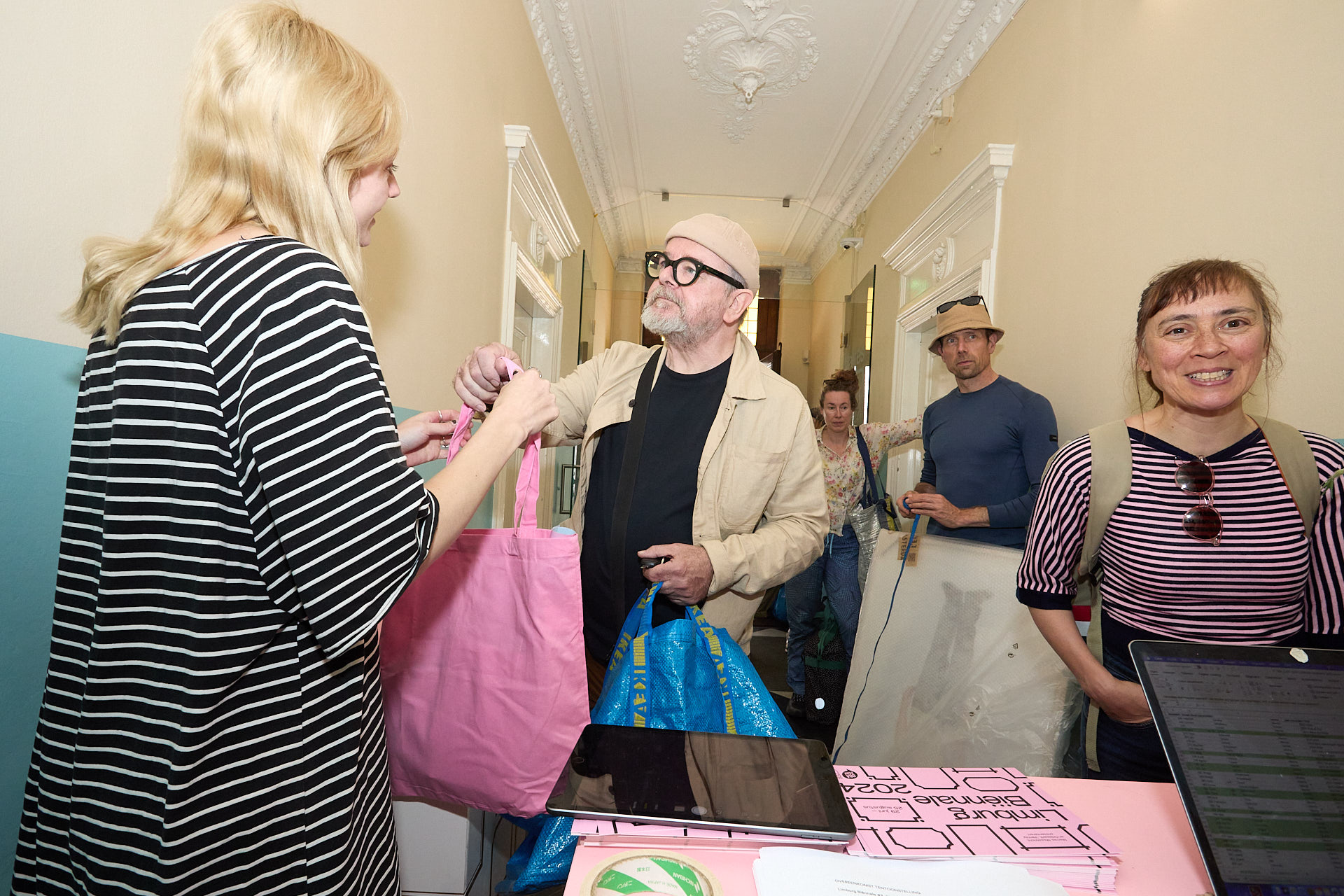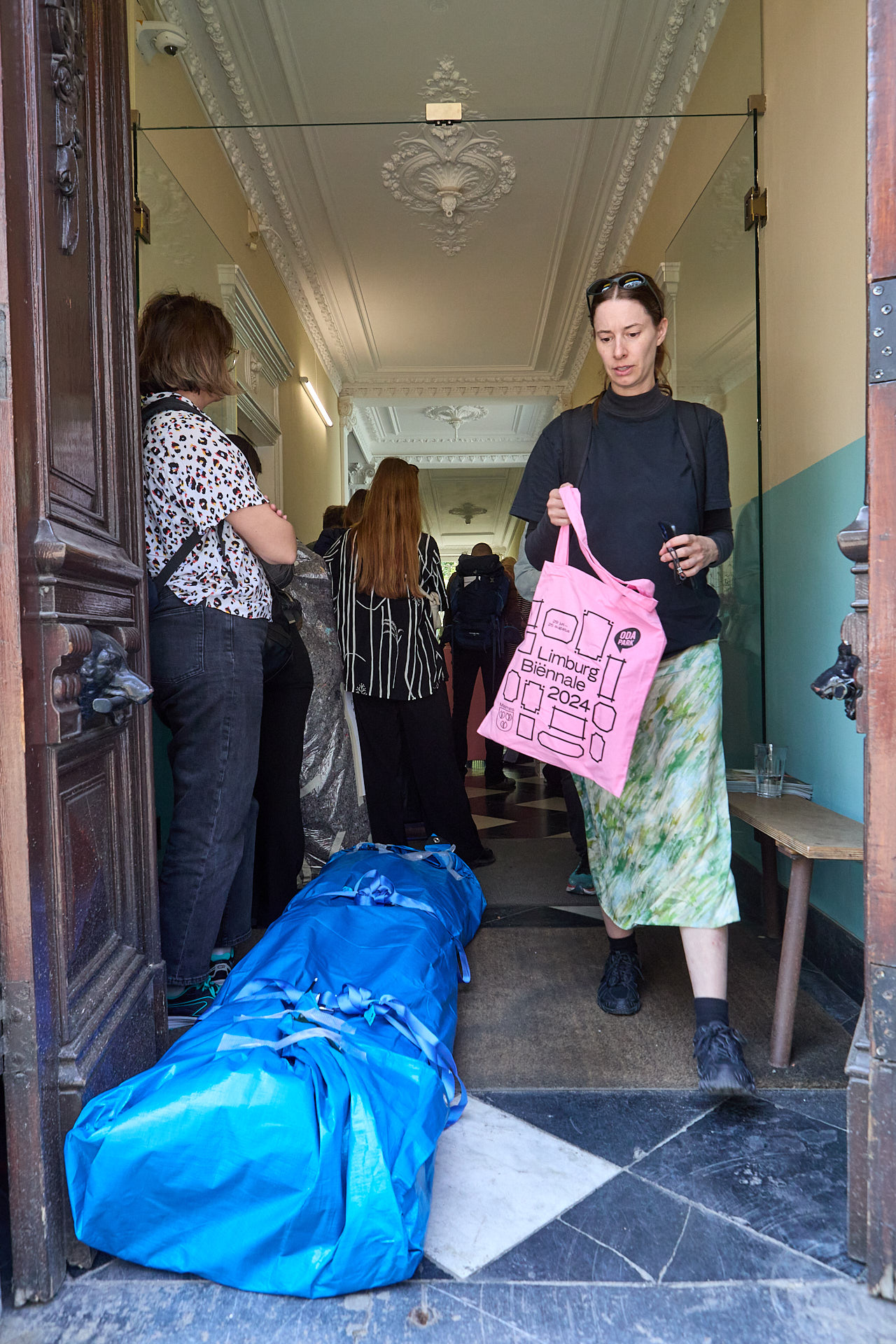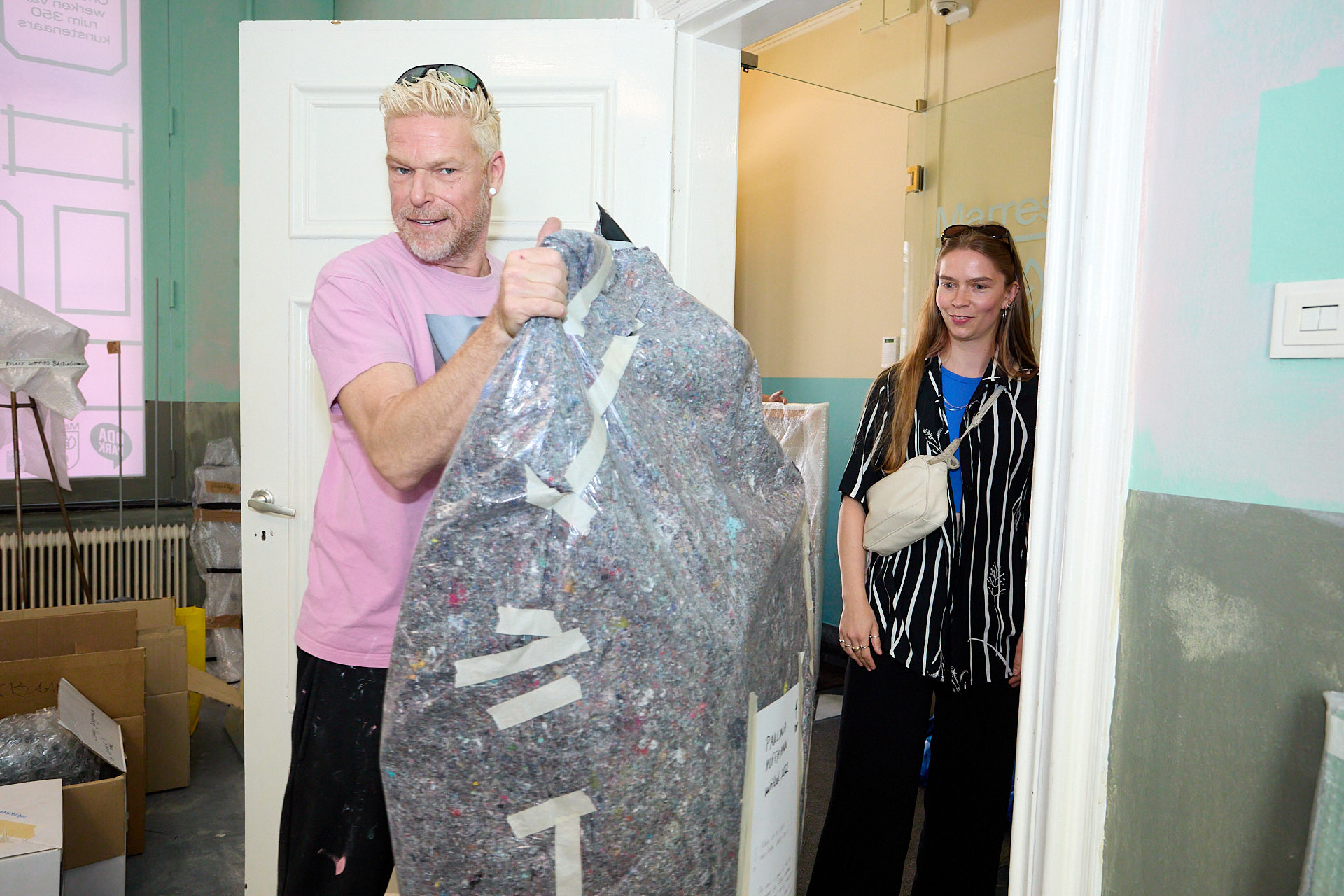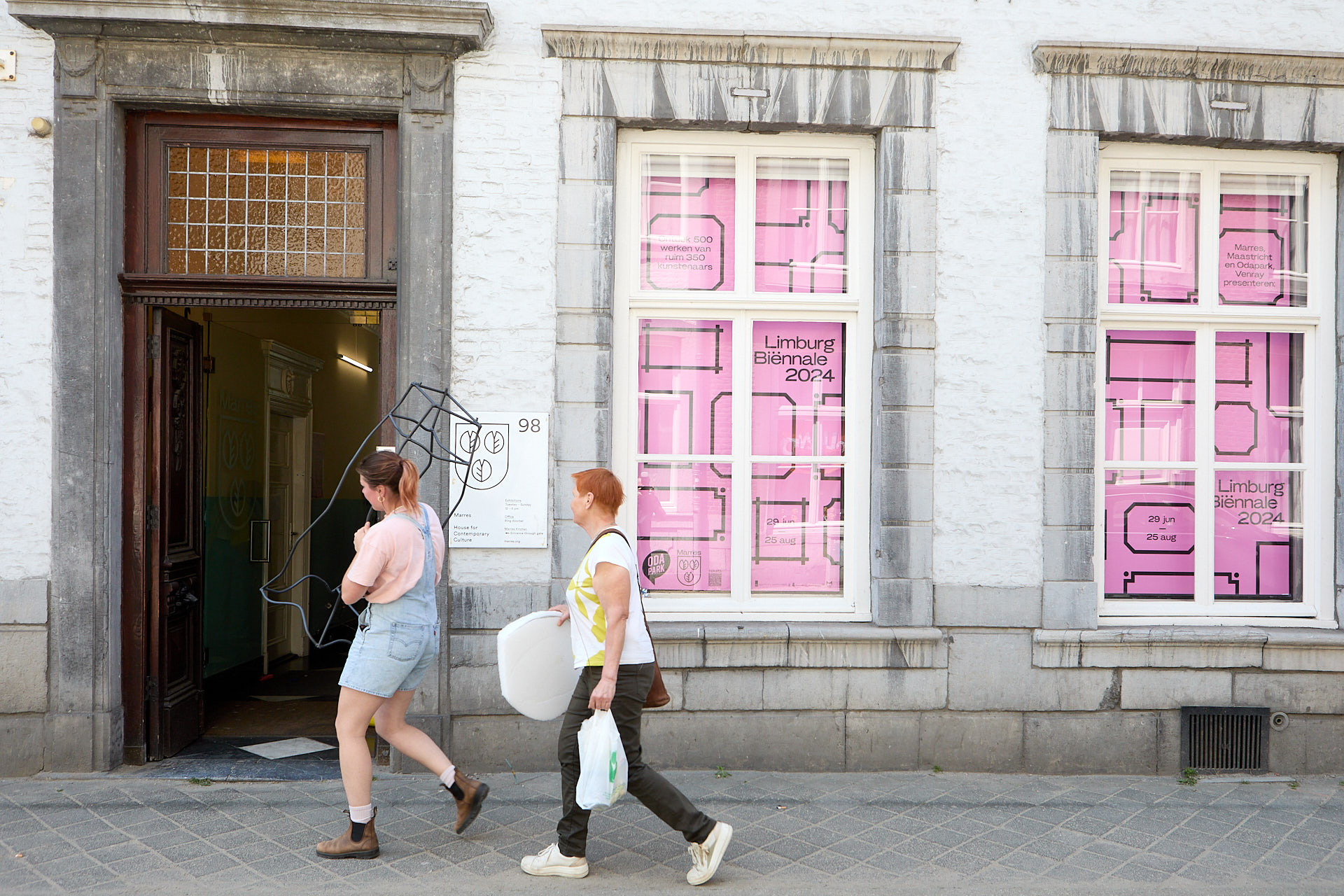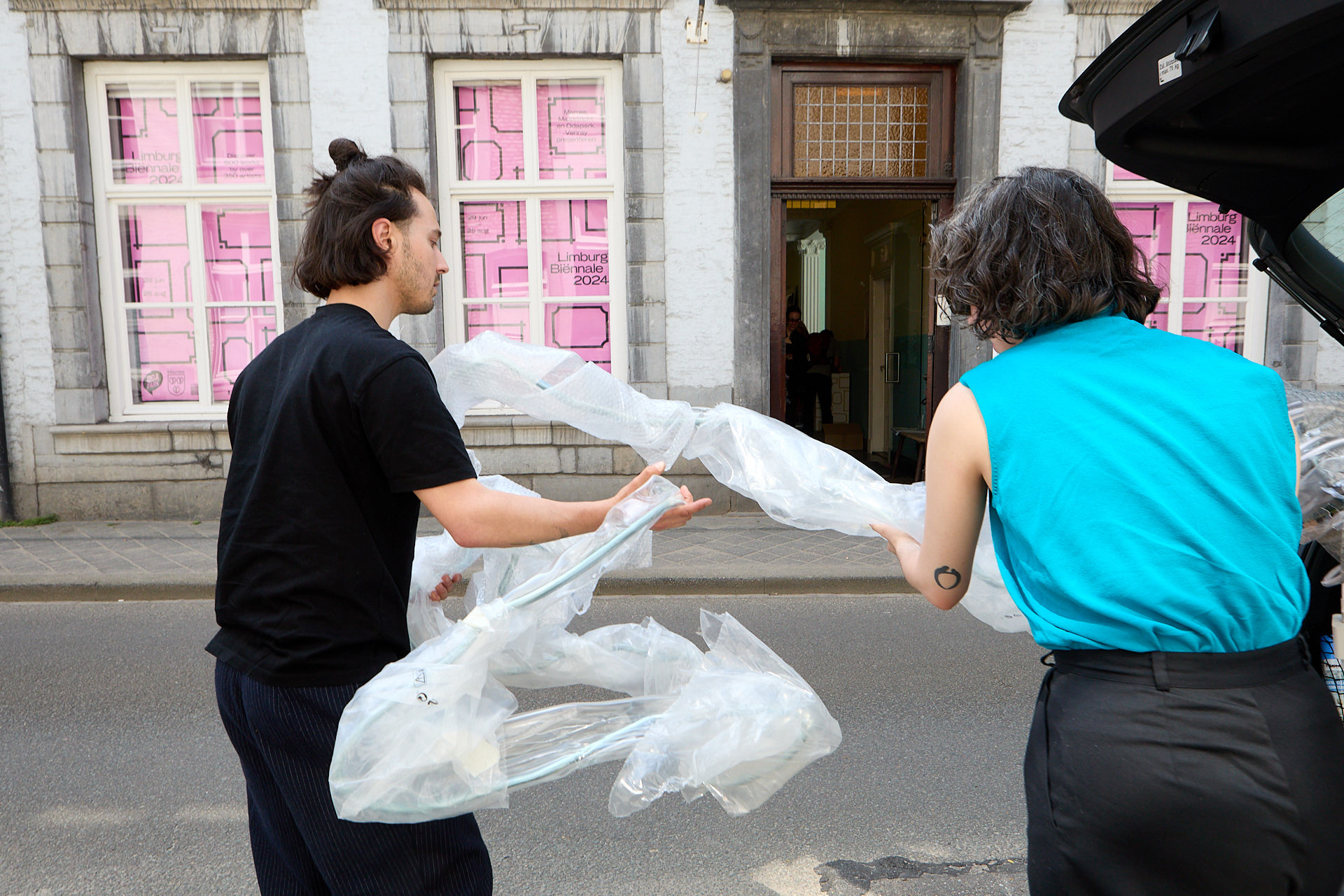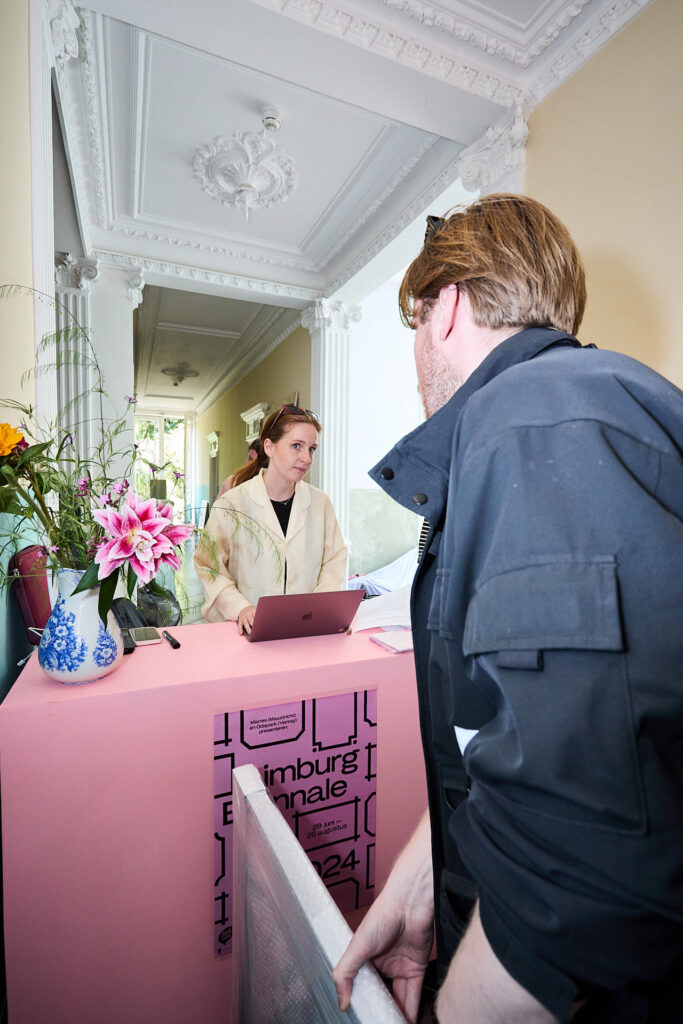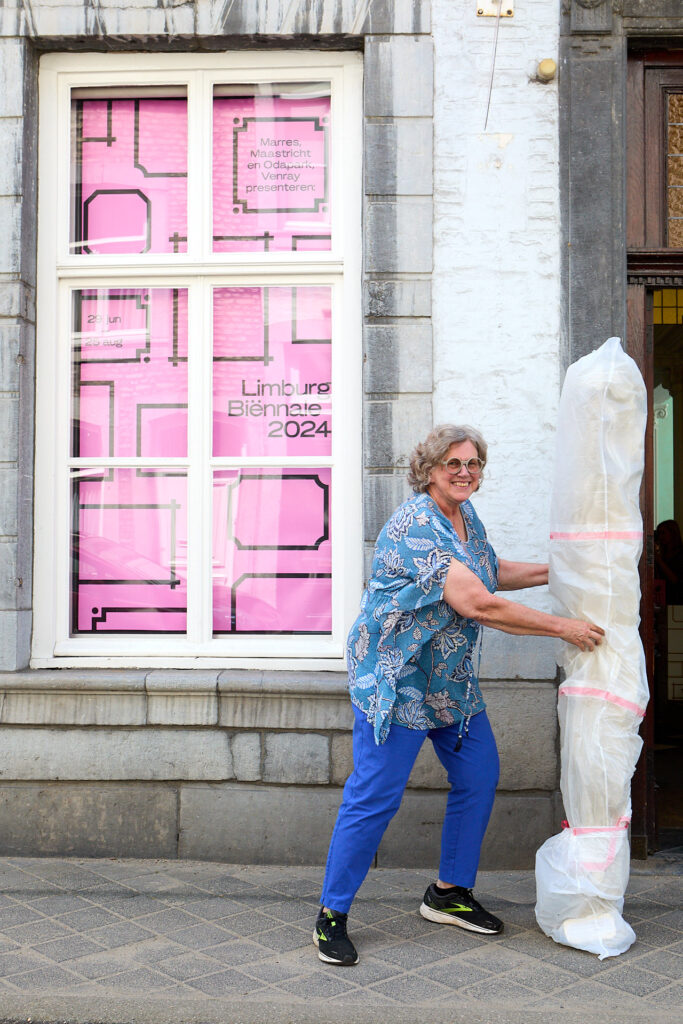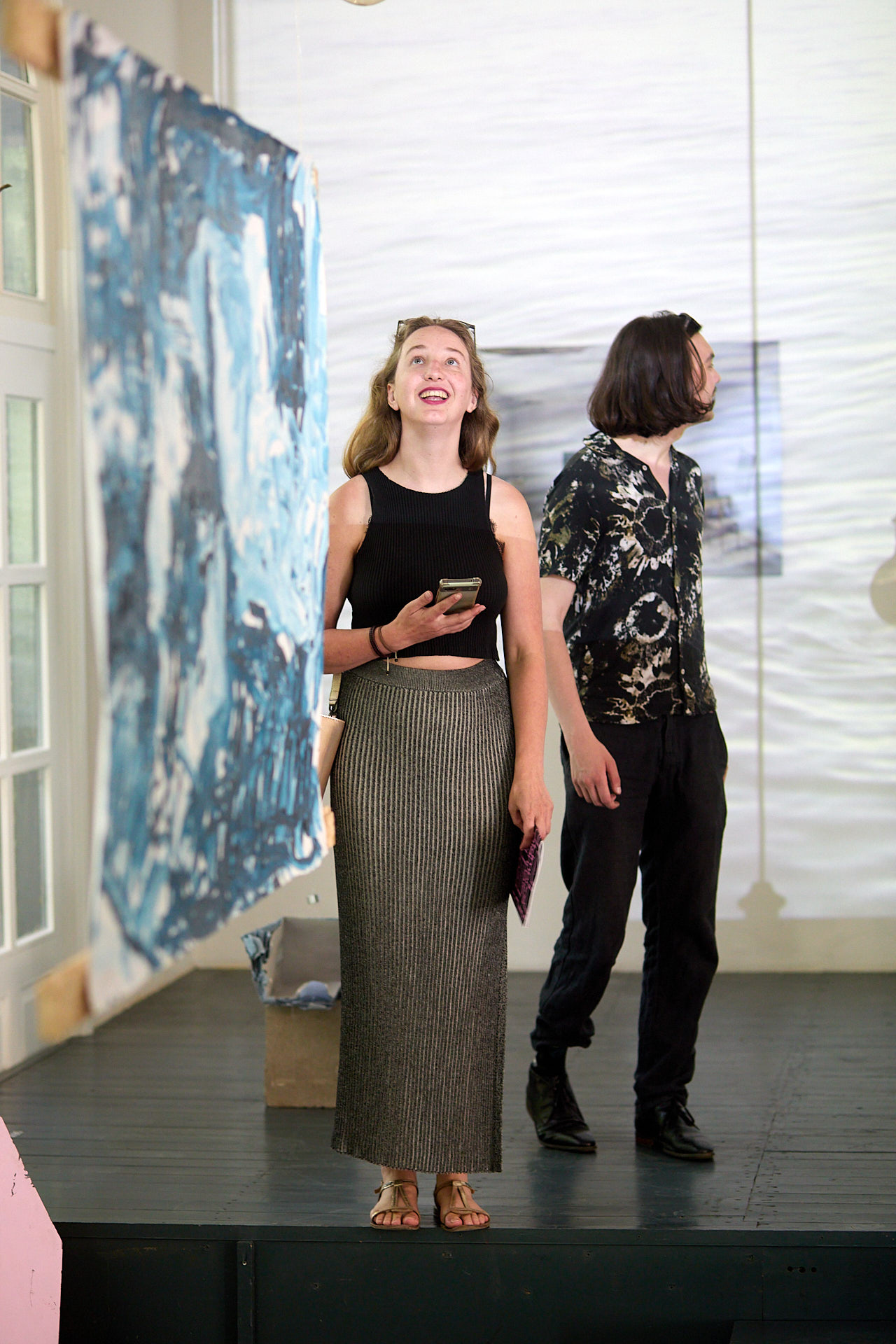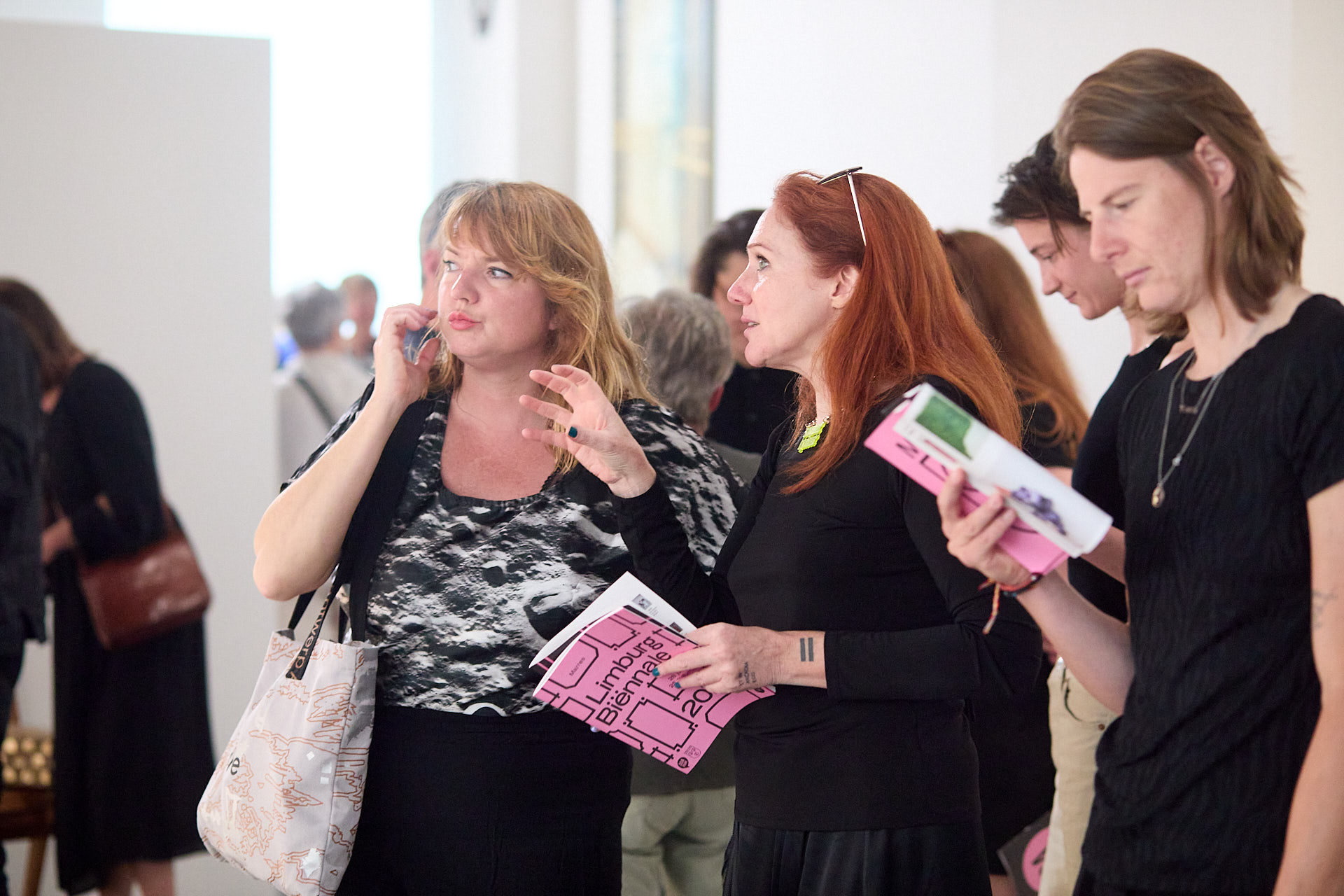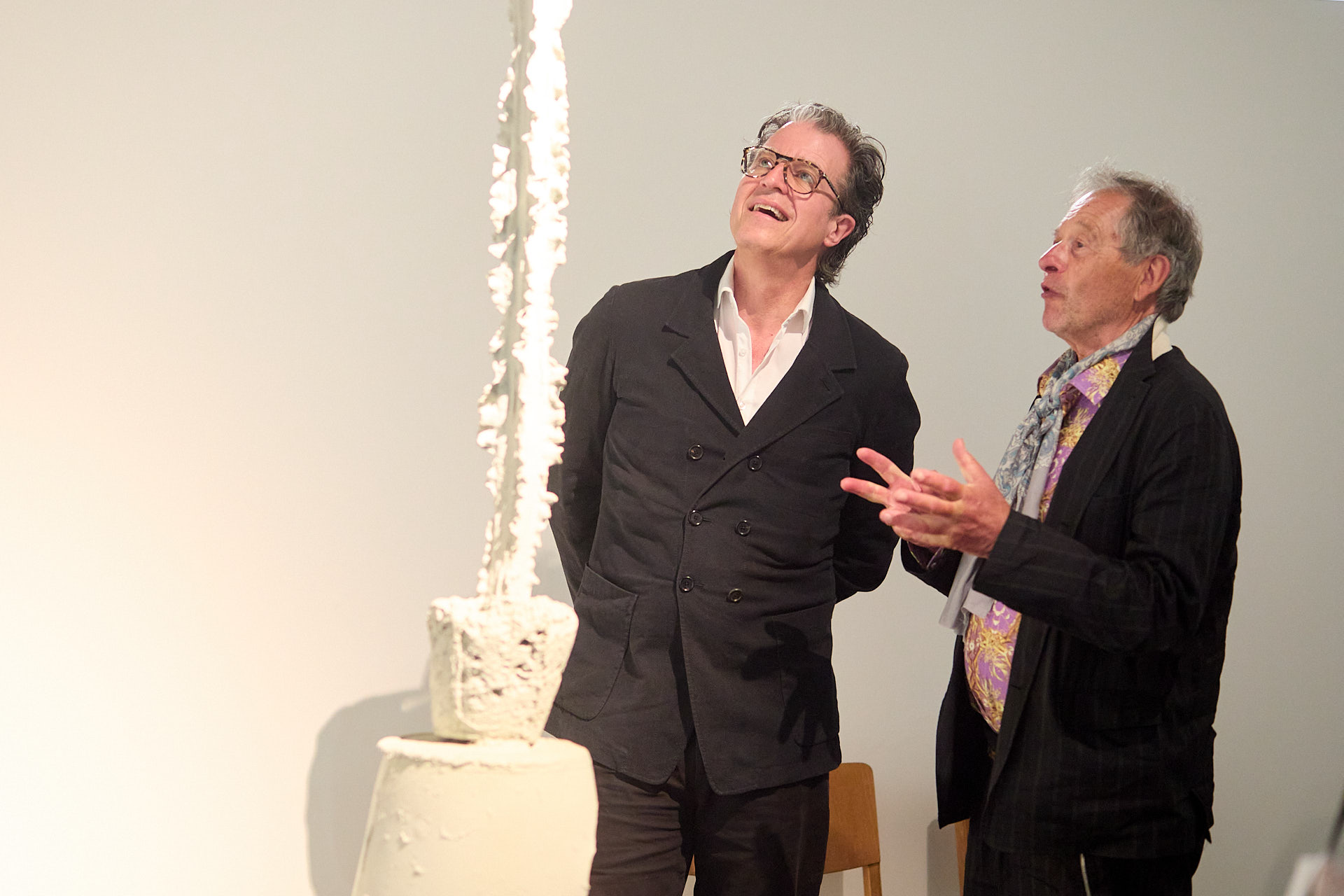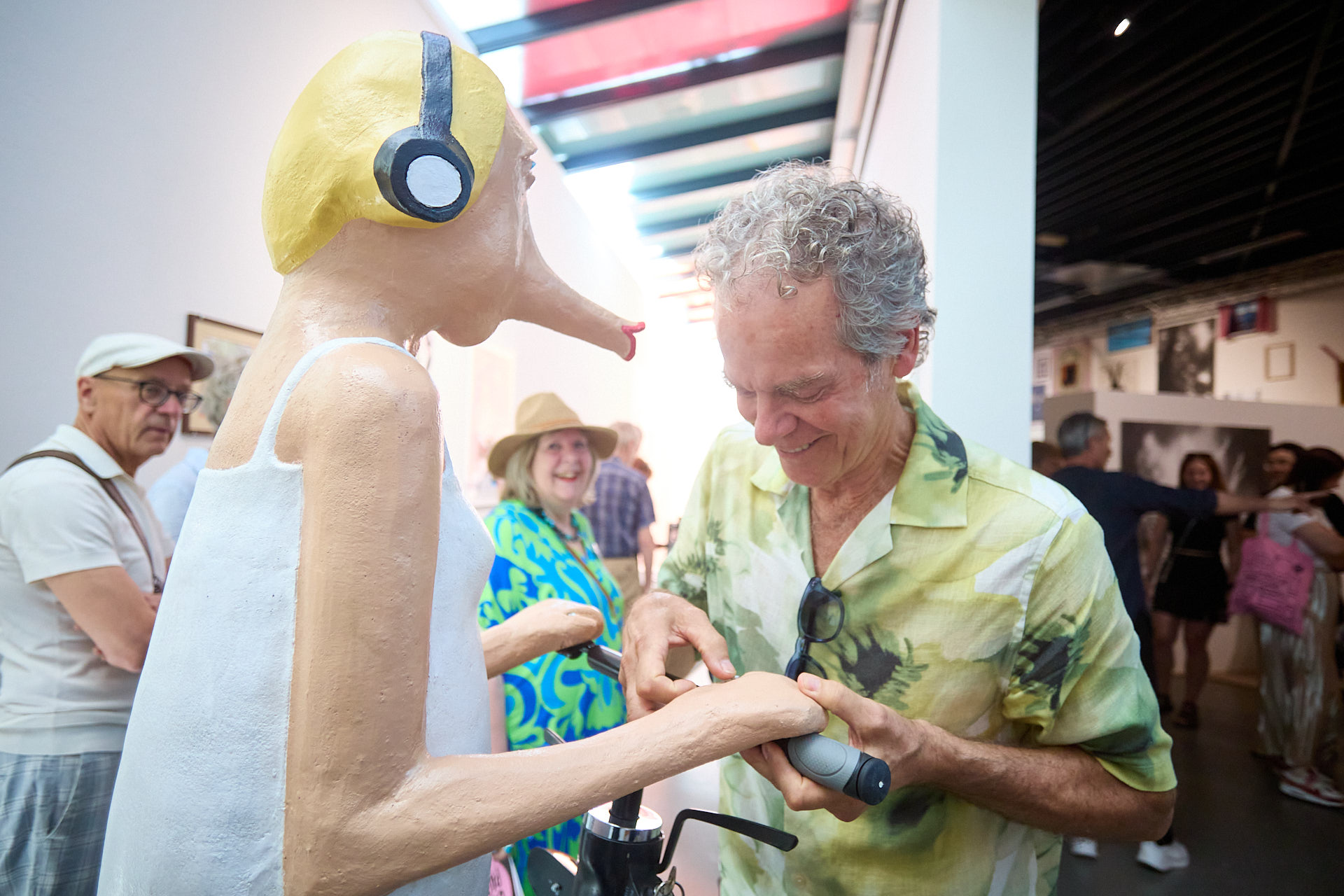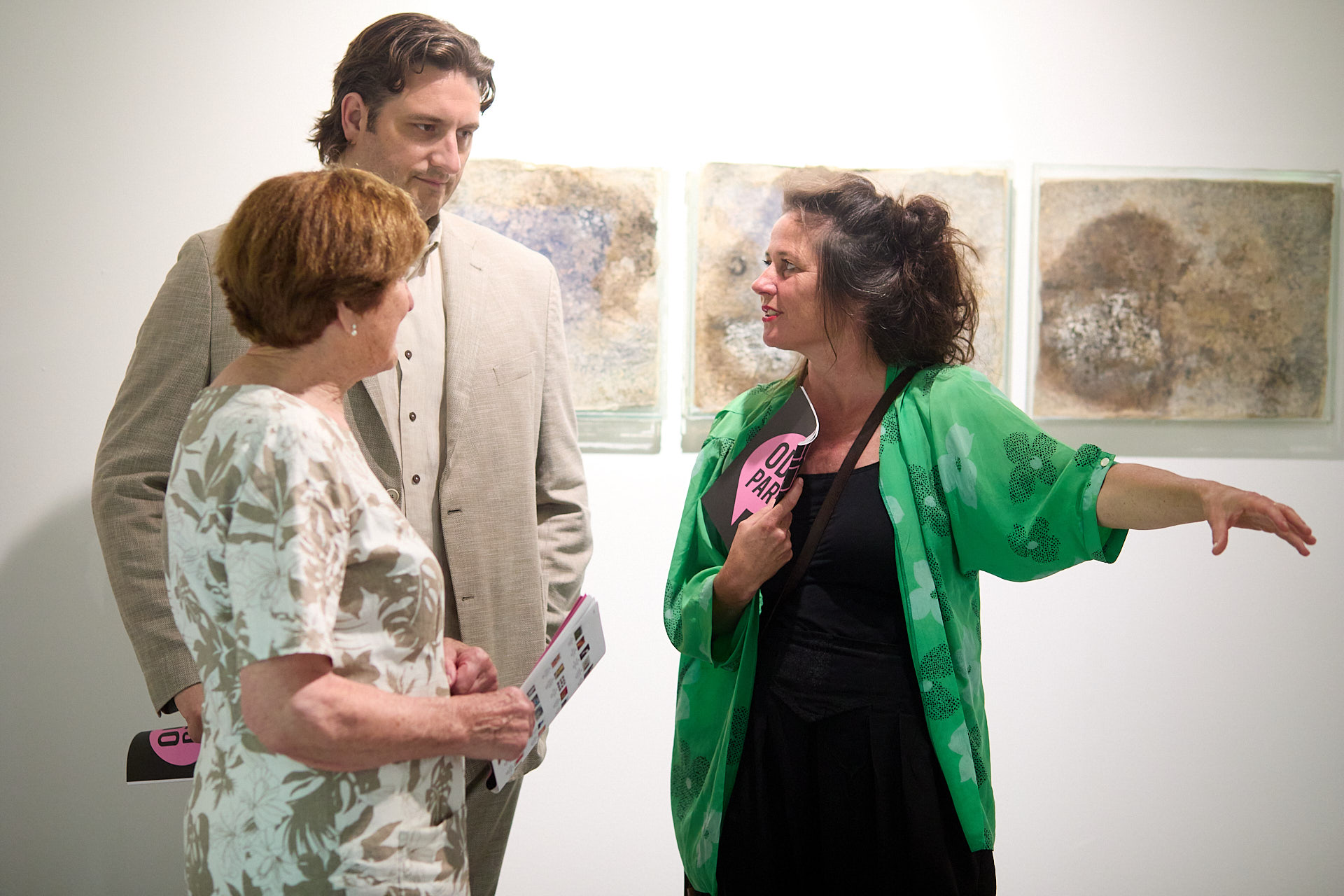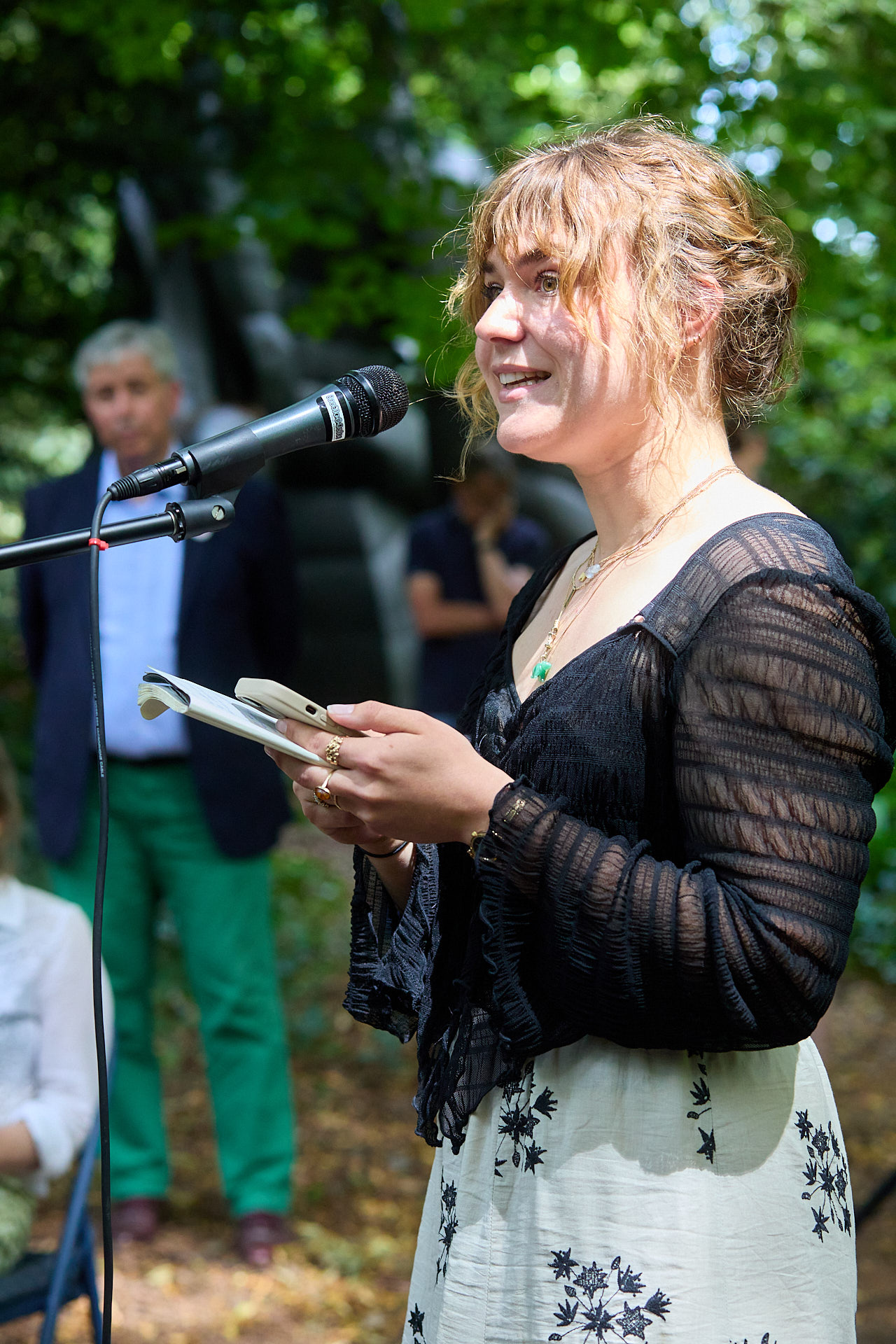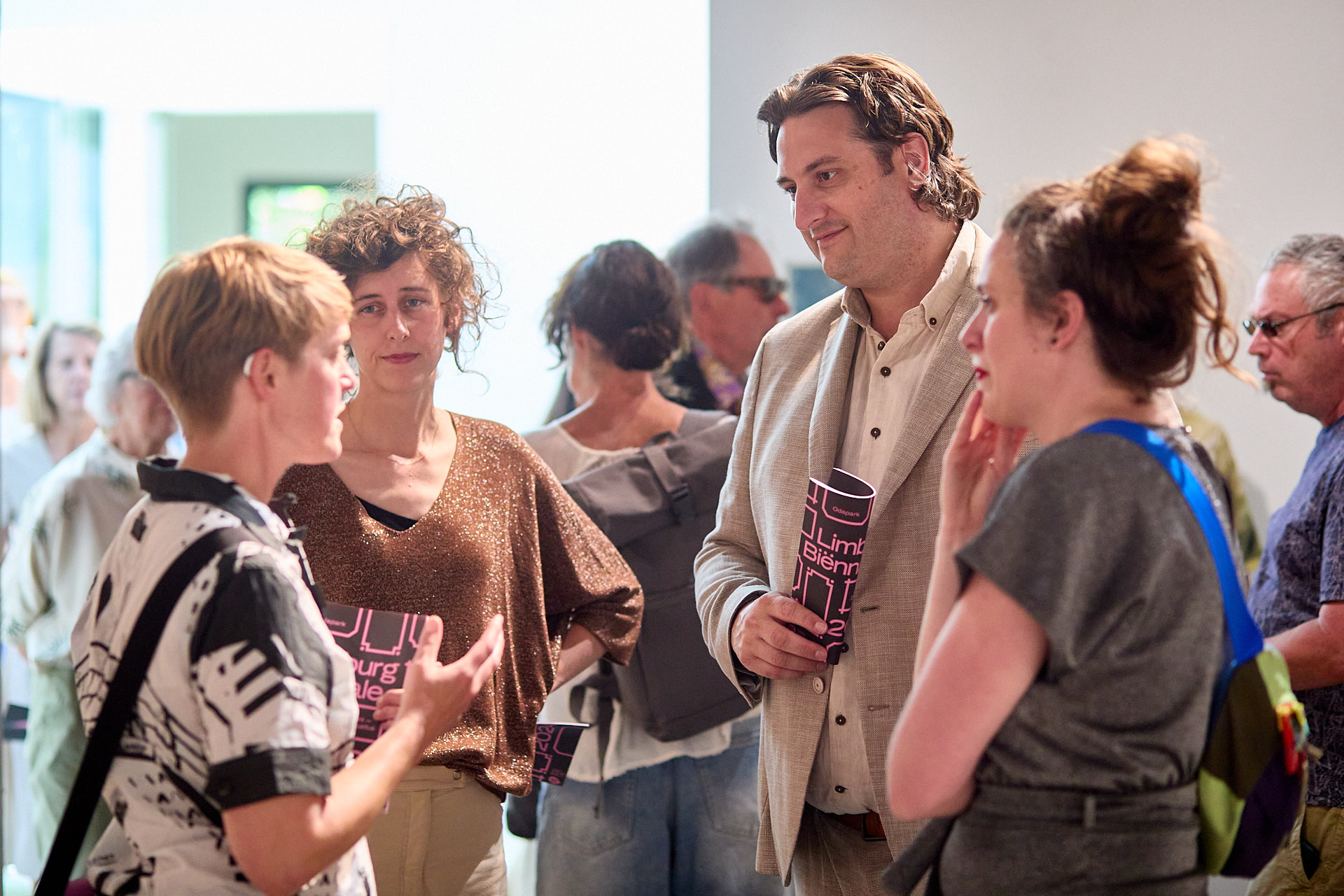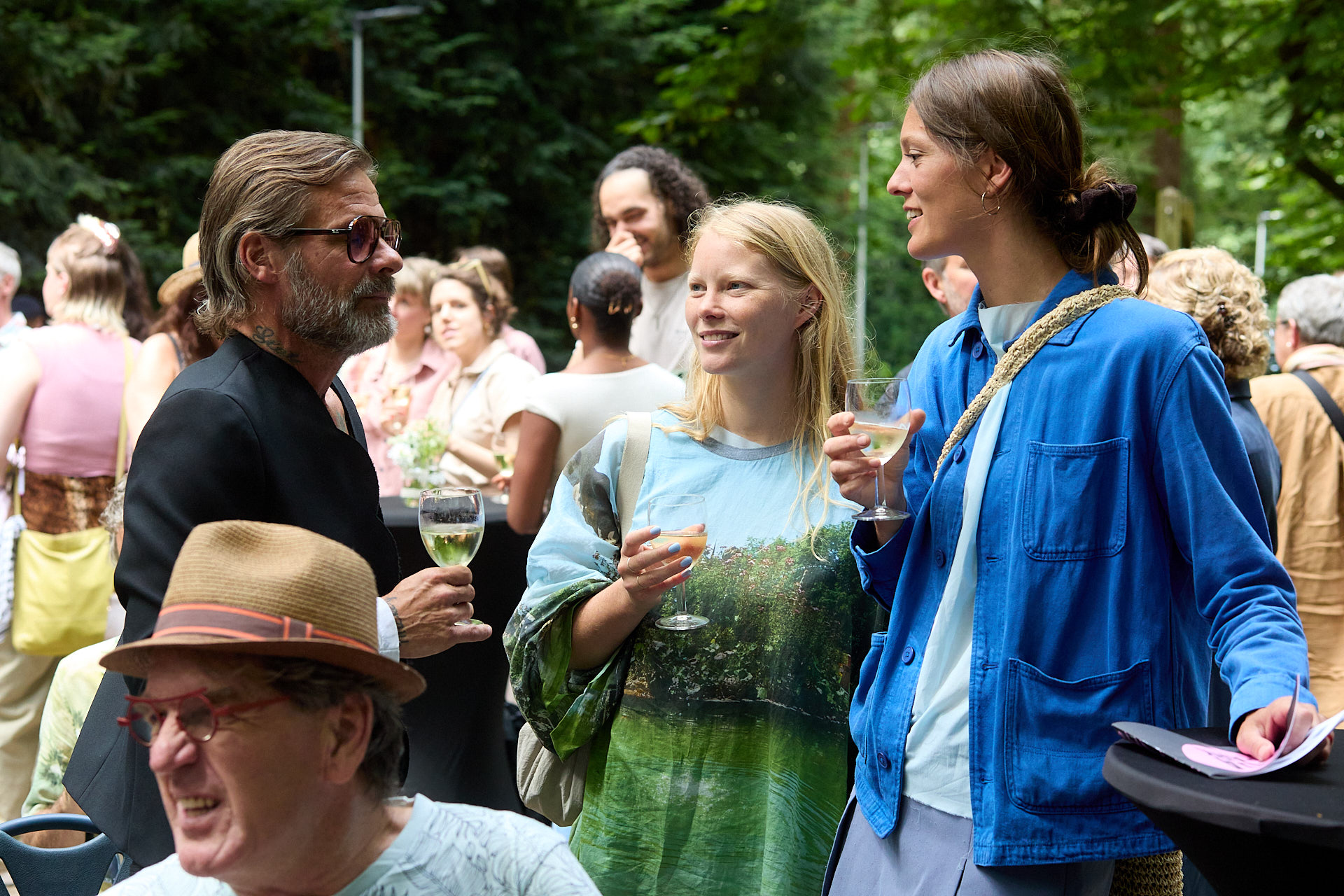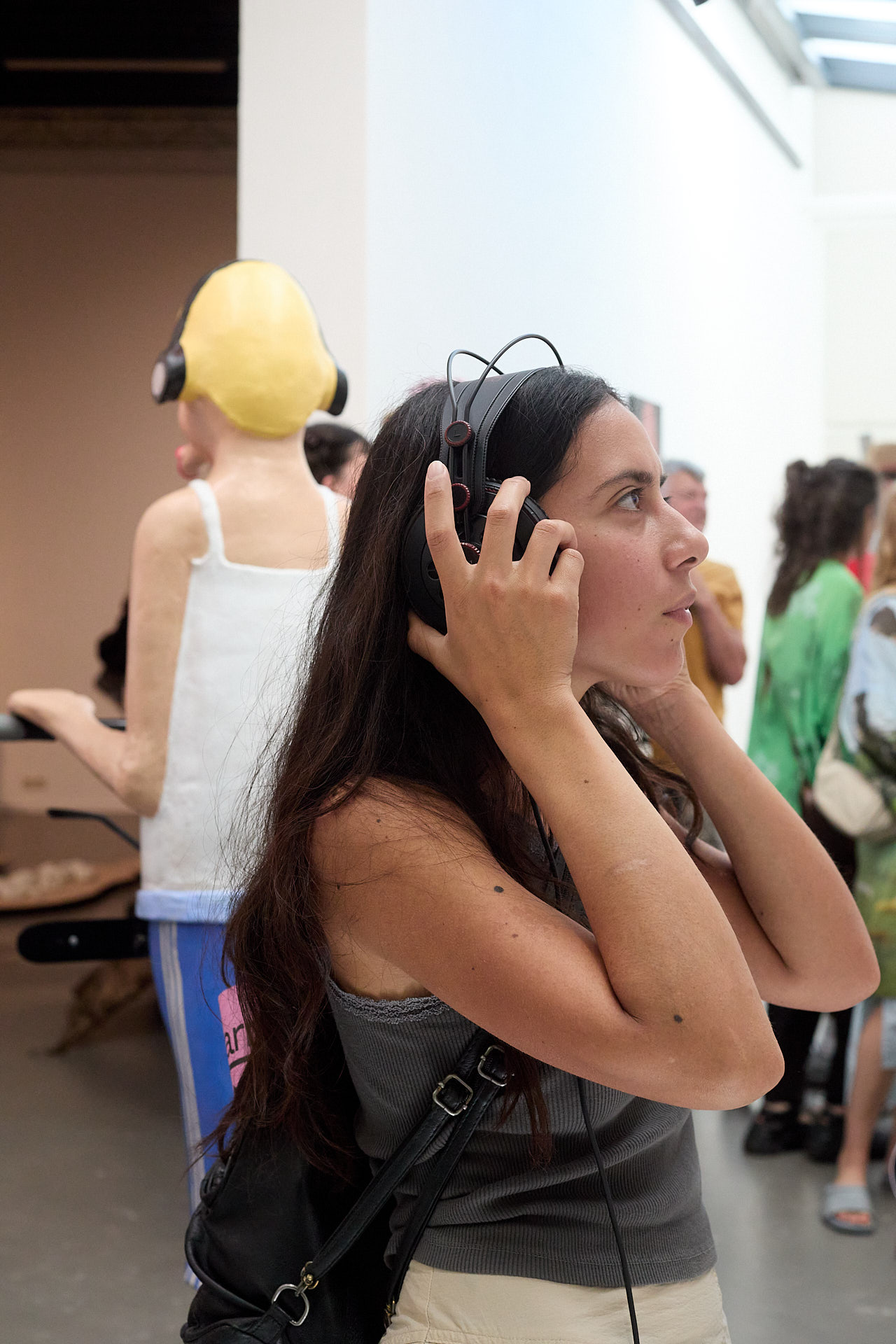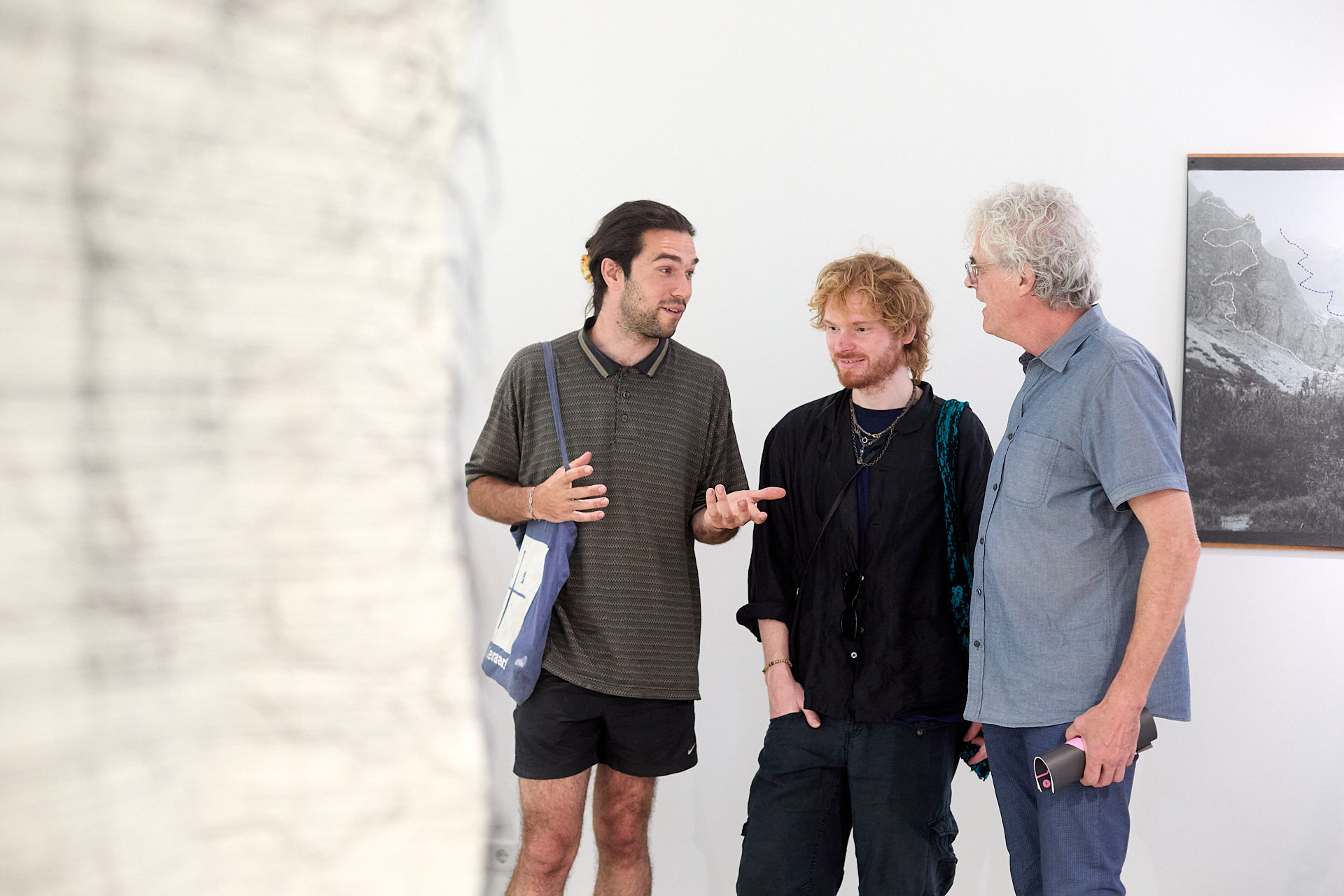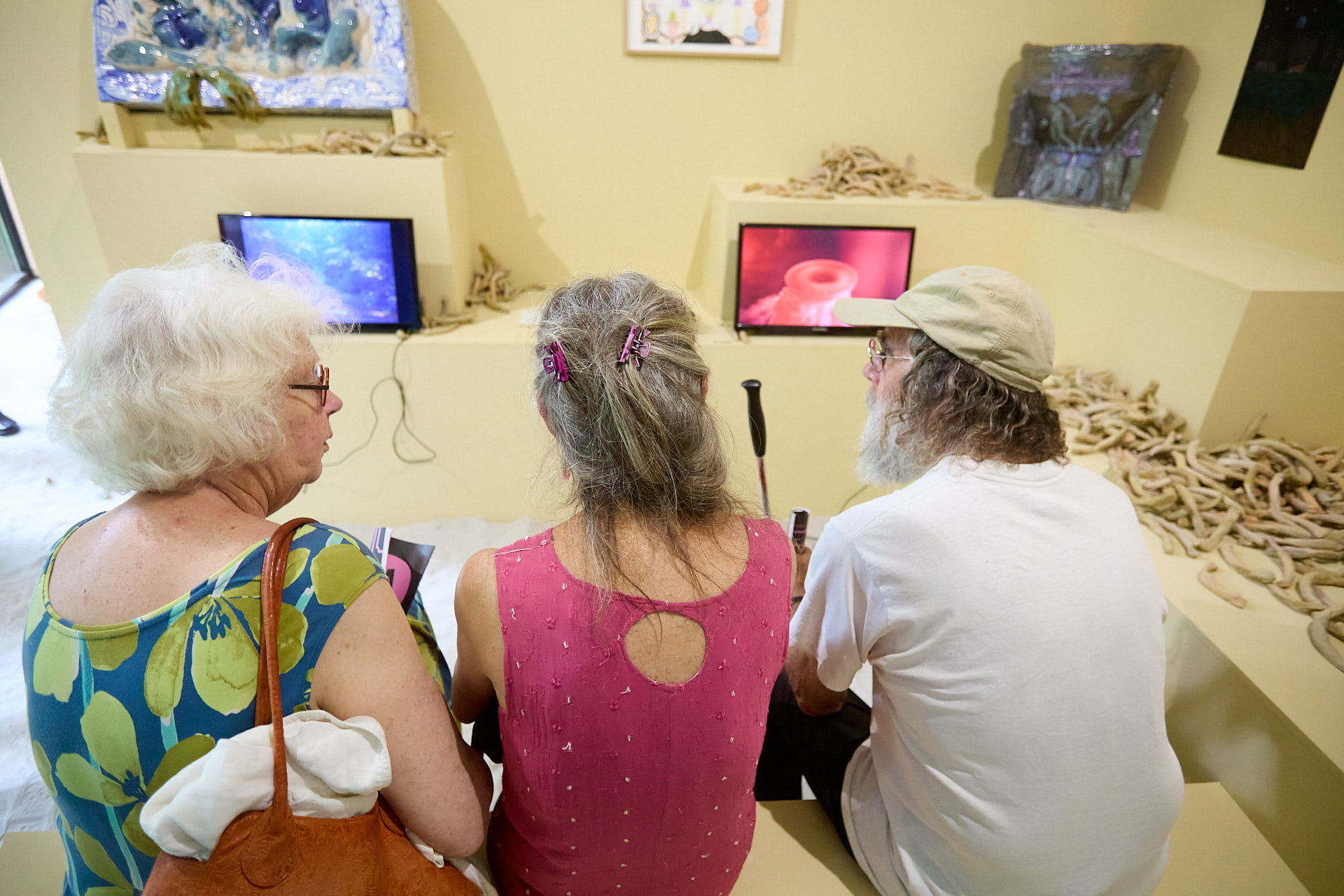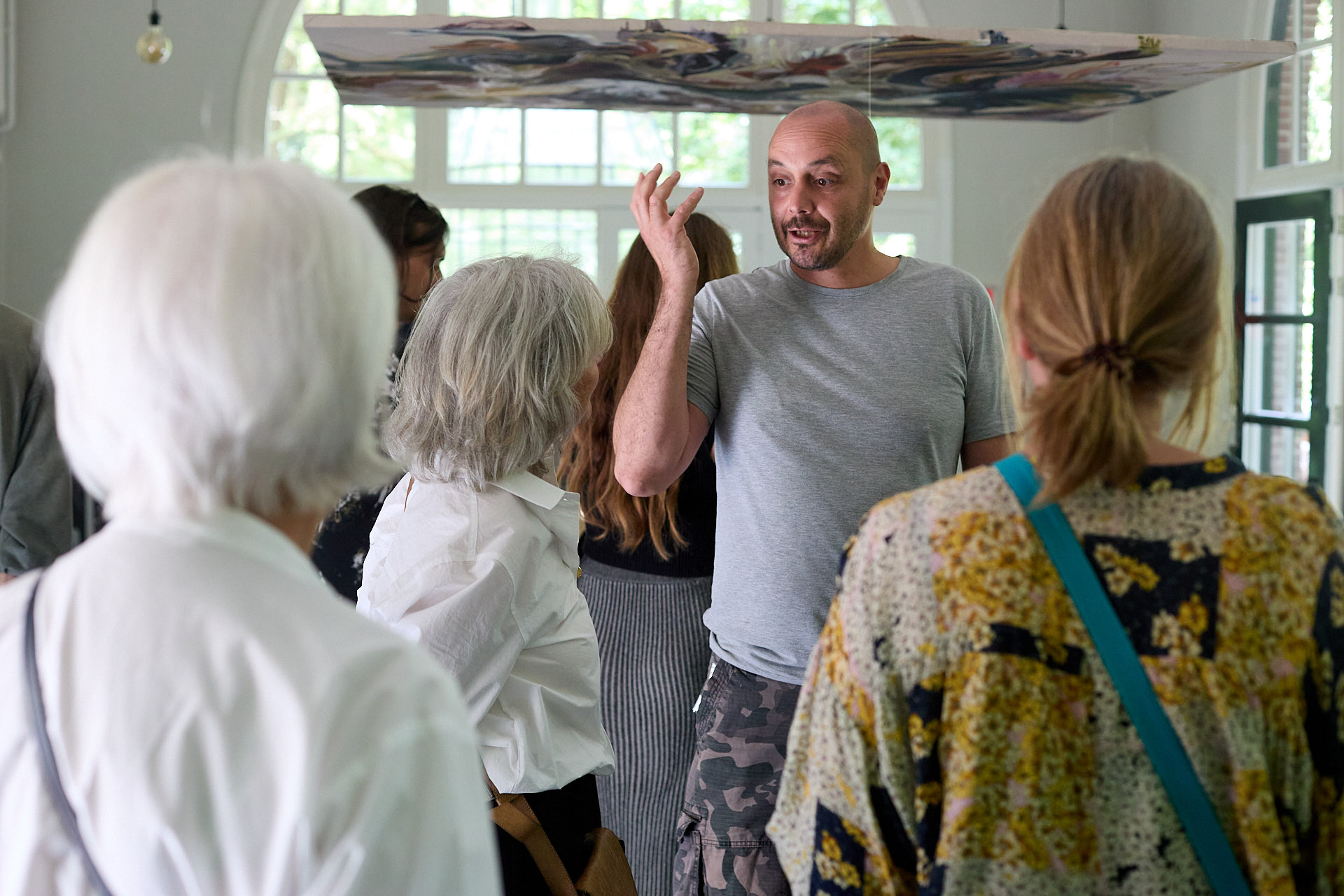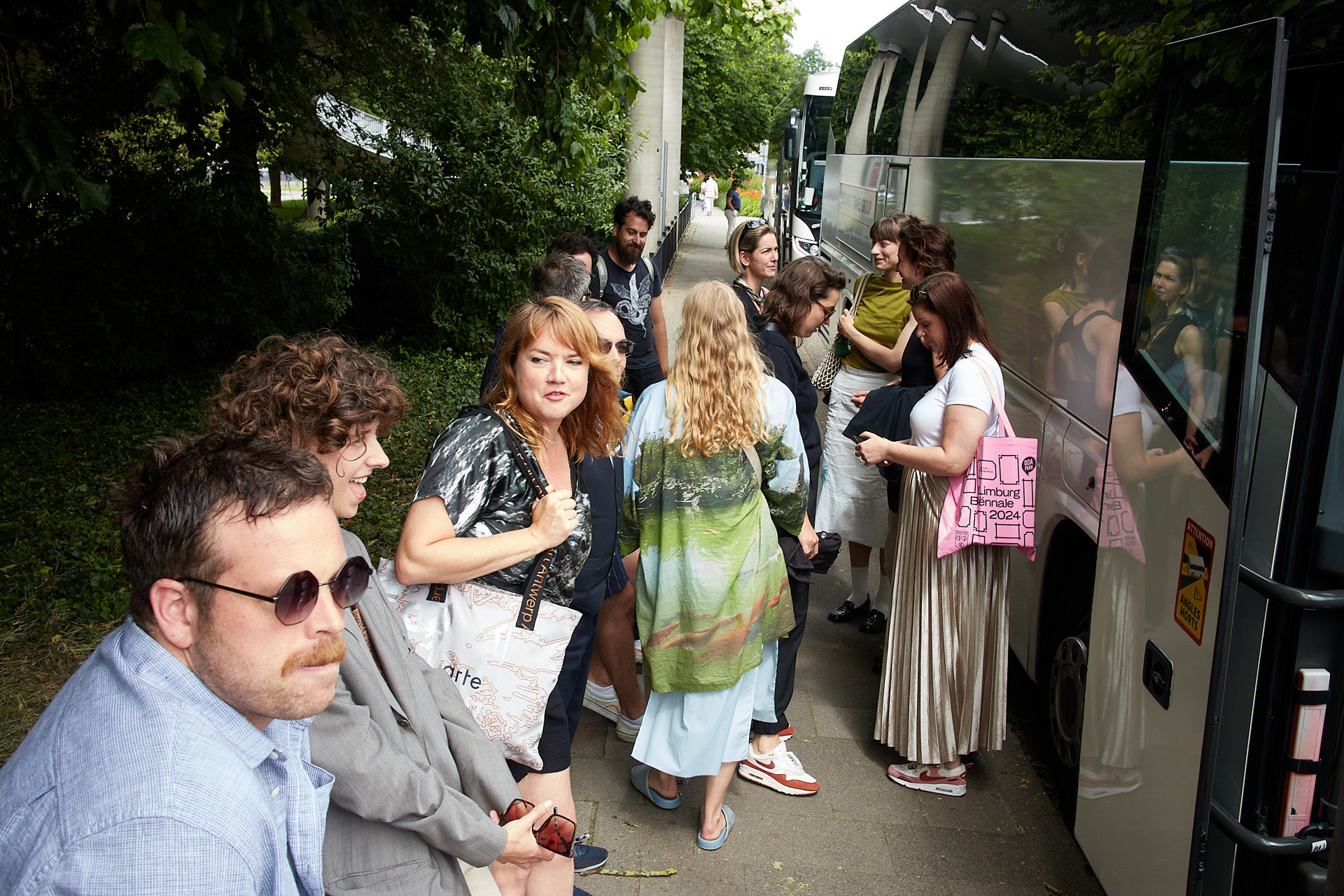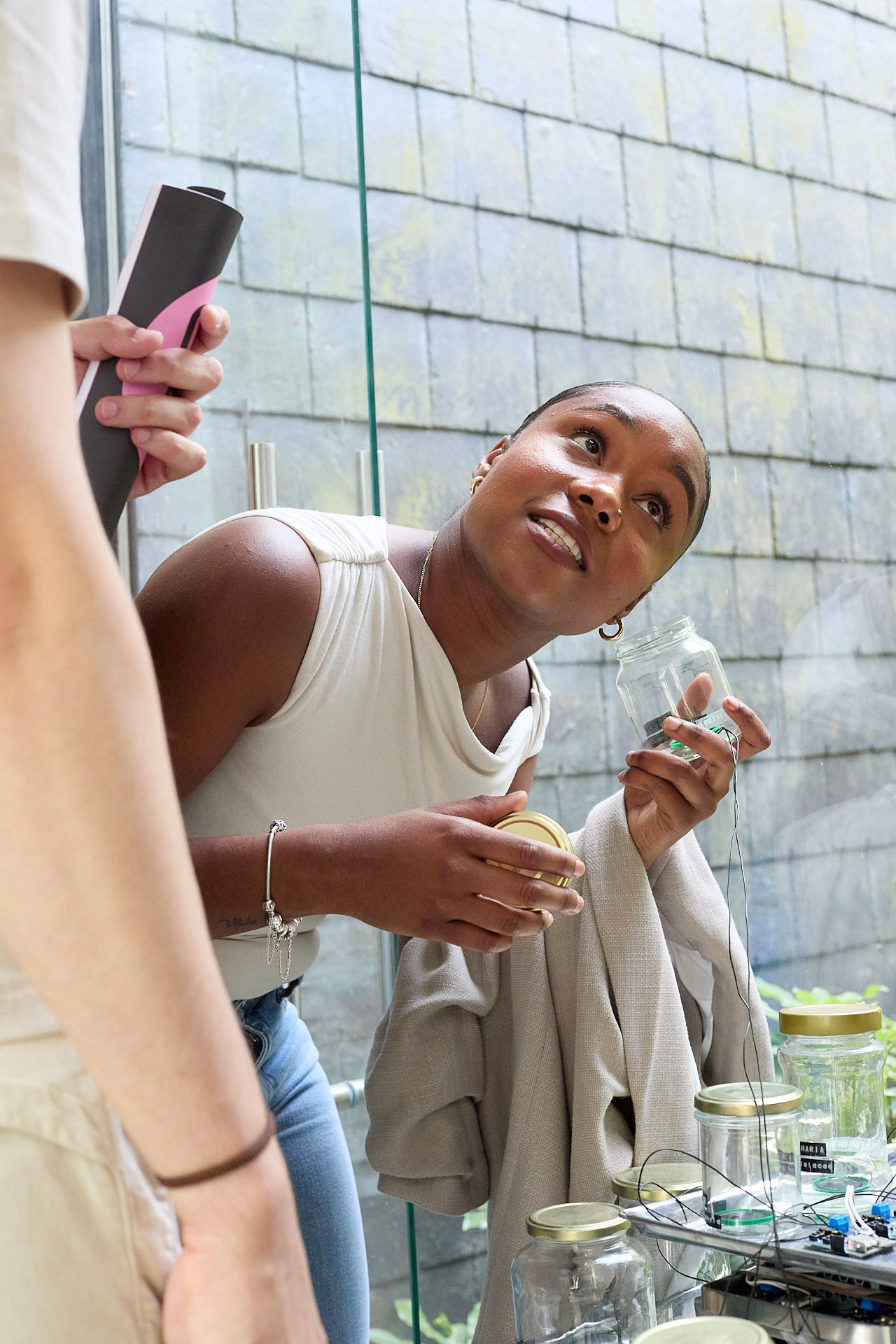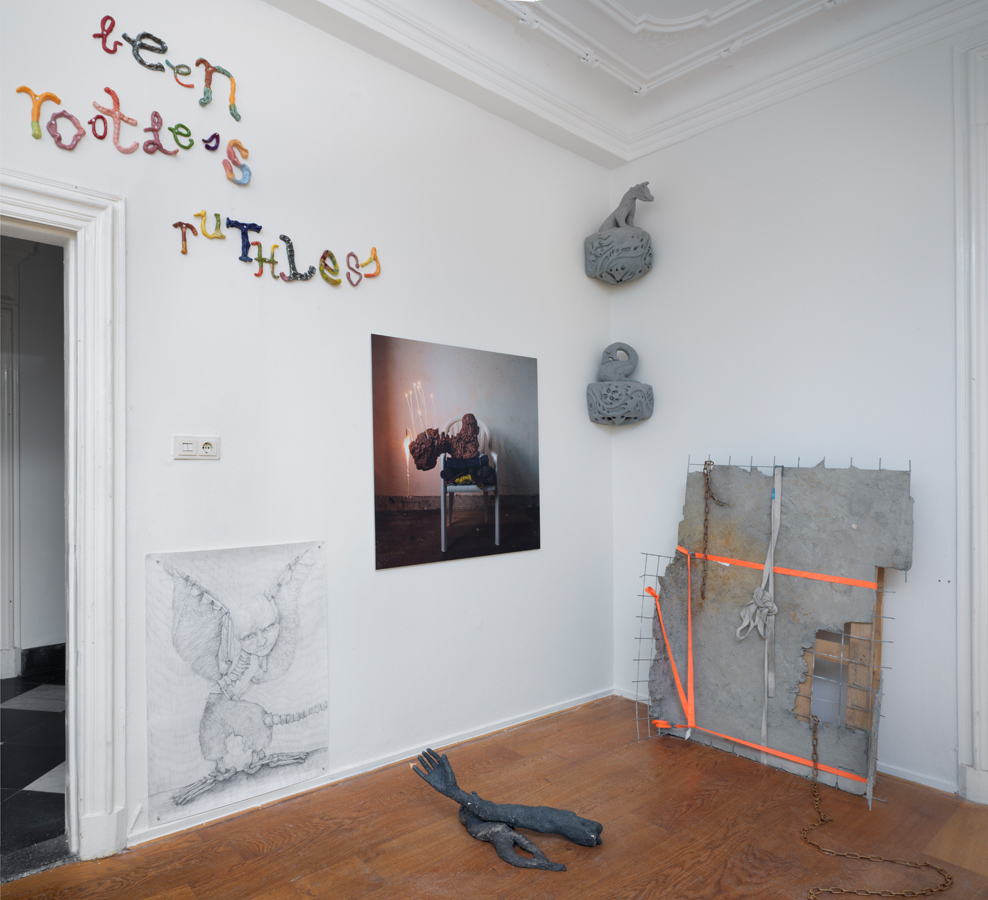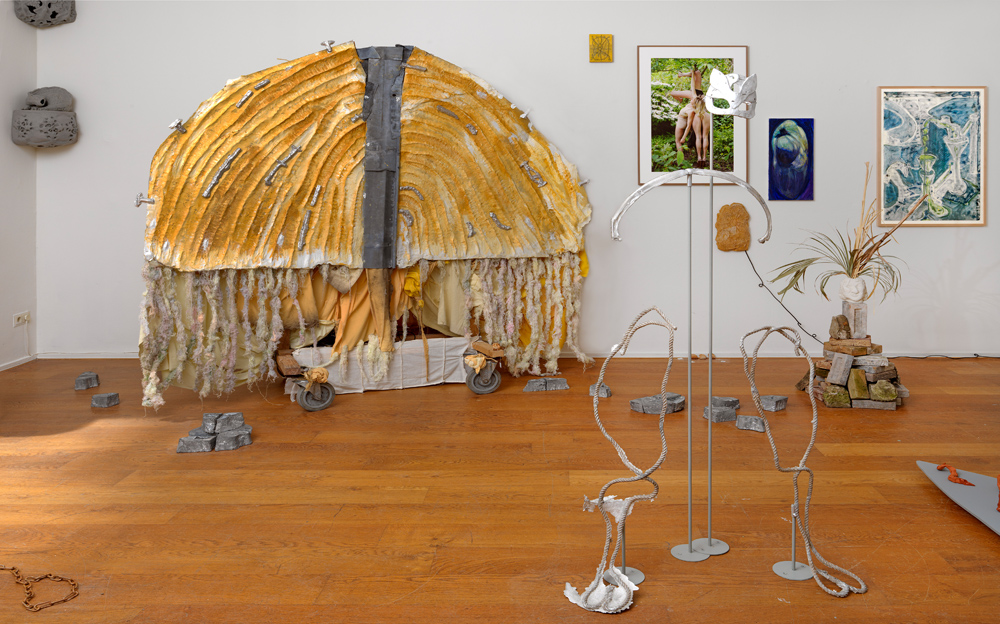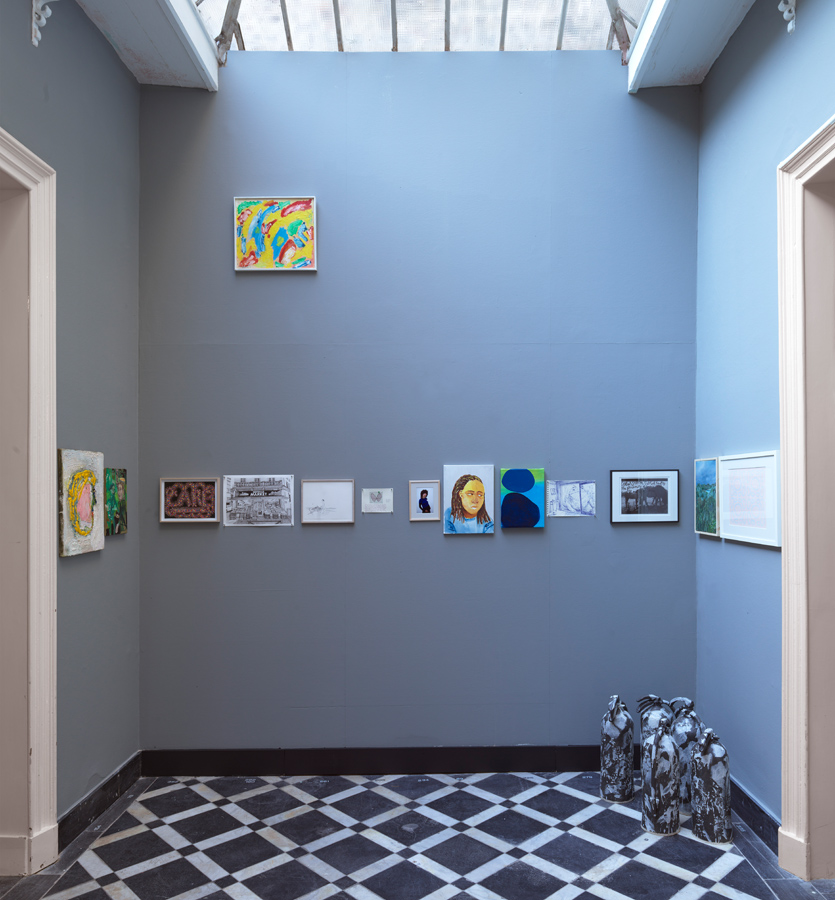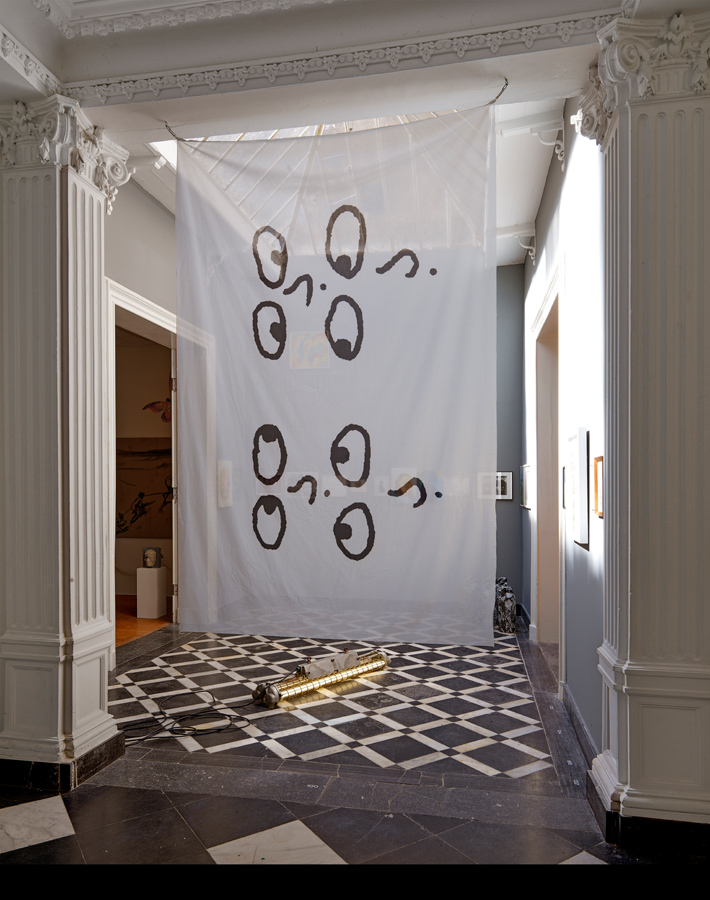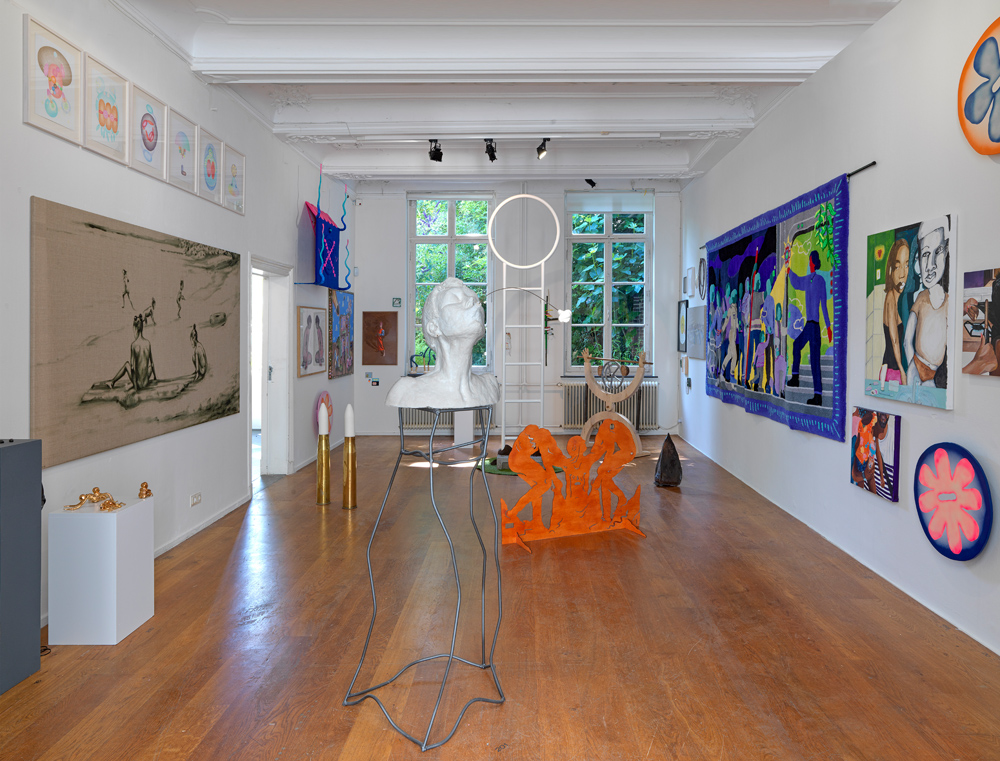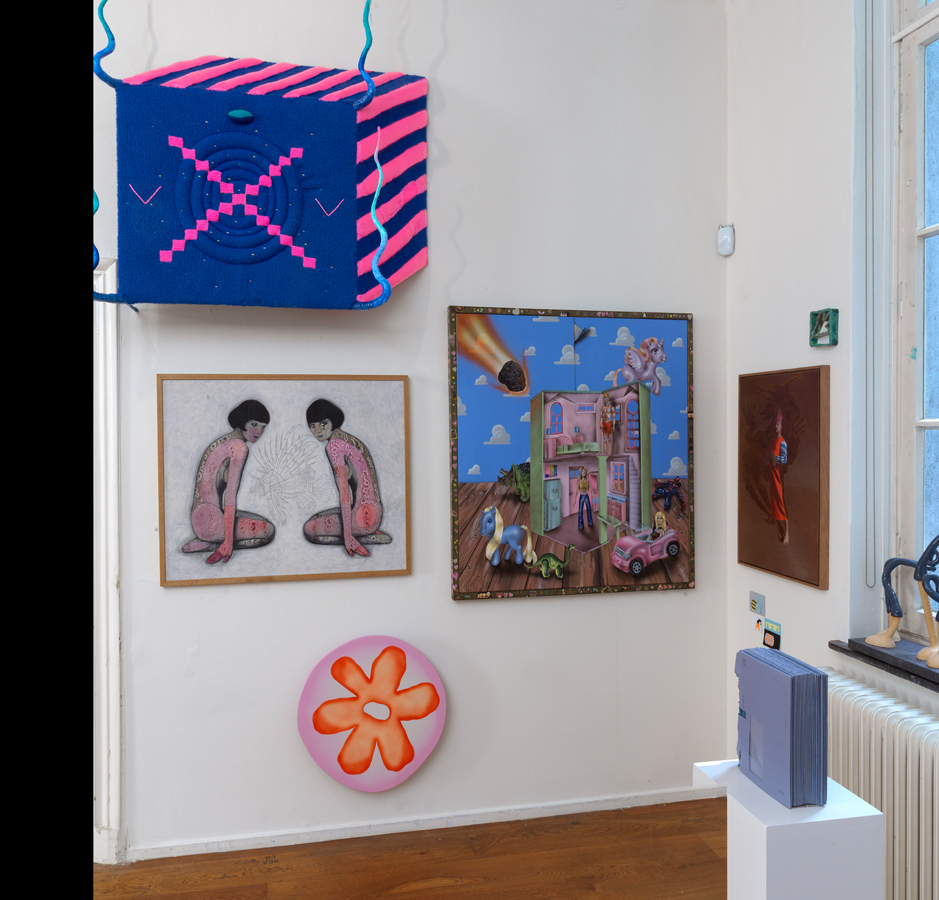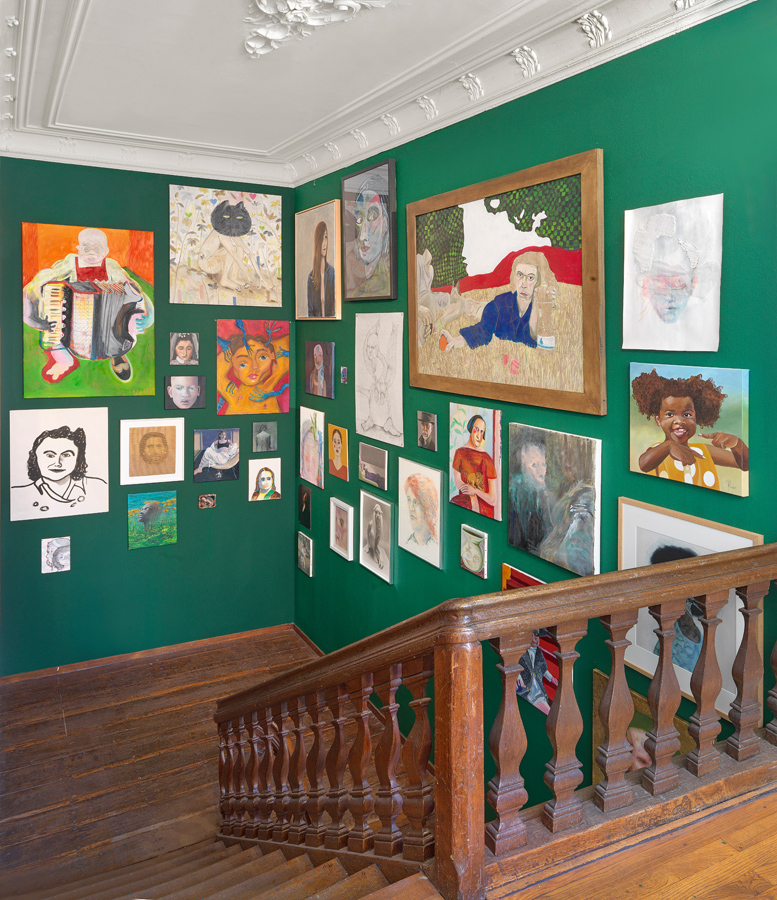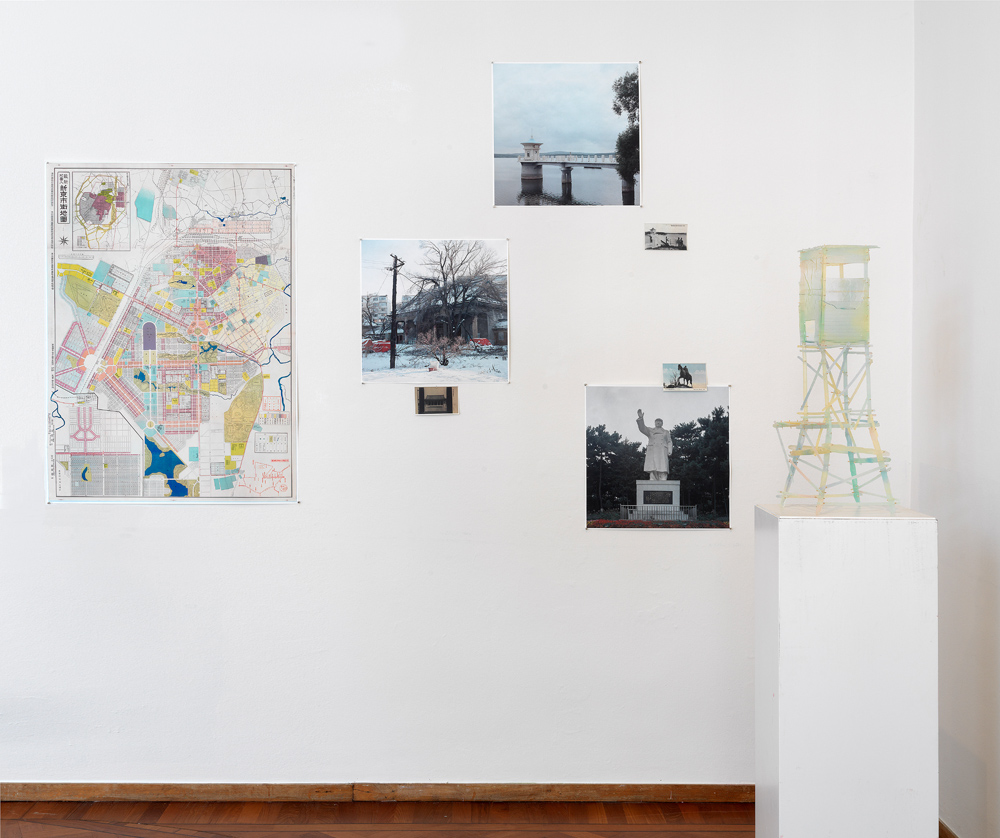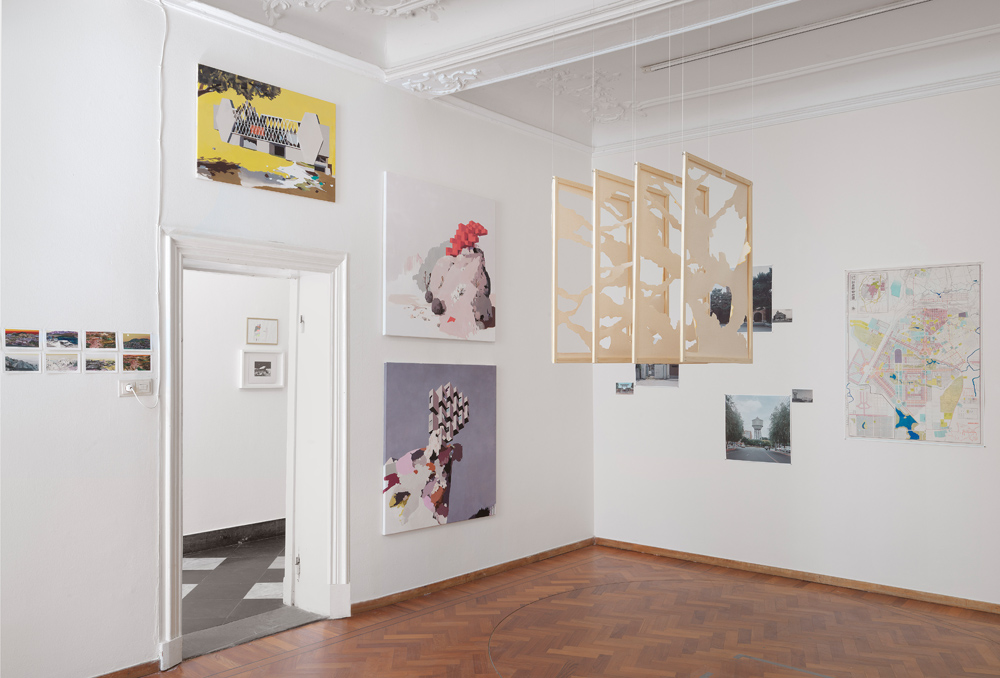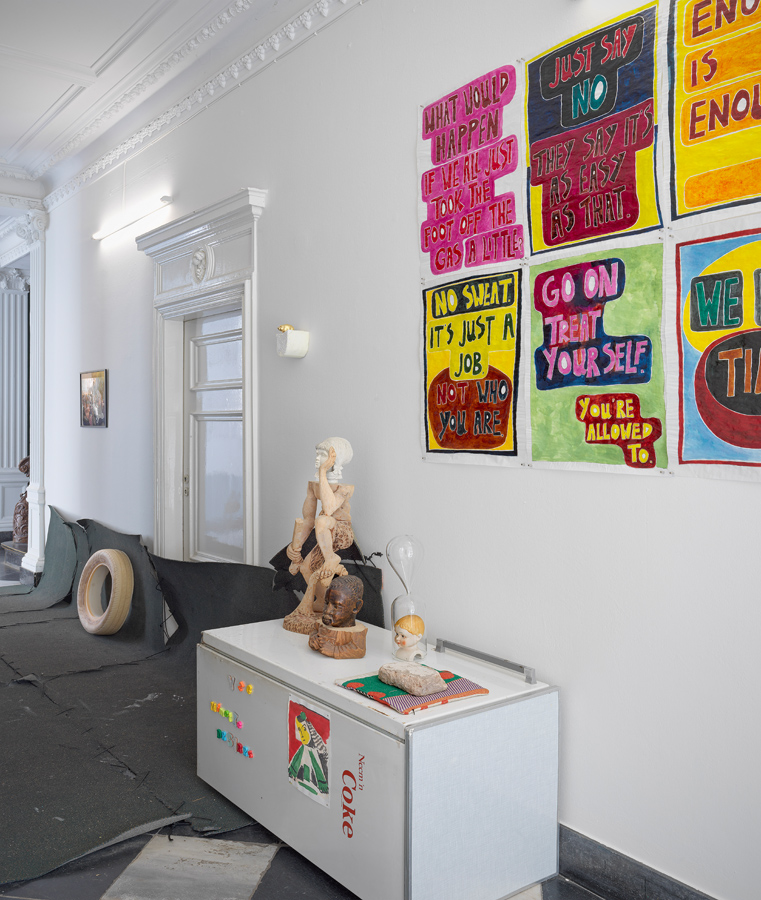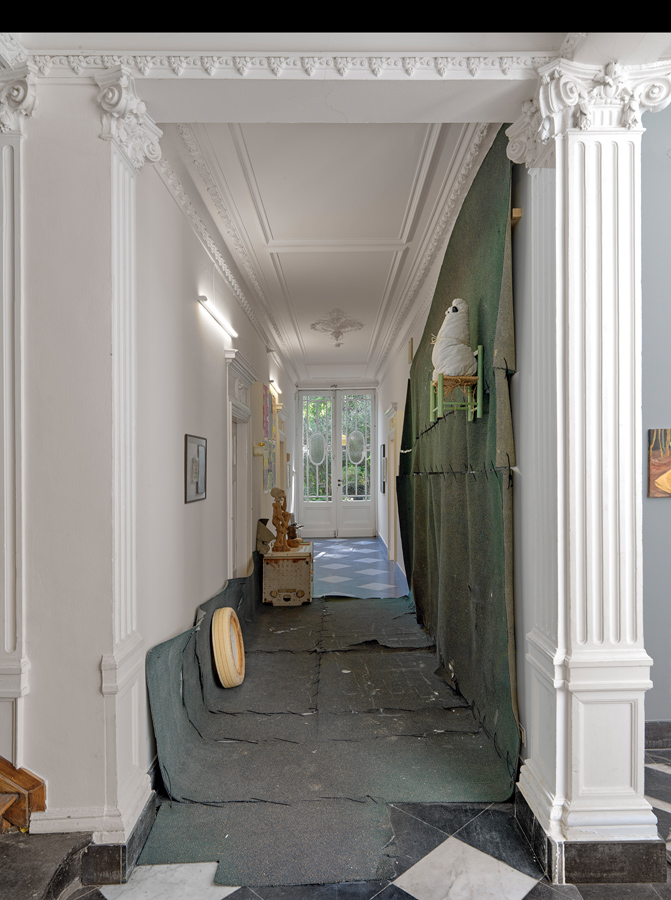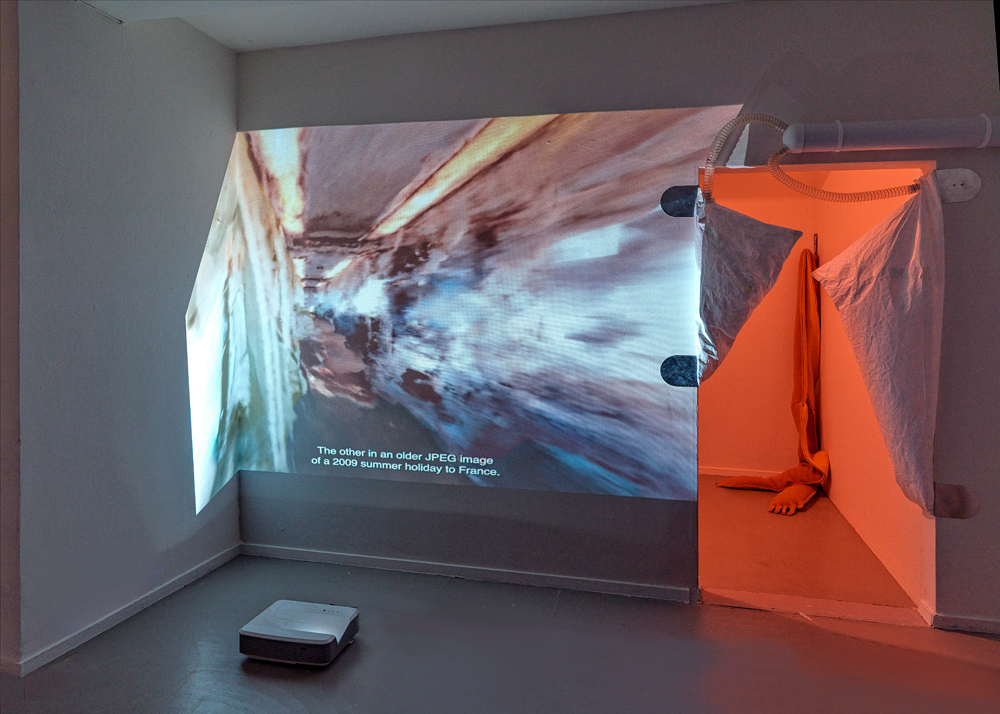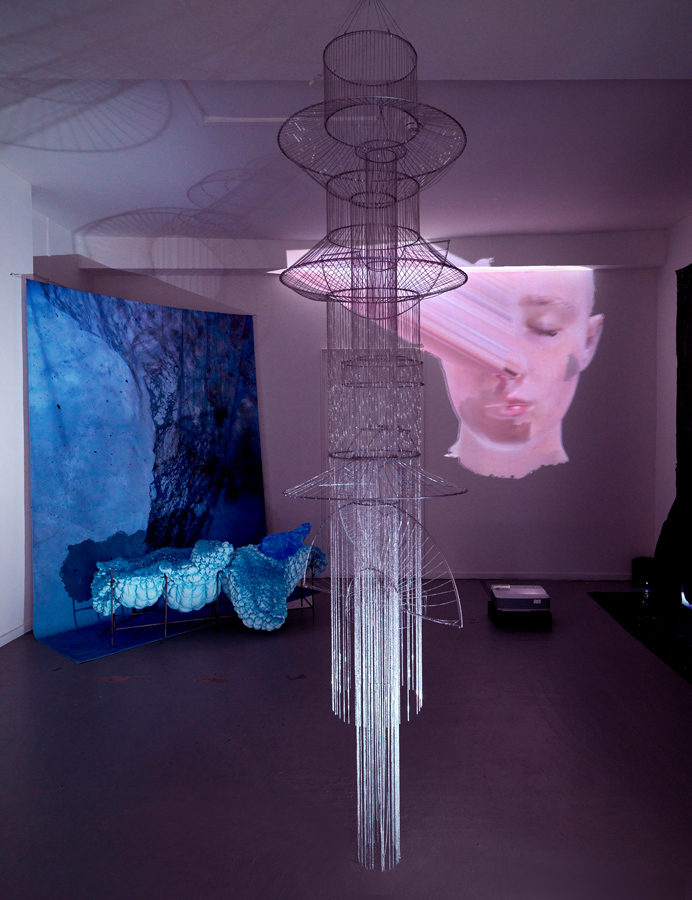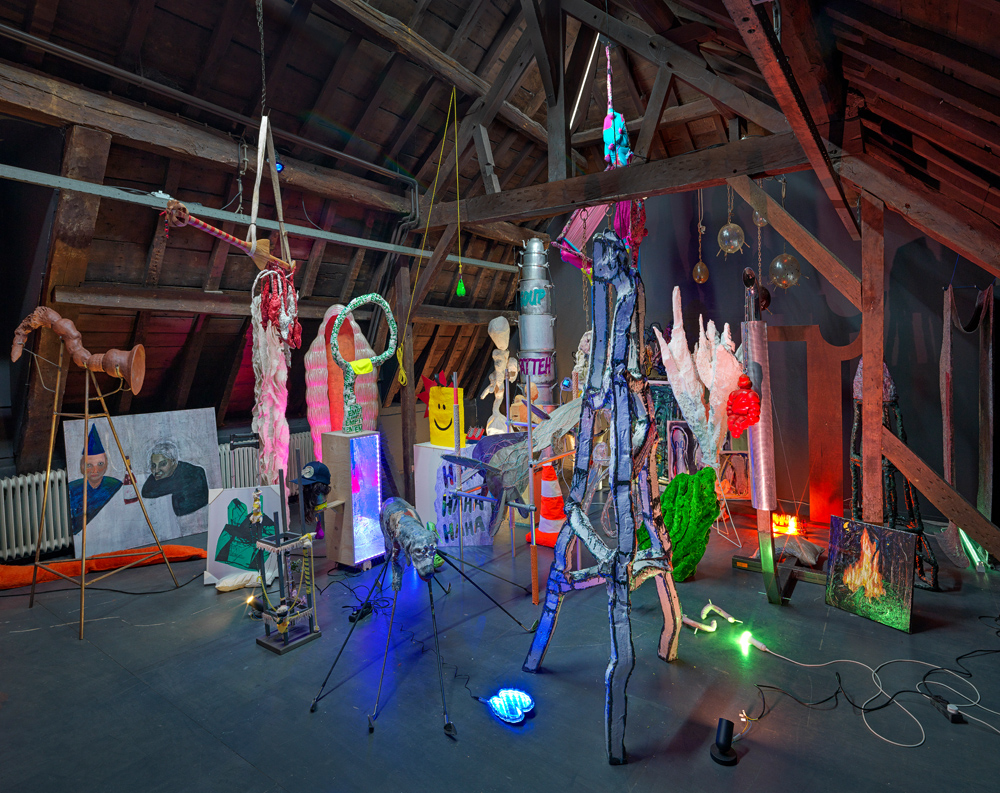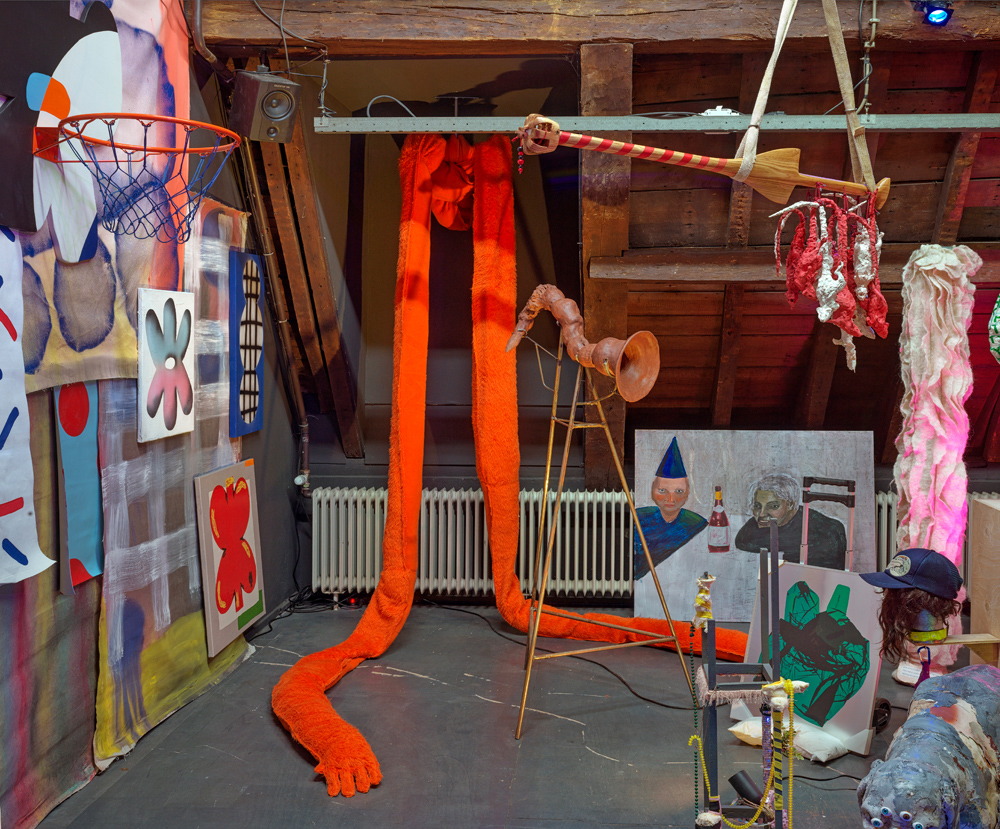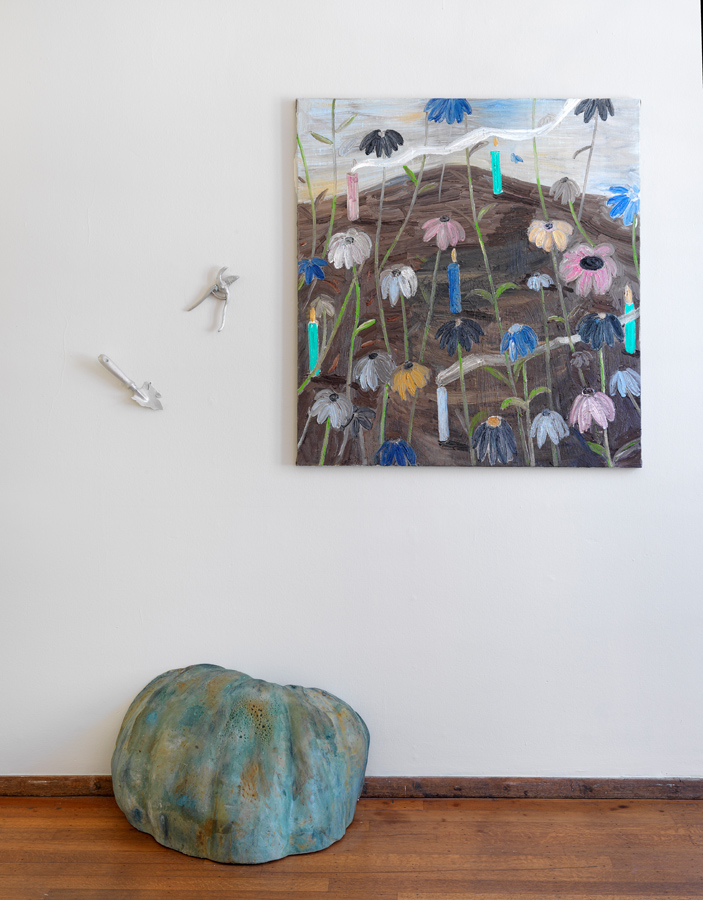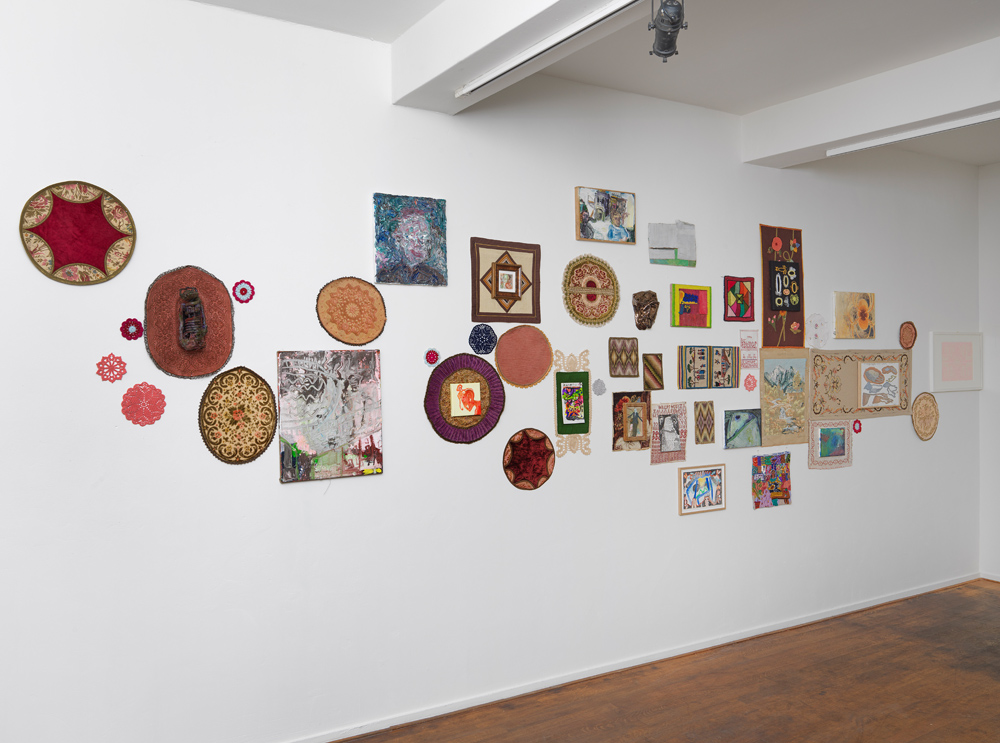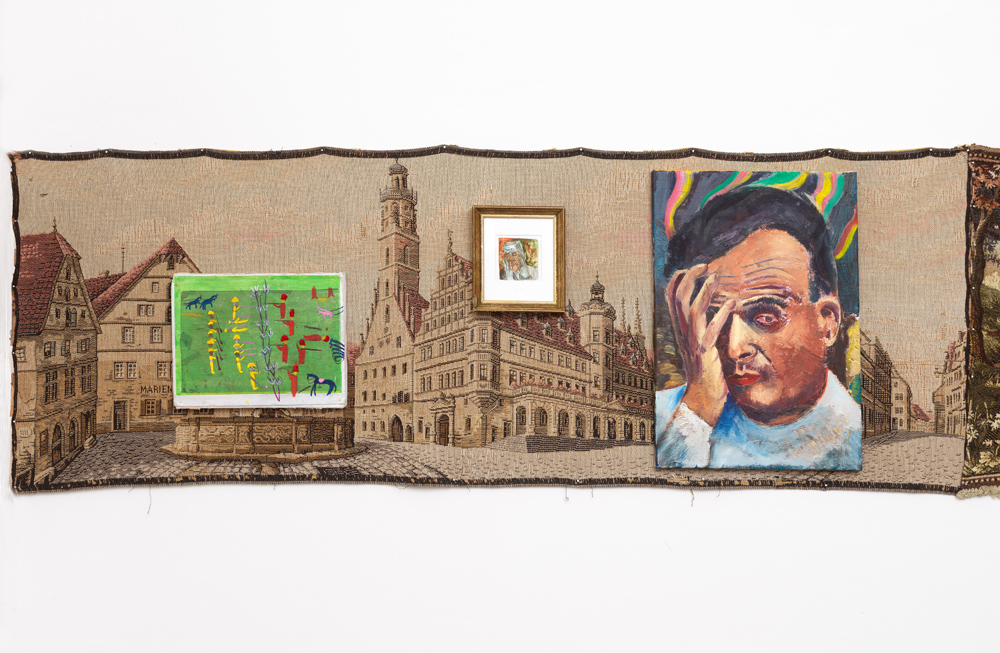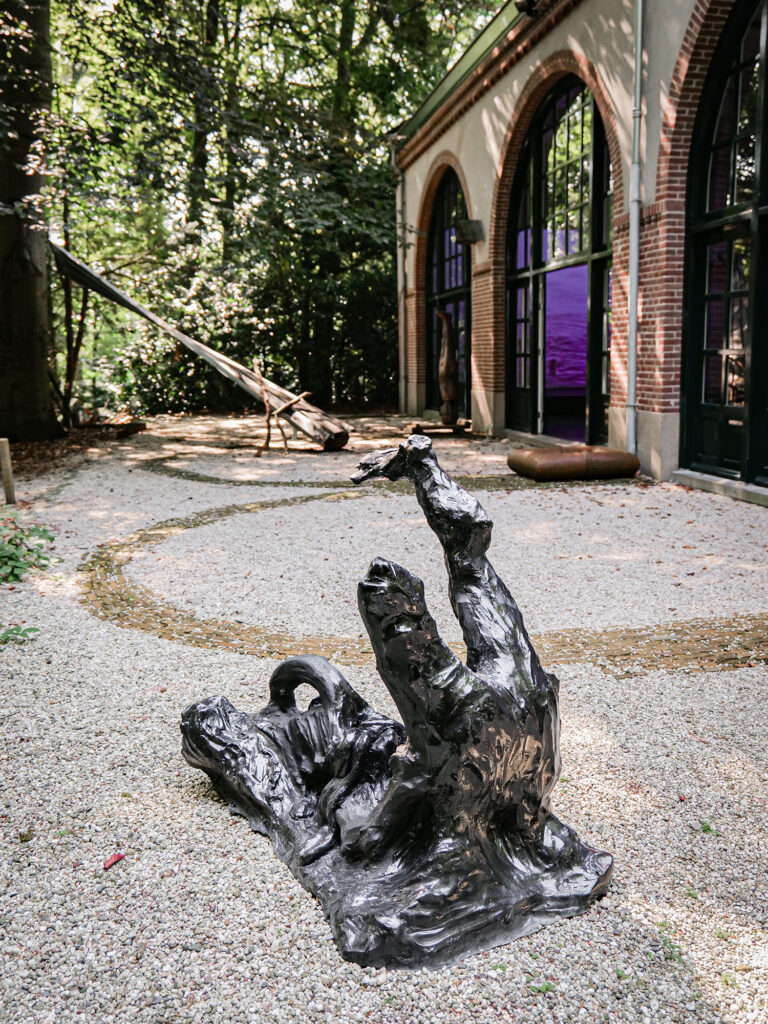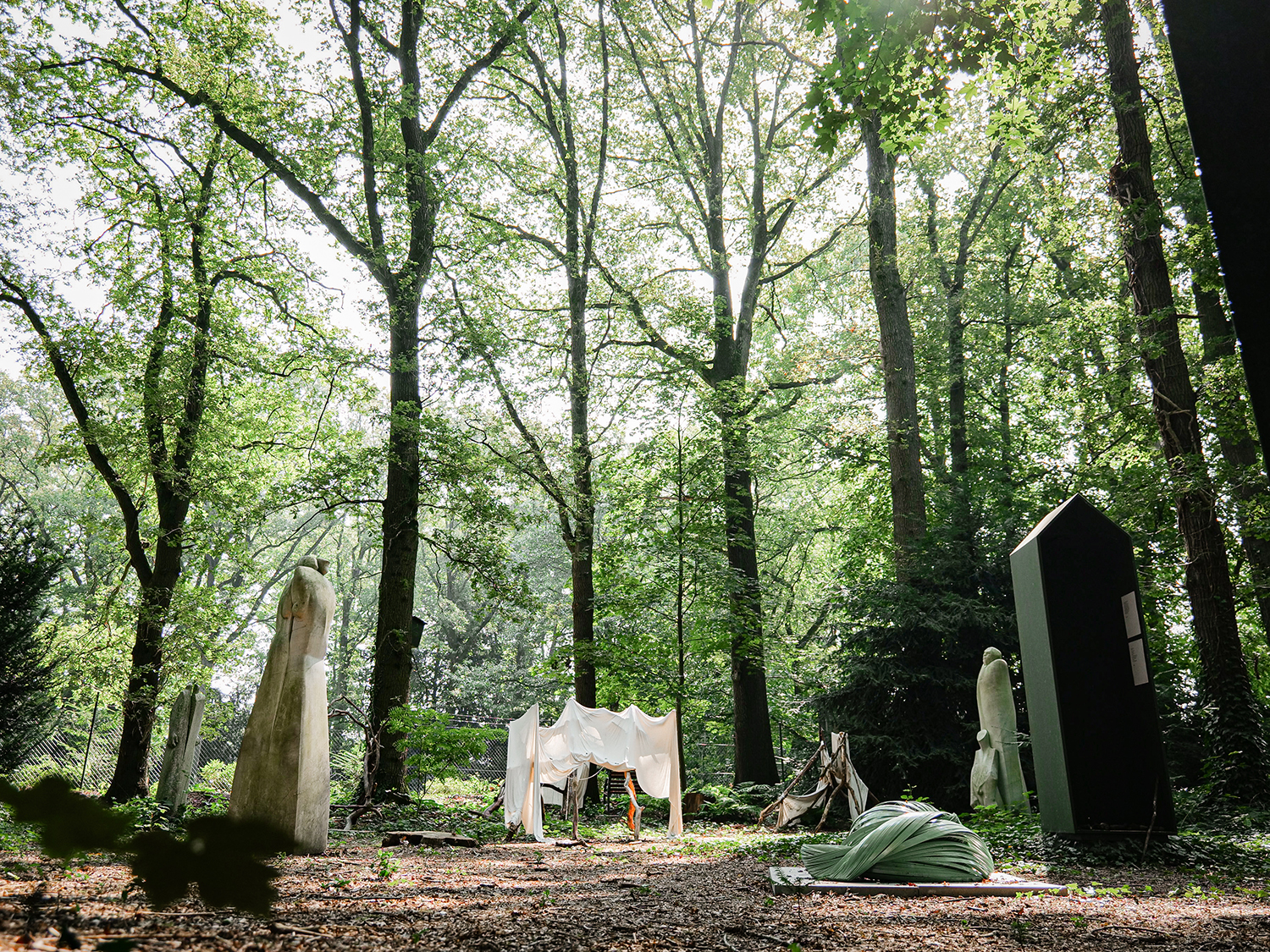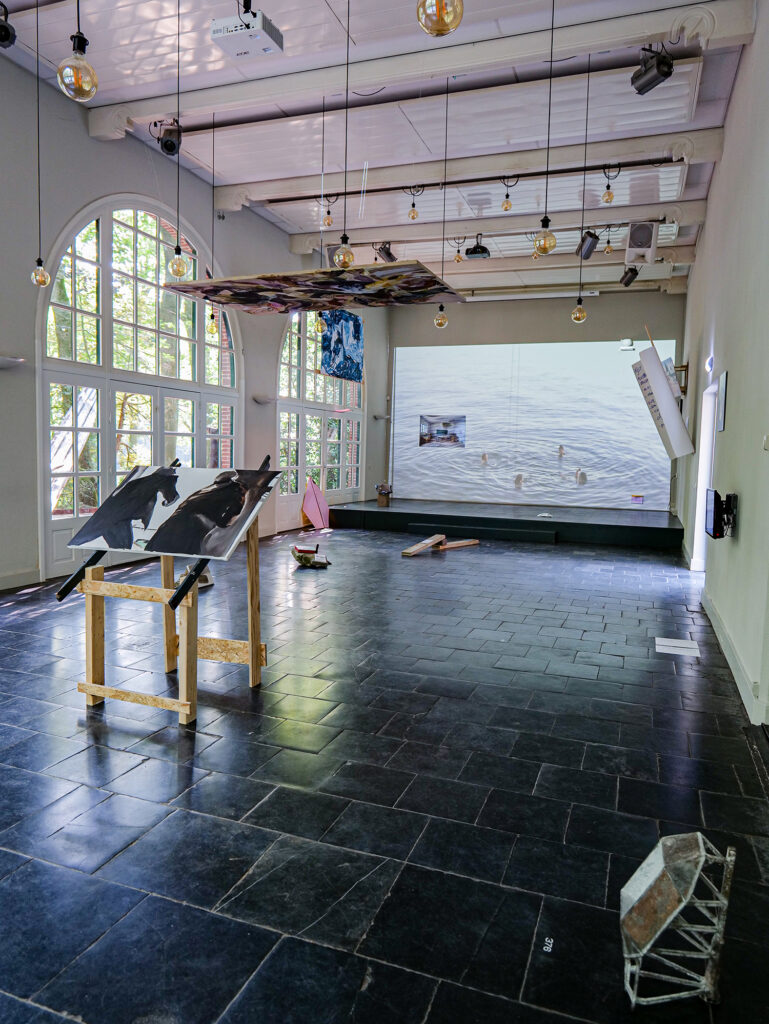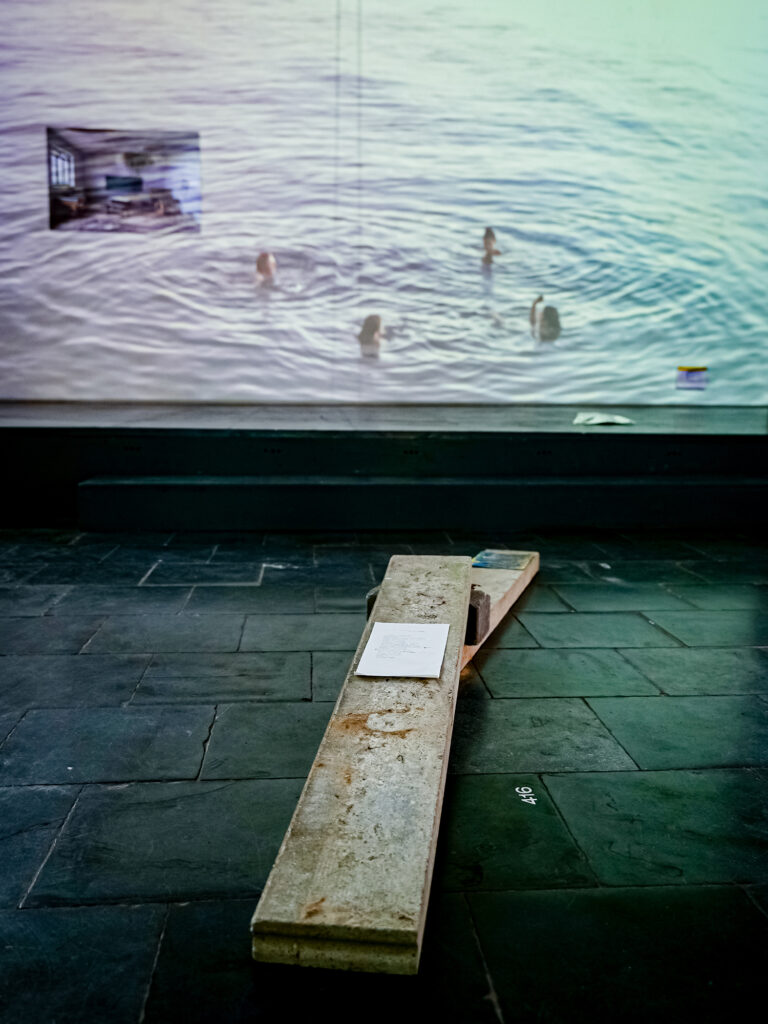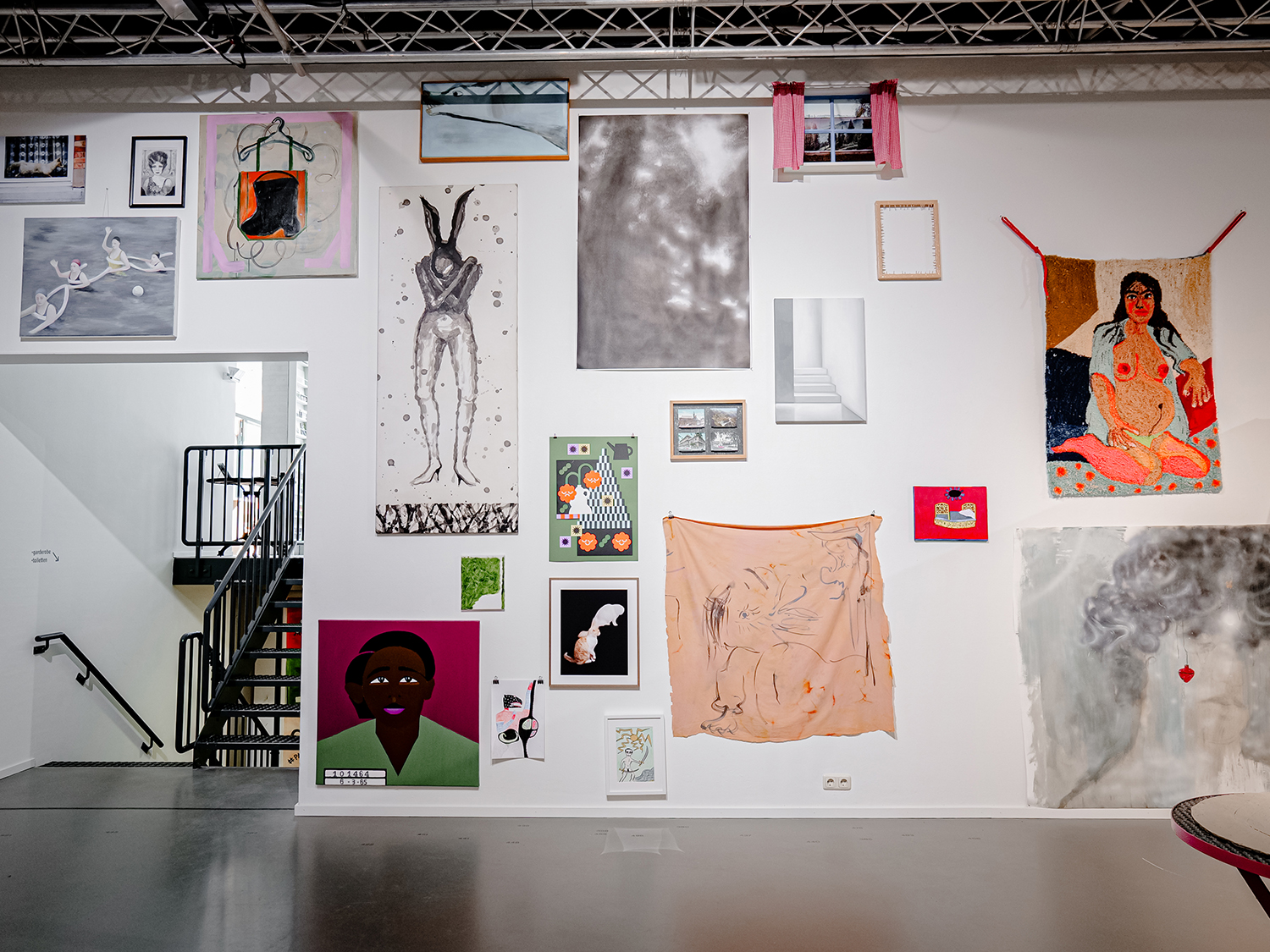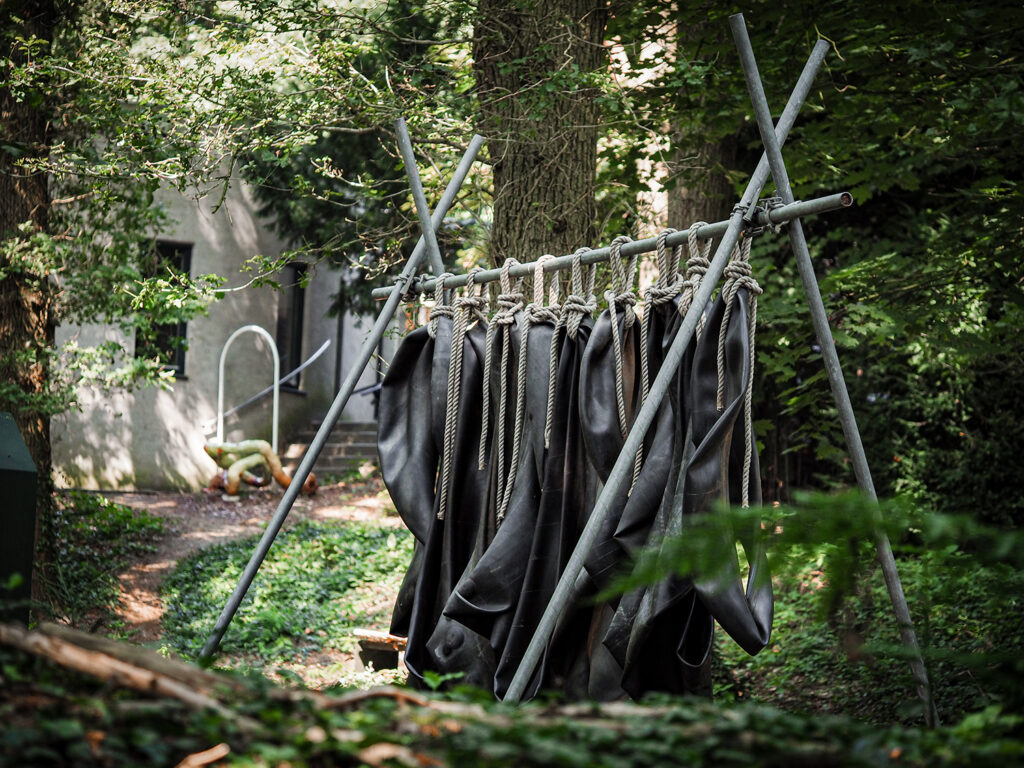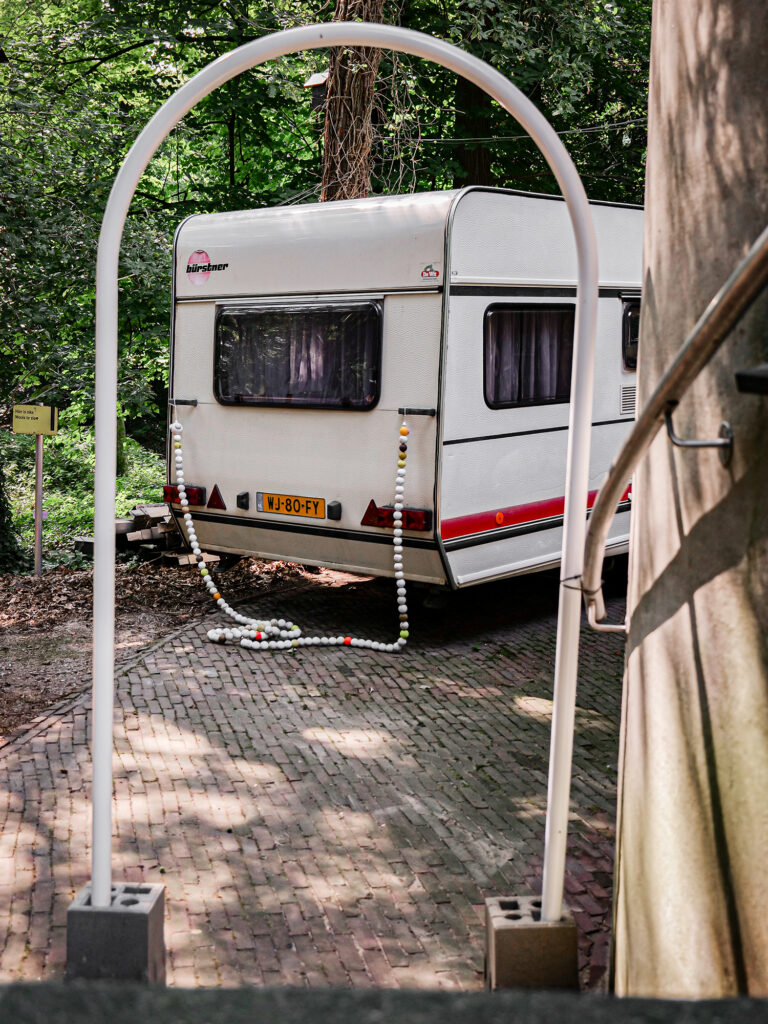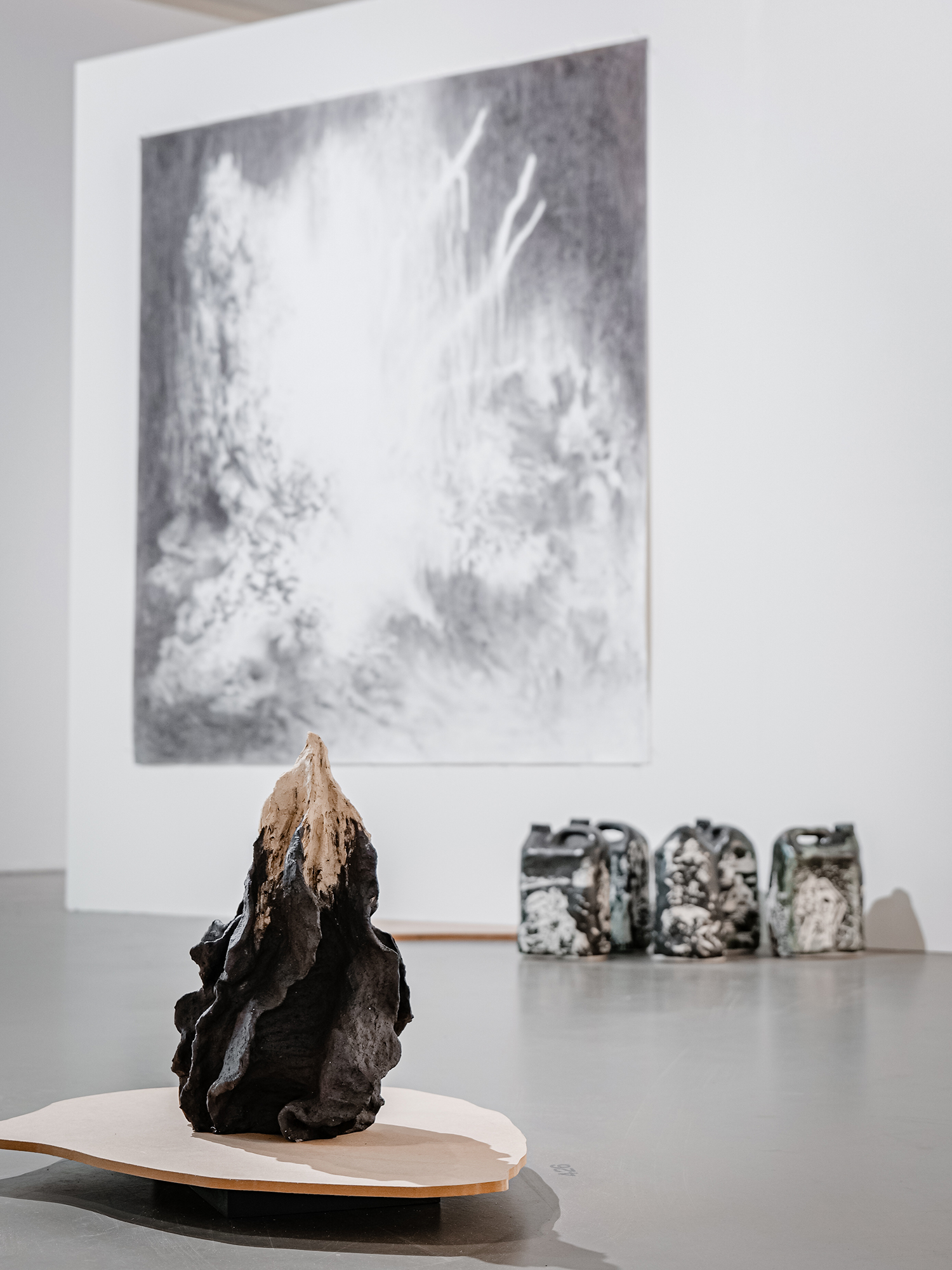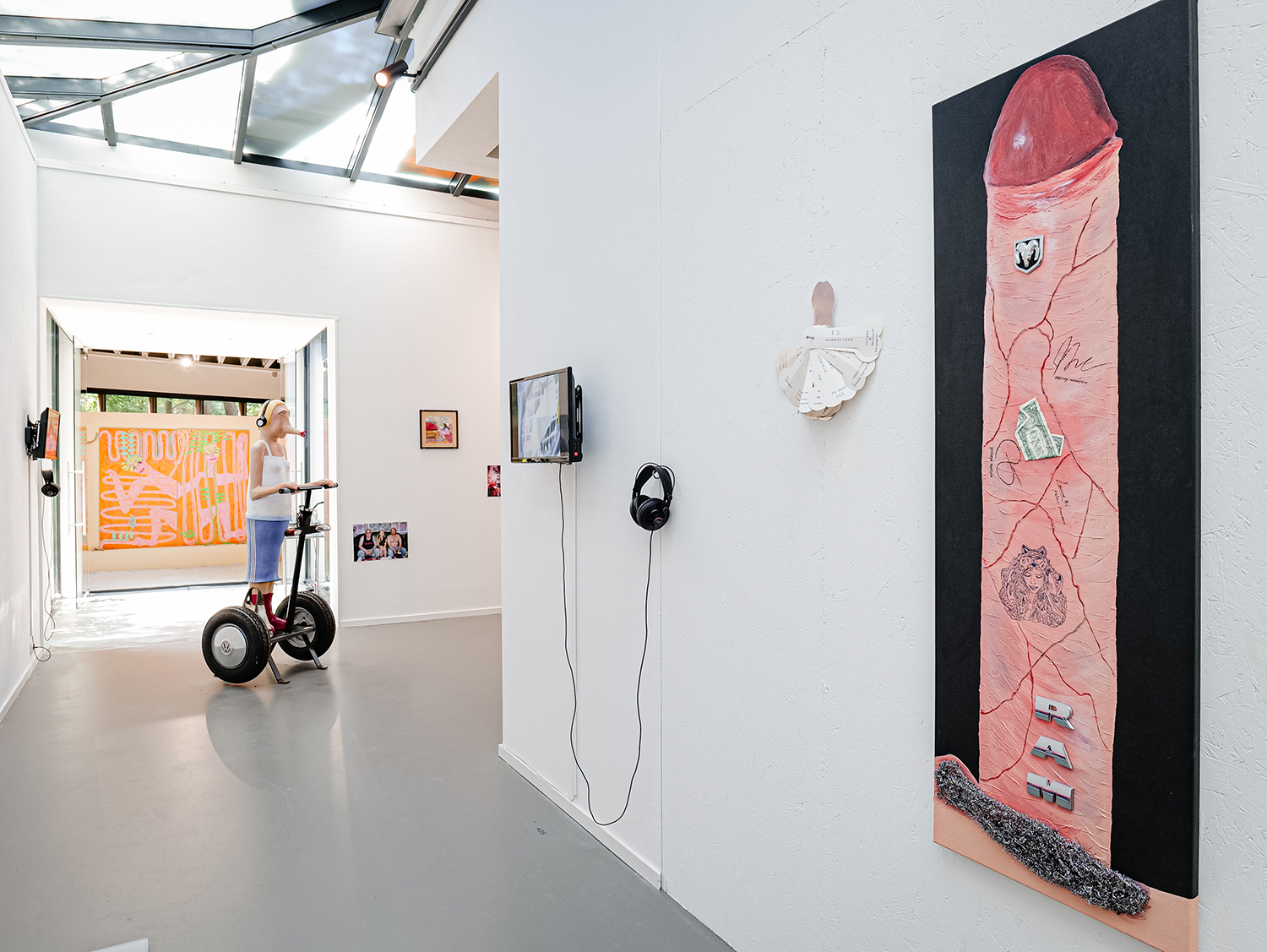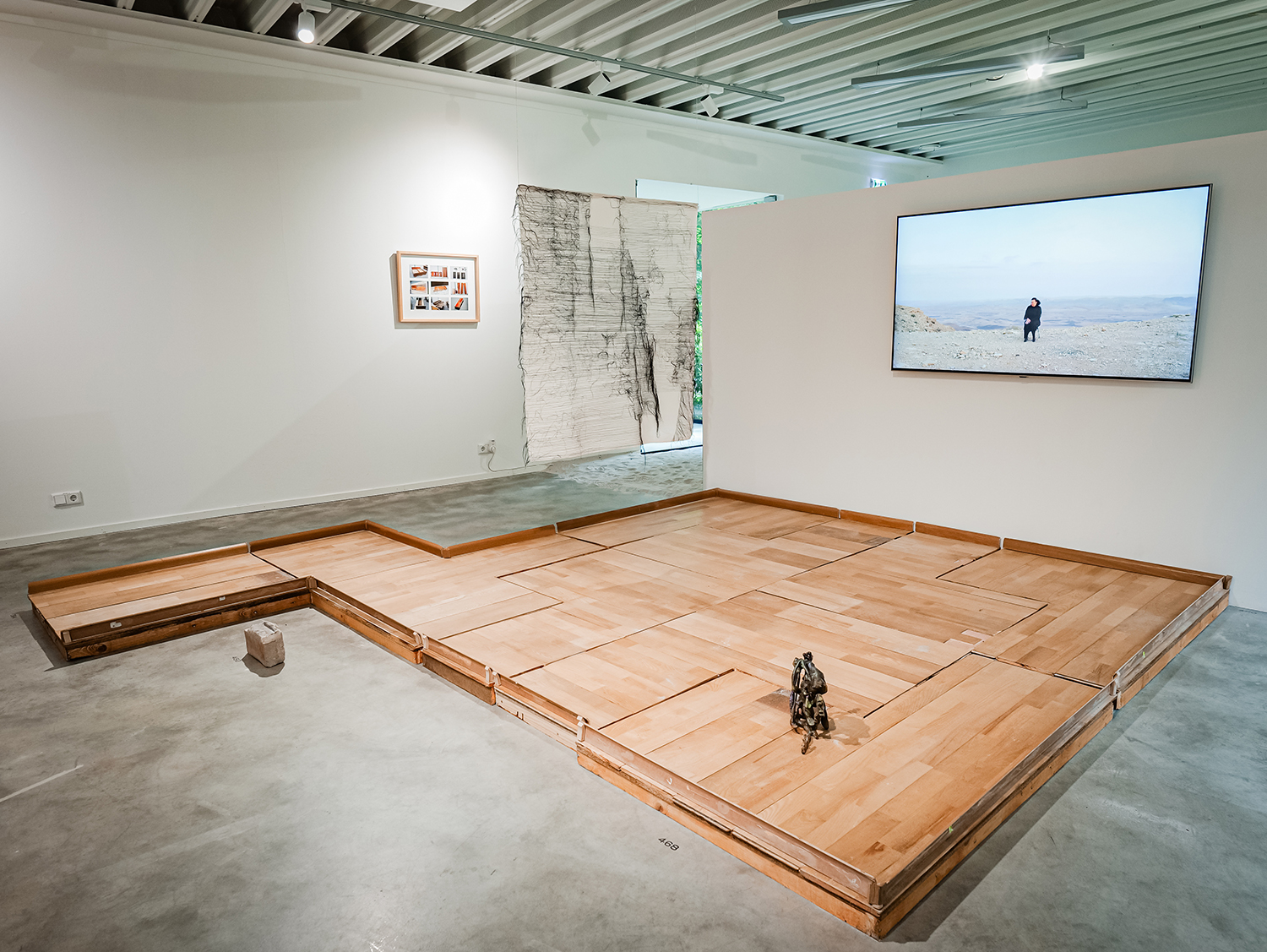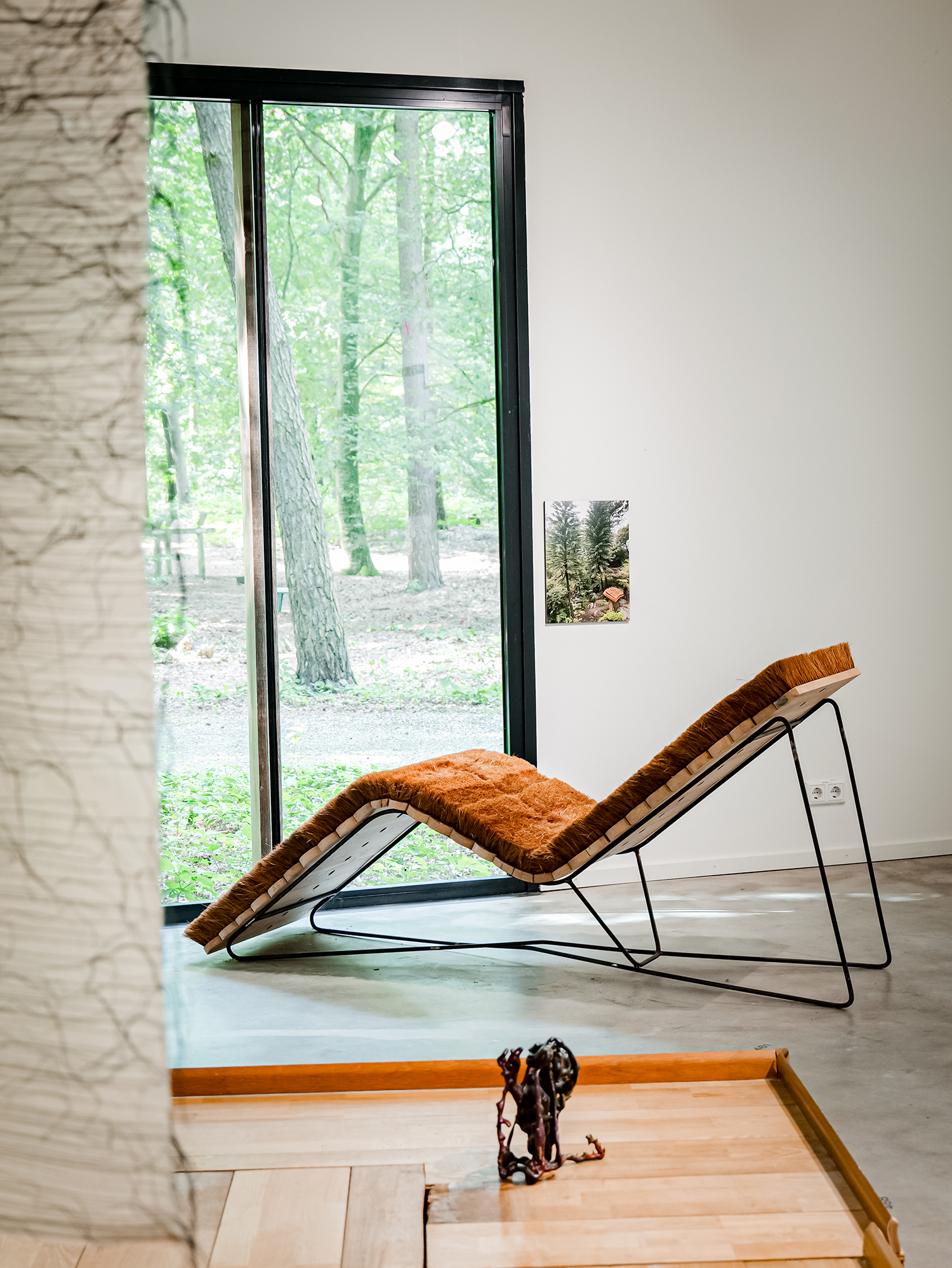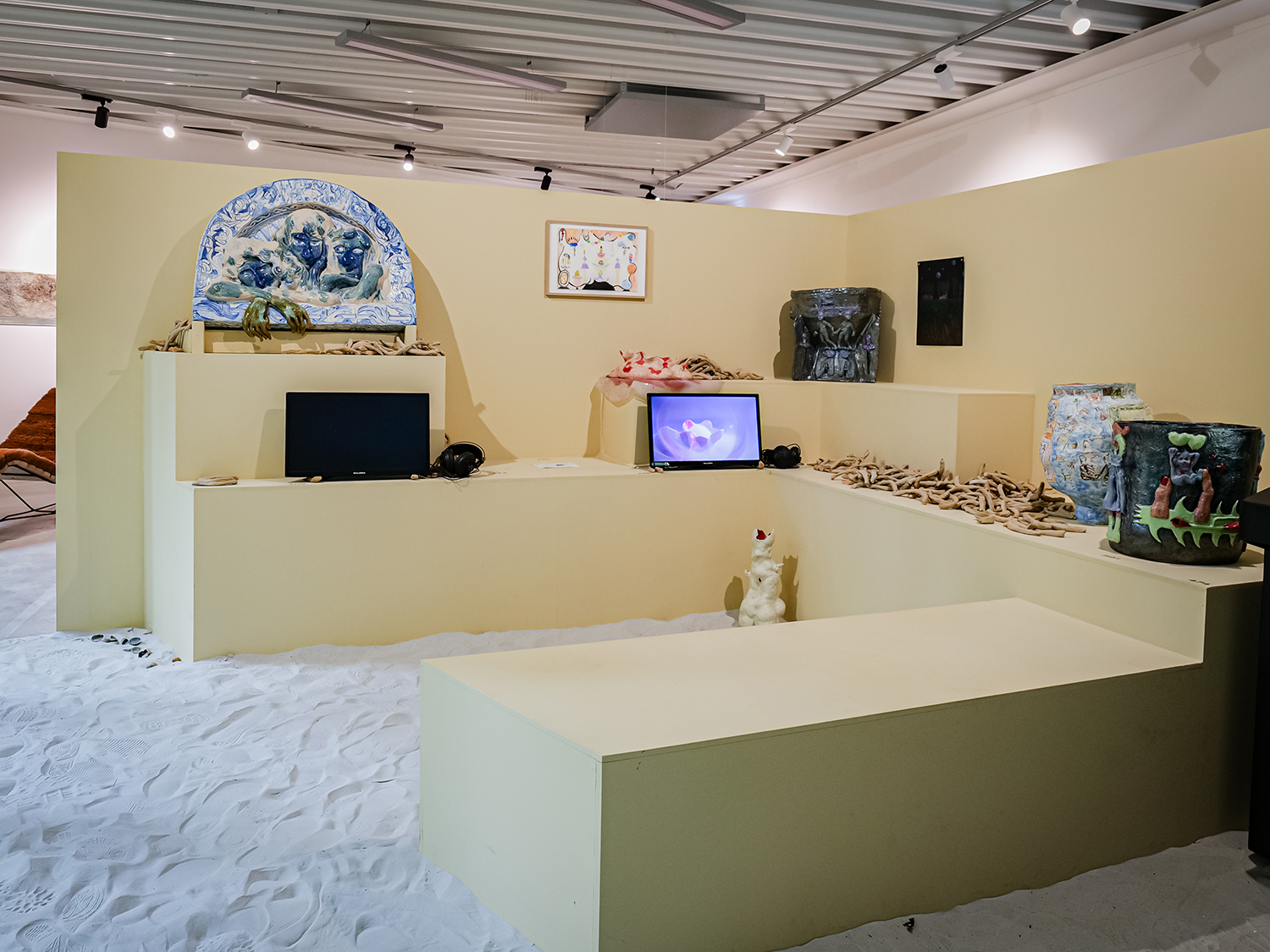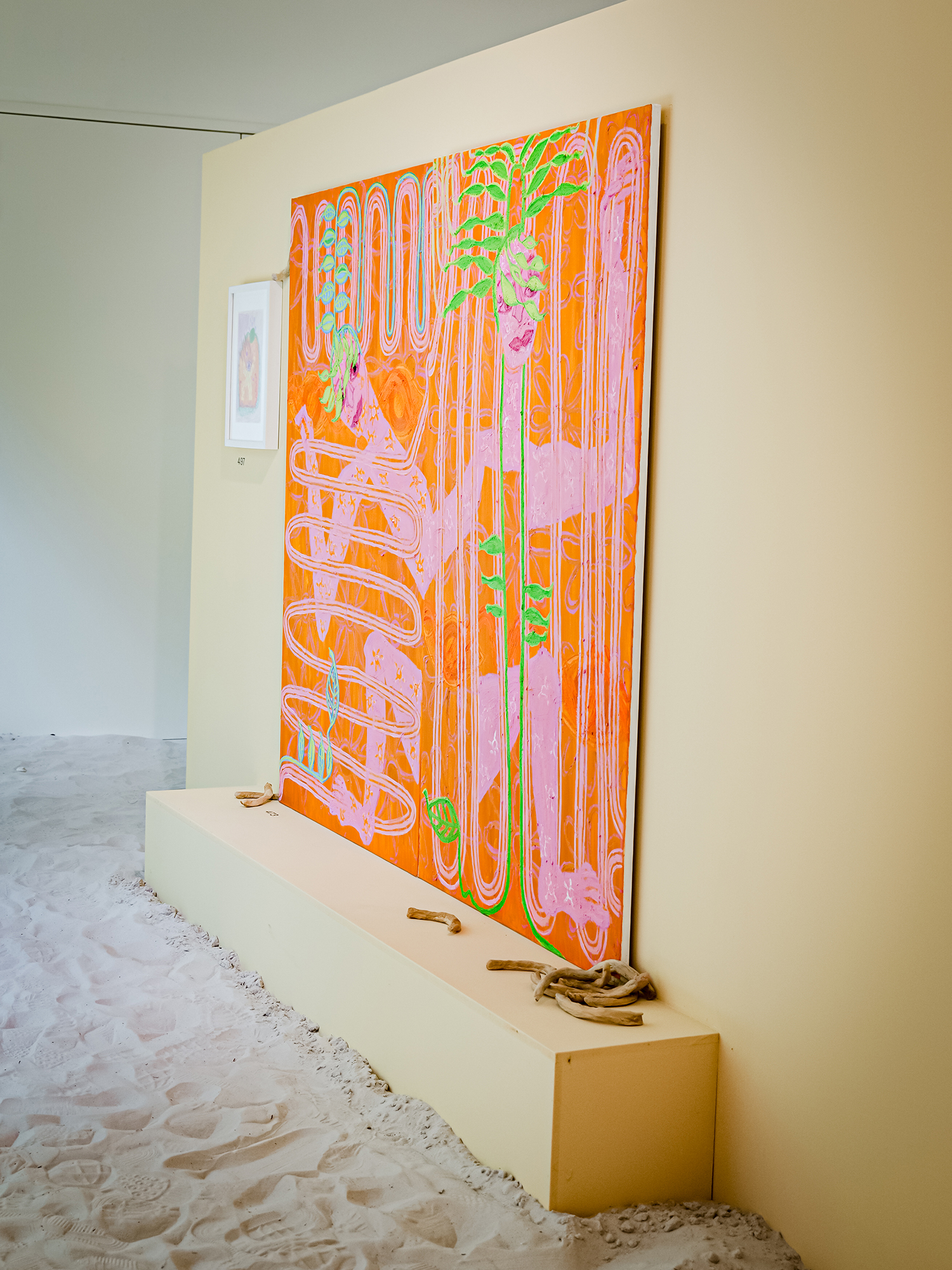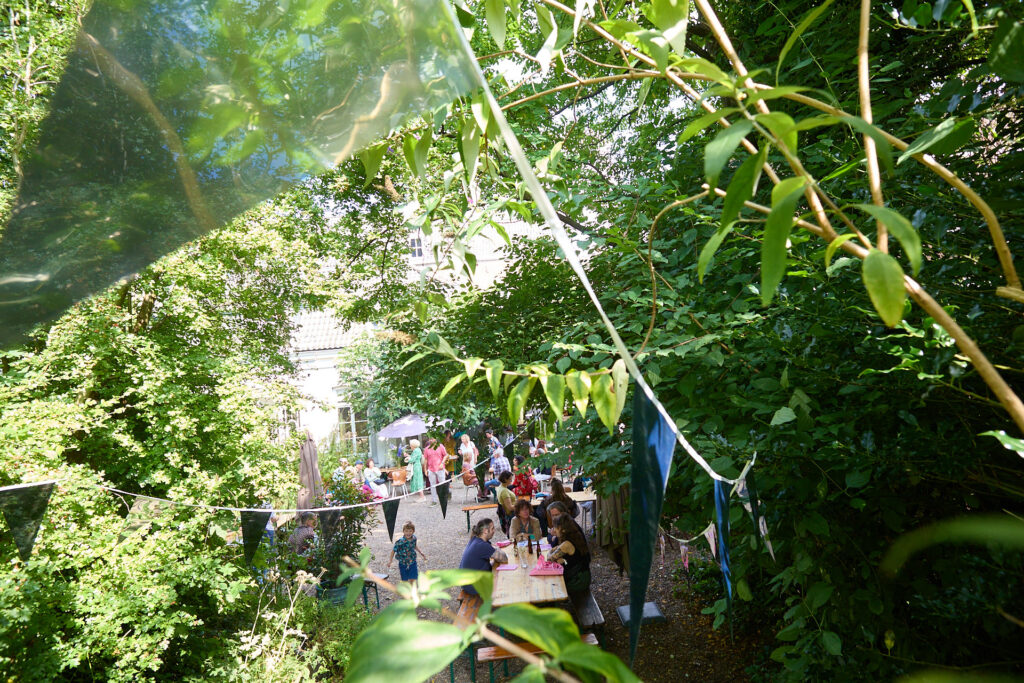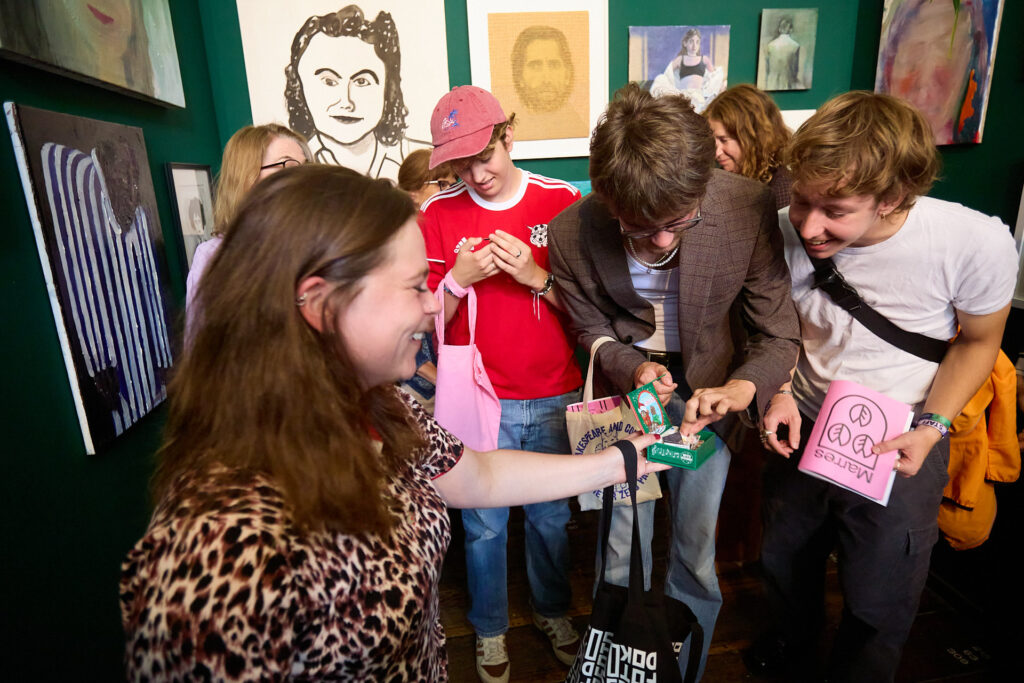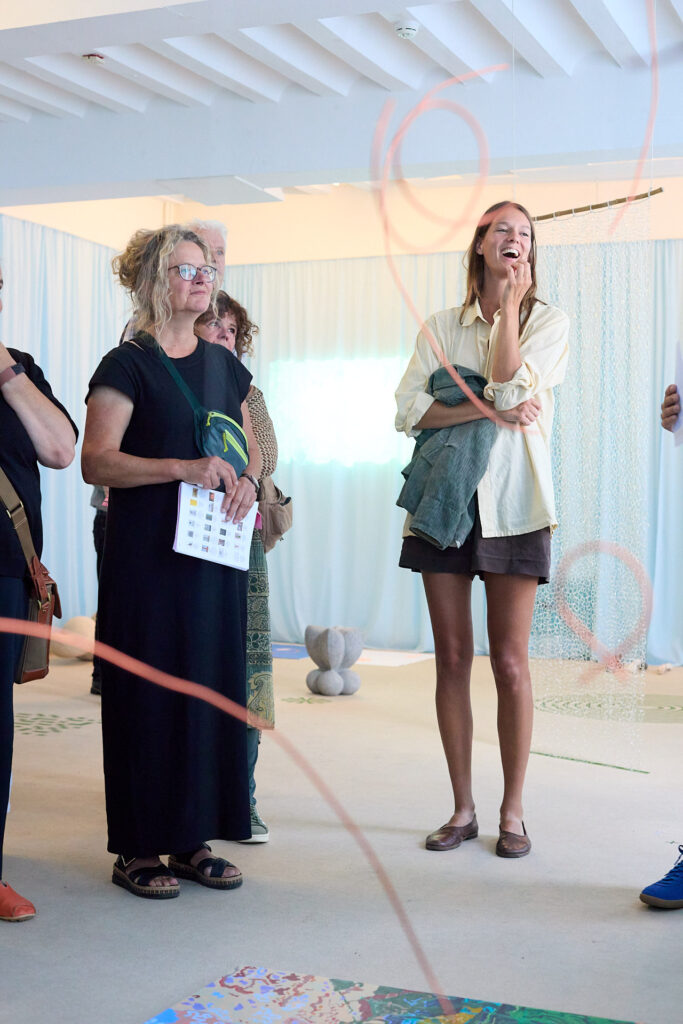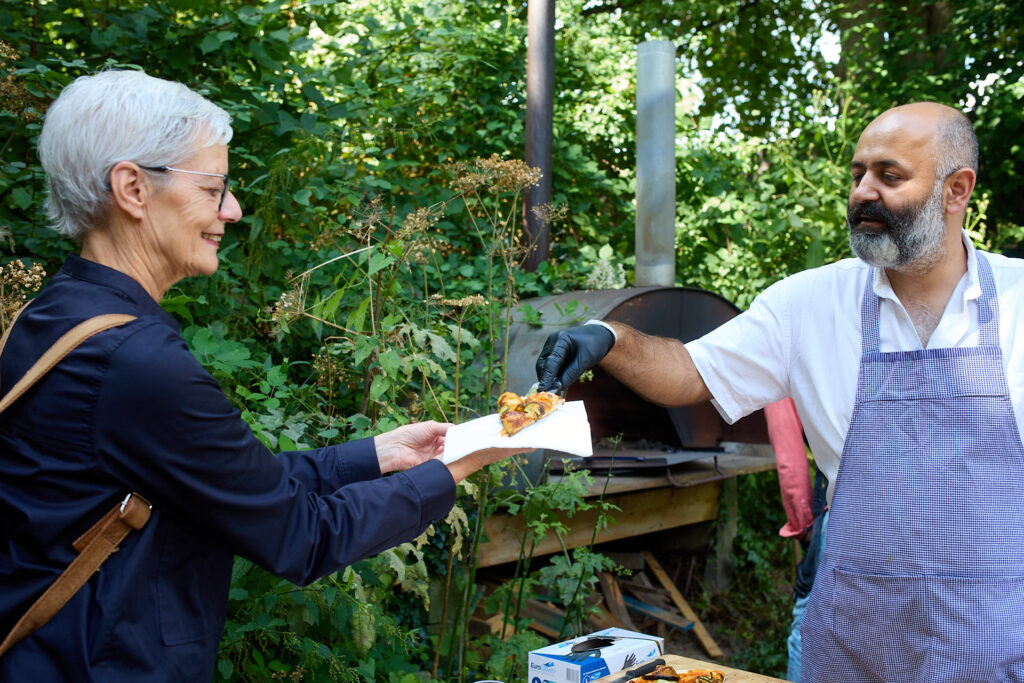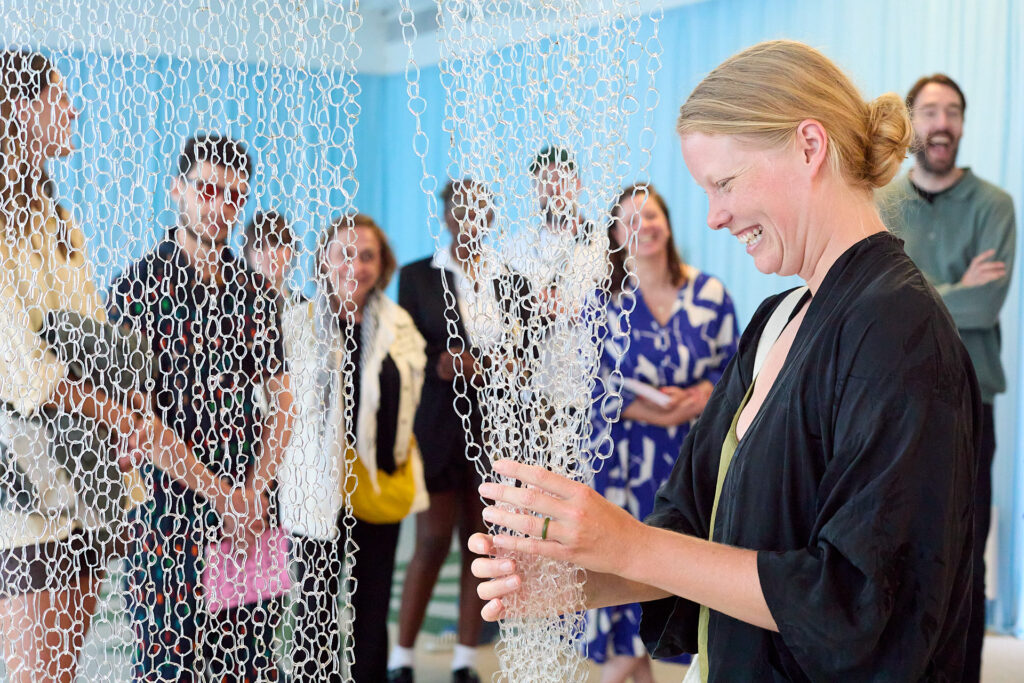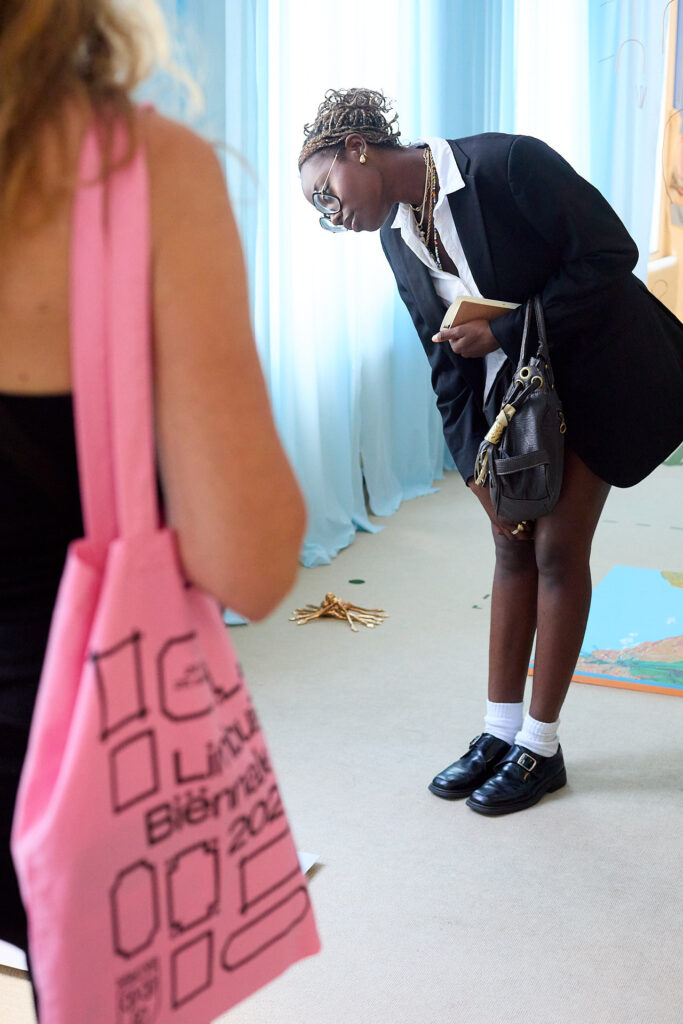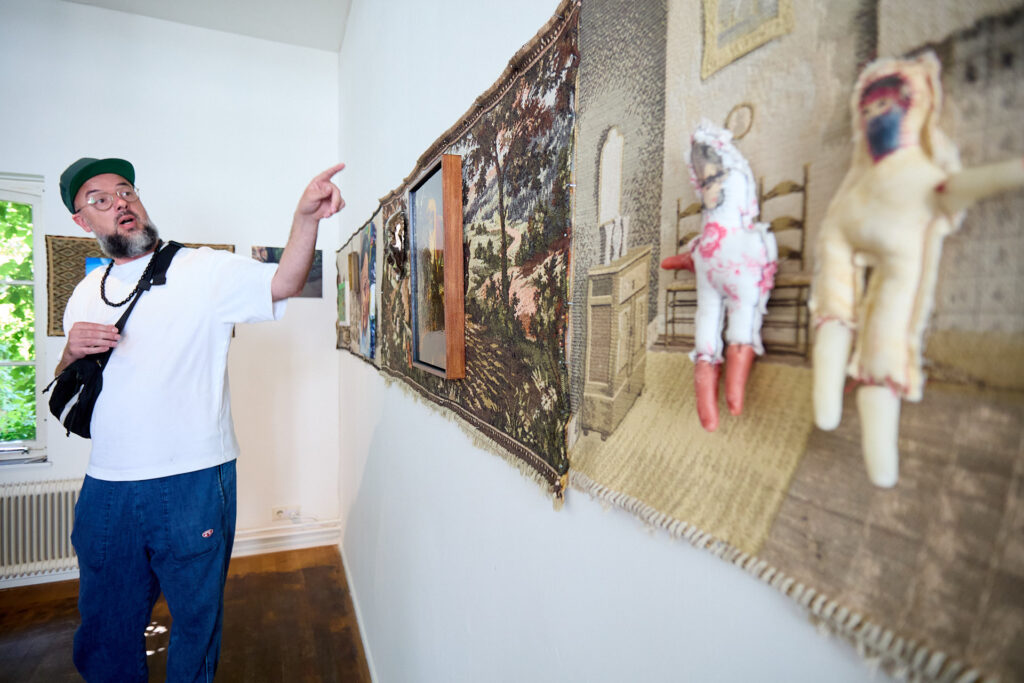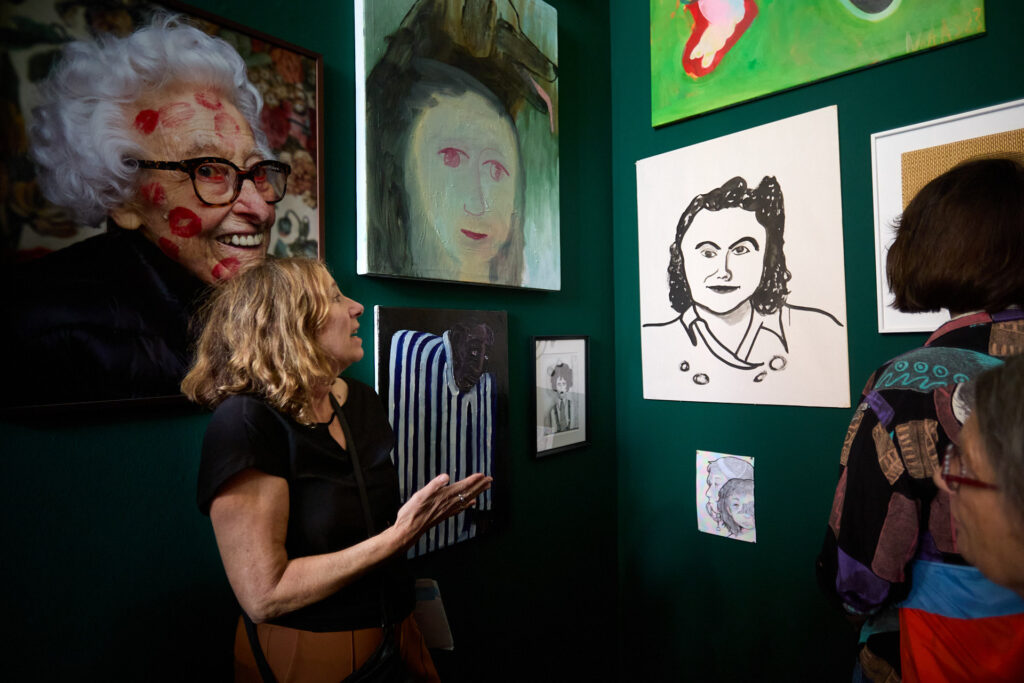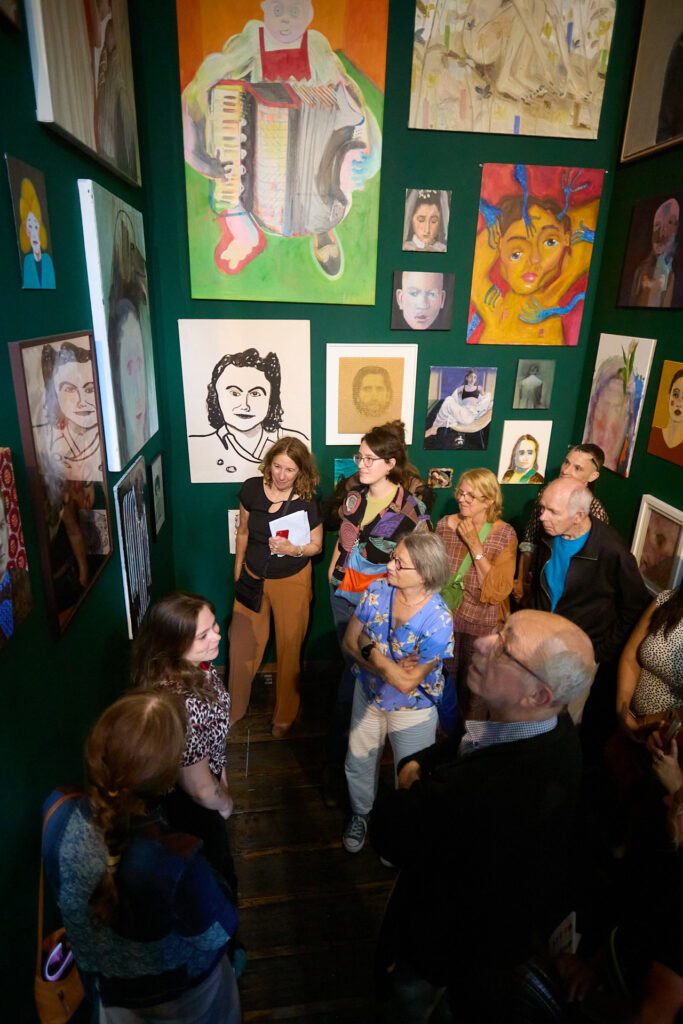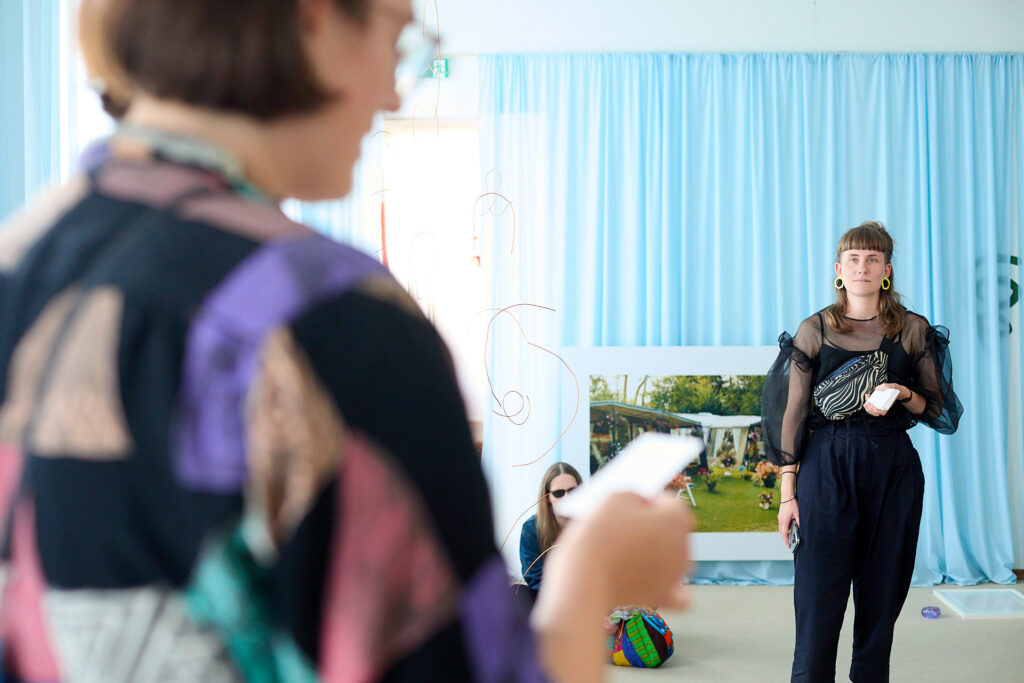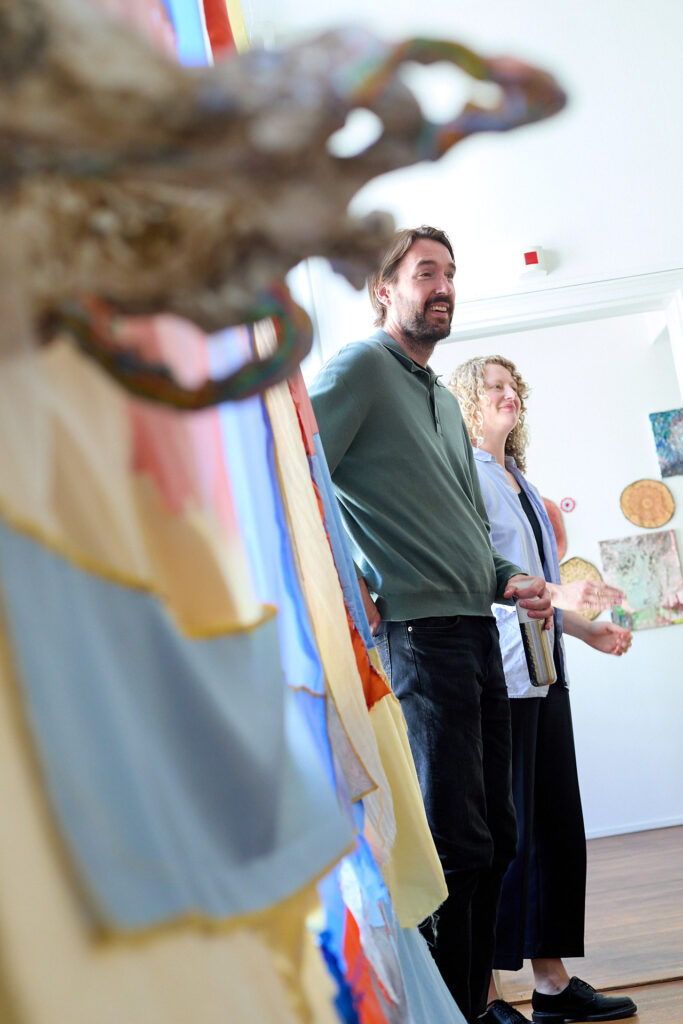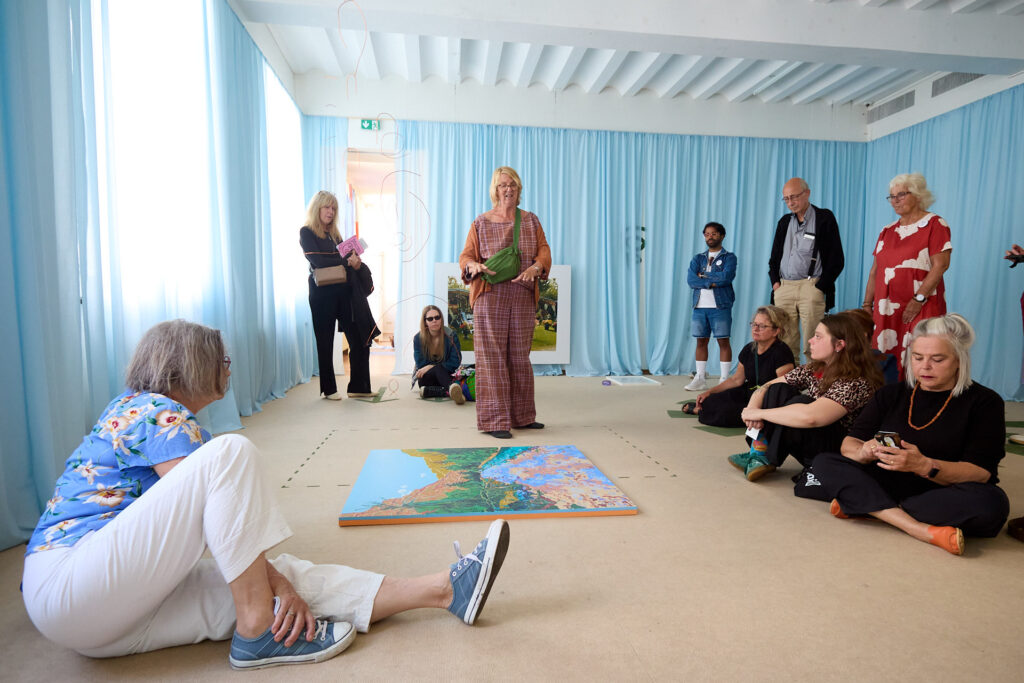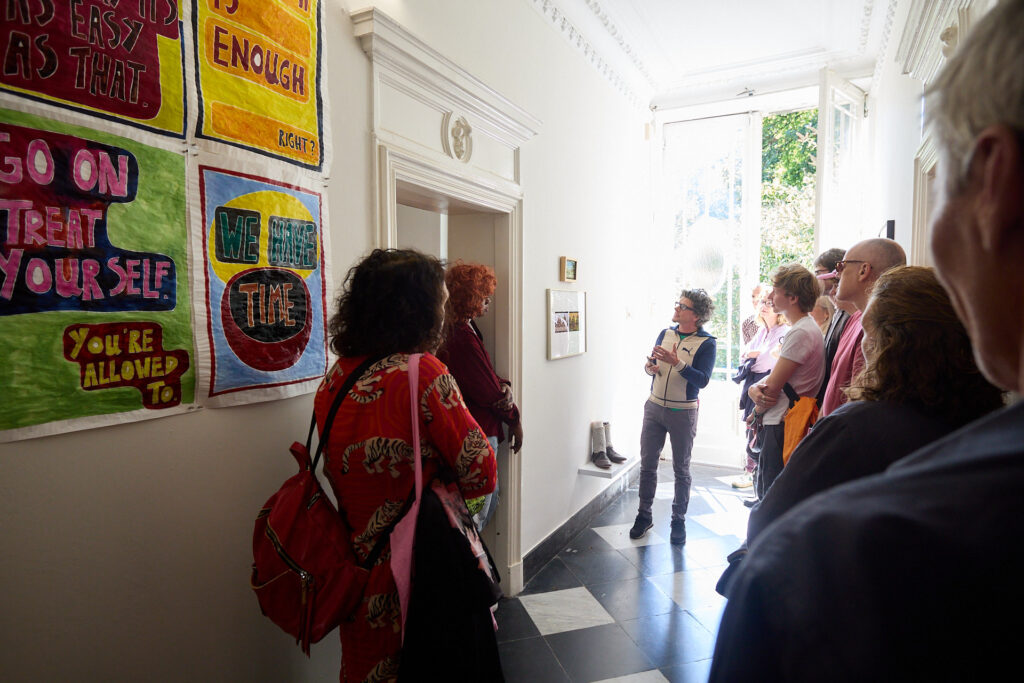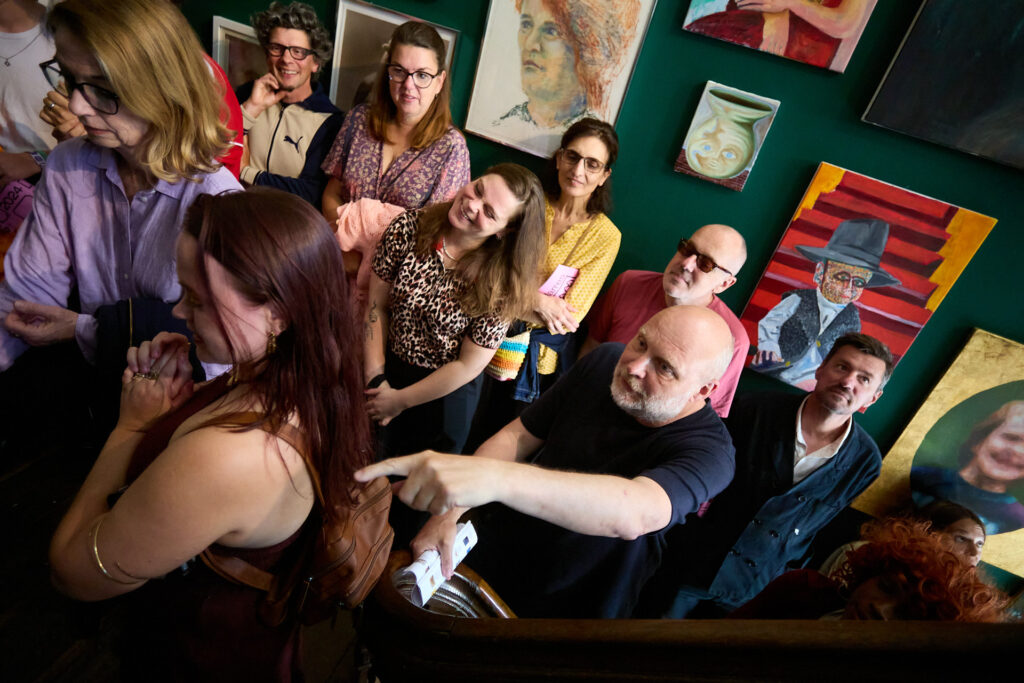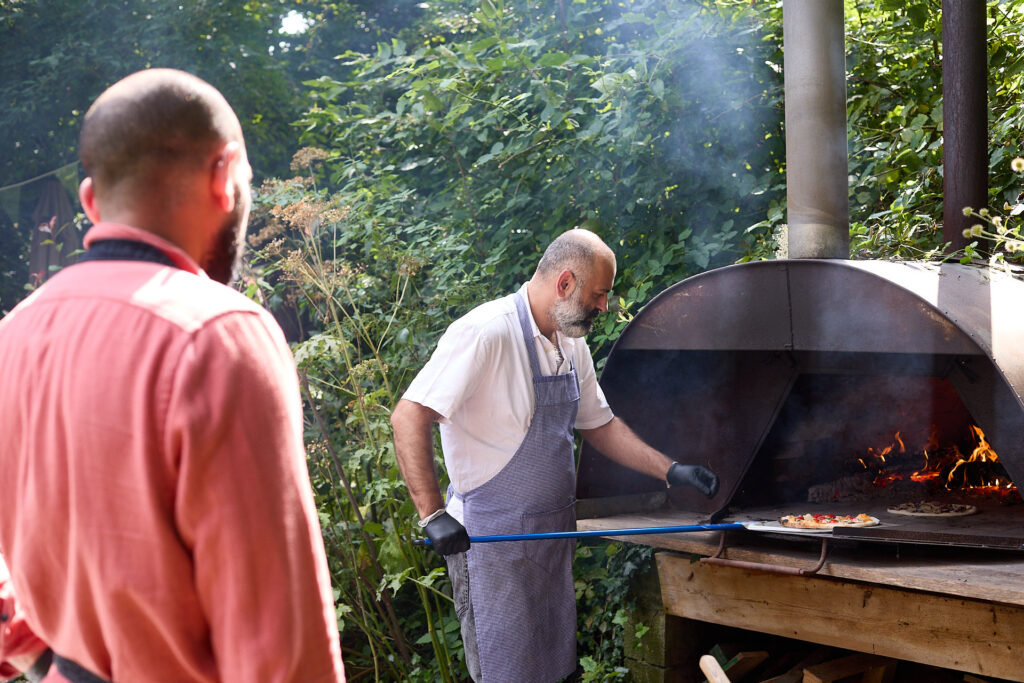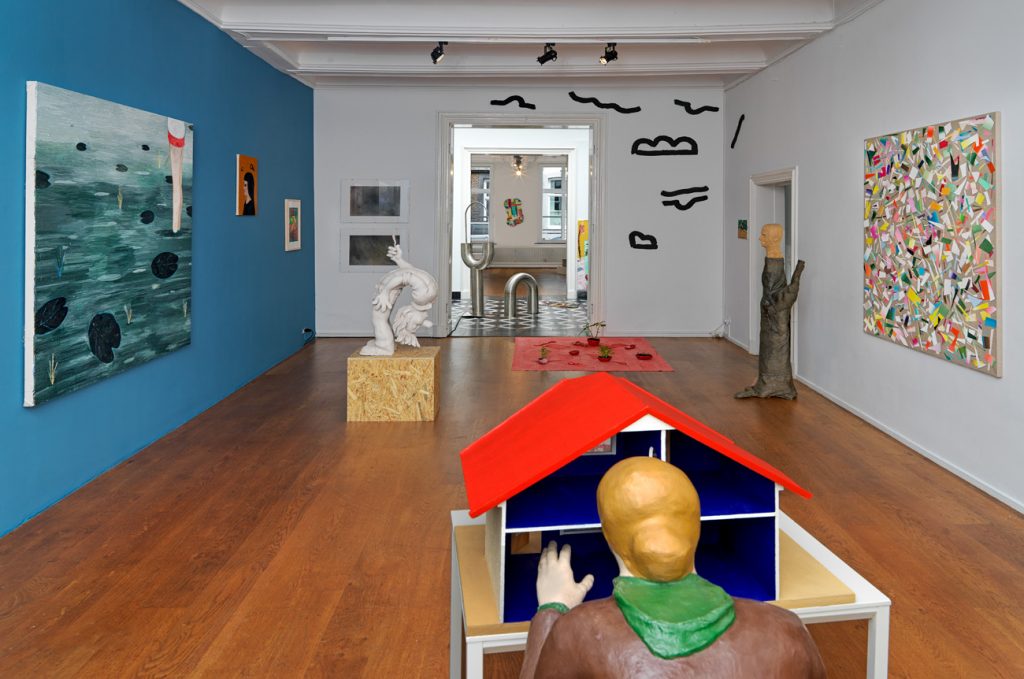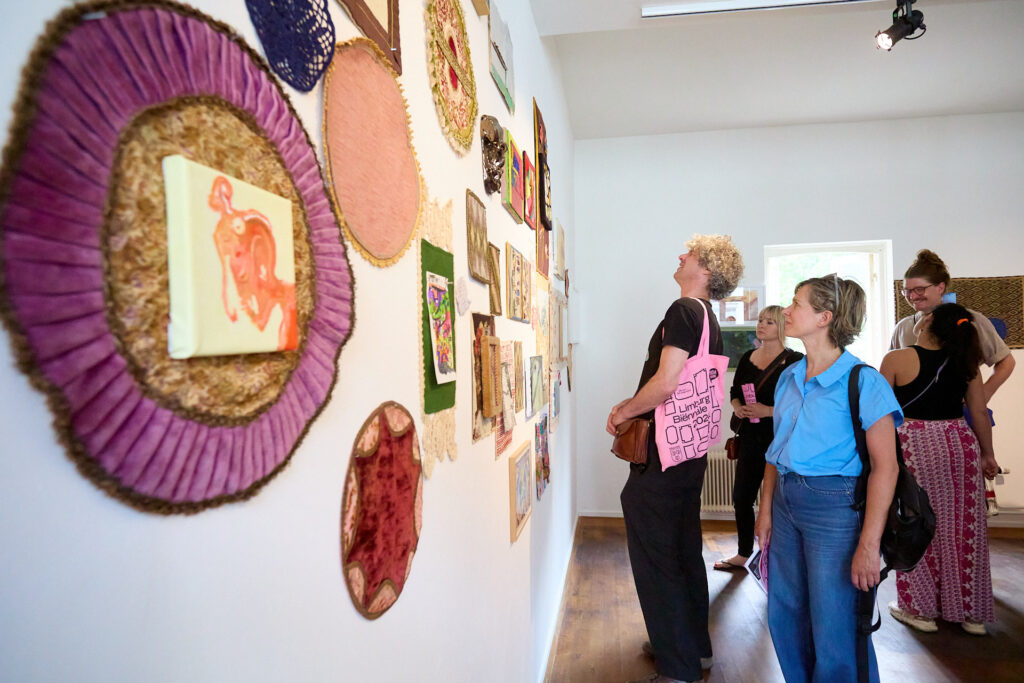
It is with immense pride that Marres and Odapark present the third edition of the Limburg Biënnale, an exhibition that offers a cross-section of the visual arts in Limburg and its surroundings with 500 works by over 350 artists. The biennale is a true celebration of the arts in Limburg.
Open Call
Following the enormous success of the previous two editions, Marres and Odapark placed an open call for the third Limburg Biënnale in February of this year. 1,400 makers responded; together they submitted more than 3,000 works.
From February 19 to March 10, 2024, interested parties, young and old, established and unknown, from individual to collective, could register with a maximum of three existing artworks. This could be any type of work: painting, video, sculpture, audio, performance, etc.
Jury
The jury and curatorial team, consisting of 18 professional artists, will assess the submissions without knowing the applicants’ identities. They will then arrange their chosen selection in a space at Marres or Odapark, where the artworks will be shown alongside their own. The jury includes members from both Limburg and beyond.
The jury of the Limburg Biënnale 2024: Karina Beumer, Eugenie Boon, Katrein Breukers, Anne Büscher, Bonno van Doorn, Pablo Hannon, Jan Hoek, Birthe Leemeijer, Paul Kooiker, Maartje Korstanje, Marijn van Kreij, Anouk Kruithof, Fleur Pierets, Jan Rothuizen, Sanne Vaassen, Wessel Verrijt, Marenne Welten and Han van Wetering

Jury
Karina Beumer (Peize, 1988) maintains an interactive artistic practice that is sustained by engaging in dialogues with – or being captivated by – something or someone else. This results in videos, installations, and publications that emerge from drawings of observations, and unannounced performances. Beumer searches for an absurd and surreal relationship between the inner world (thoughts, miscommunication) and the physical world (language, networks). In a dreamlike universe, she connects banal issues with personal fantasies by using strategies from existing structures such as pop songs, blockbusters and live action role-playing games. Her work was previously shown at Het Vincent van GoghHuis (Zundert) and at various galleries in Antwerp, among others. Her film titled (…) is on show at 2doc.nl and Beumer is currently looking for a replacement for herself.
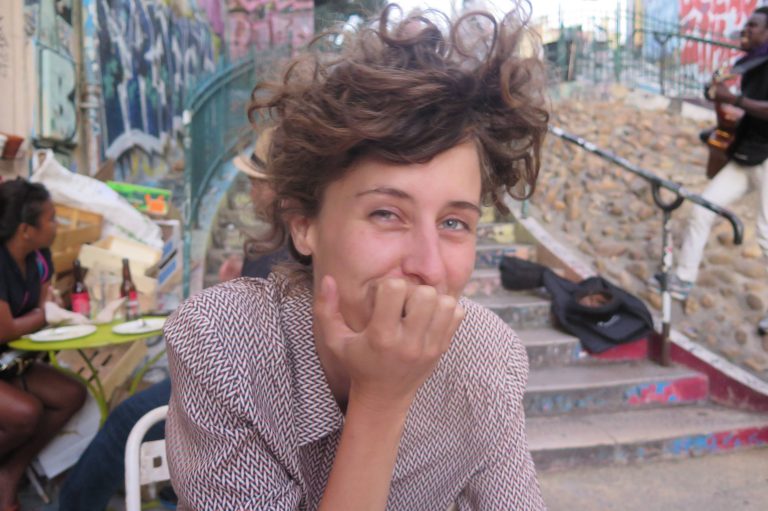
Eugenie Boon (Willemstad, 1995) is a Curaçaoan visual artist based in The Hague. She graduated cum laude from HKU in 2020, winning the award for Artistic Achievement. In her practice she combines storytelling and commentary, and translates these in her performances, paintings, and installation. Her works can be found in several collections amongst which that of Stedelijk Museum Schiedam, and Vrije Universiteit Amsterdam, AMC.
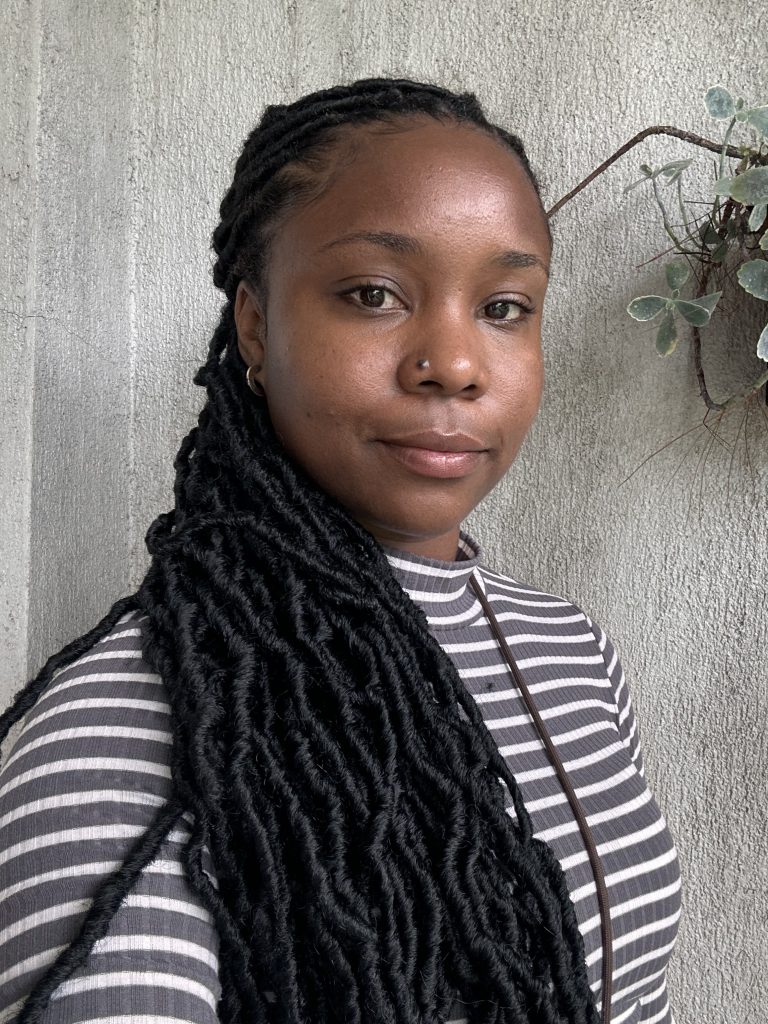
Katrein Breukers (Tilburg, 1991) lives and works in Rotterdam. She graduated from FHK, Tilburg and did a master’s program in Fine Arts at AKV St. Joost Breda. In her work, Beukers engages with different techniques and materials, especially from the realm of ceramics and textile arts, in order to honour practices of decorative craftmanship that have historically been excluded from the category of fine arts. A primary example of this pursuit is the returning feature quilting in the majority of her recent works. Beukers’ has showed in numerous galleries and art spaces including KunstRAI in Amsterdam, Art Rotterdam, and NS16 Tilburg. She has been nominated for various prizes, and was awarded the AG-Kunstprijs 2017.

Anne Büscher (Stuttgart, 1991) bridges art, design, and science through artistic experiments wherein she expands the commonly perceived functions and identity of well-known materials such as glass, stone, photographic paper, air, light, and electricity. Büscher’s works evolve from her keen awareness of the inherent sensitivity of objects, and plays with the relationship between authenticity and imagination. They take the form of arrangements, artistic documentation, and objects that reach their full potential only when activated or used. Büscher has attended many residencies internationally and has shown at many venues, including PAD Paris, TOKAS Tokyo, Miriam Gallery New York, and Ludwig Forum Aachen.
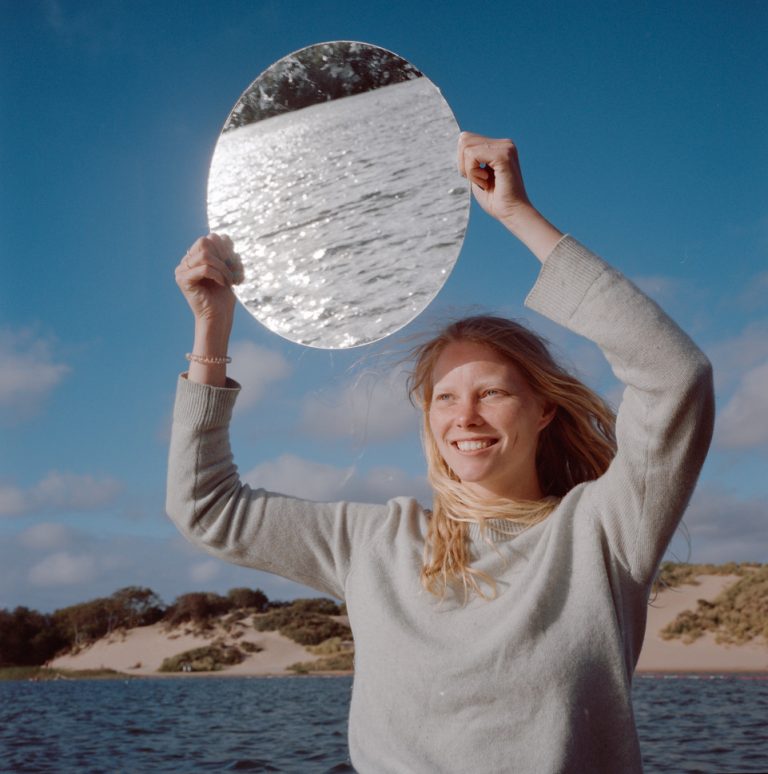
Bonno van Doorn (Amsterdam, 1977) graduated from the Gerrit Rietveld Academy in 2008, after which he gained notoriety for his paintings and sculptures that he incorporates into elaborate installations. His work has been shown at various venues, including C&H Galerie (Amsterdam), Greylight Projects (Brussels), Supermarket Art Fair (Stockholm) and at Marres in Maastricht. Van Doorn moreover taught at the Hogeschool voor de Kunsten in Utrecht and at the Gerrit Rietveld Academy in Amsterdam. He is co-founder of ART BAR KIPPY.
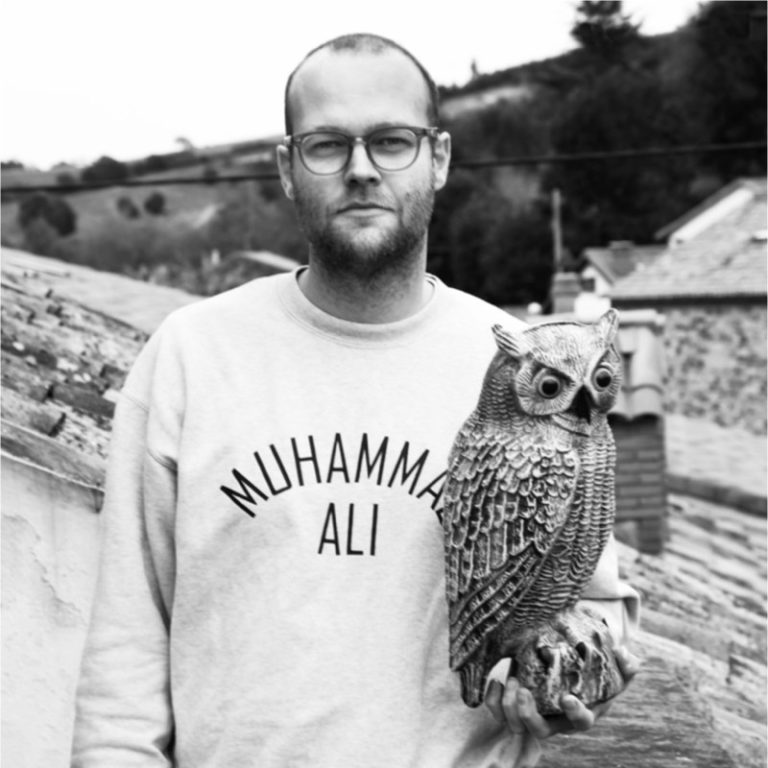
Pablo Hannon (Santiago, 1973) Pablo Hannon (Santiago, 1973) explores many of expressions in his artistic practice. Rooted, or rather, restless in activism, be it due to his roots in Mapuche (Chile), or his awareness to other injustices elsewhere, he founded The School; a fluid, autonomous space and methodology that facilitates accessible, interdisciplinary collaborations with local and international participants. Hannon’s own artistic experiments rely on illustration and design, and play with the improvisational and performative interaction of the audience. He also shares his knowledge, skills and playfulness at various art schools, including Hoge School Zuyd.
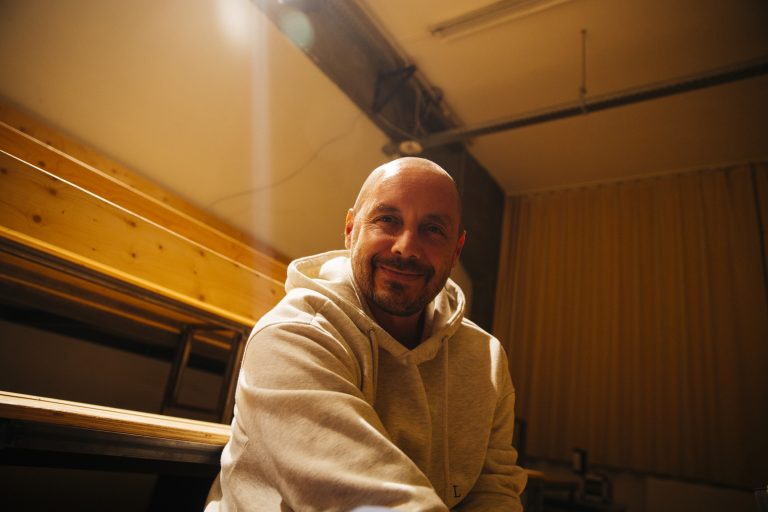
Jan Hoek (1984) is always attracted to the beauty of outsiders worldwide, and is ever keen to collaborate with people who are normally overlooked. In Hoek’s universe, ‘normal’ people are strangers and the ‘outsiders’ rule. As such, Hoek has photographed a realm of superstars, like the taxi drivers of Nairobi, has created psychedelic zines about sex tourism capital Pattaya (Thailand), and made a series about the Maasai (Kenya & Tanzania) to defeat their stereotypical depictions. He has presented works at Foam (Amsterdam), Unseen Festival (Amsterdam), Photoville (New York), Fomu (Antwerp) and Lagos Photo (Lagos).
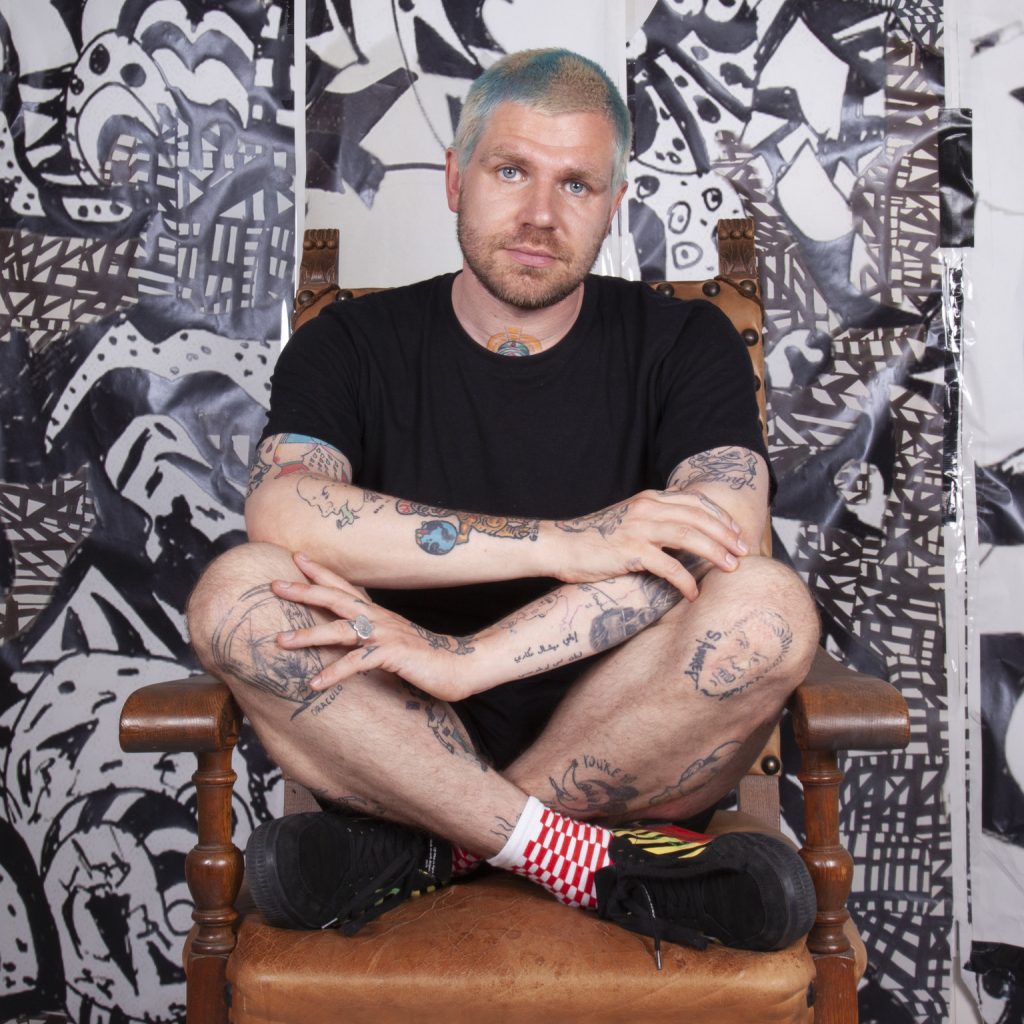
patricia kaersenhout (we/us) (Den Helder, 1966) is an Afro-Dutch visual artist and thinker. In her work, she explores the ever-present legacy of slavery and colonialism in the Dutch context and beyond. kaersenhout critically and radically engages with issues of race, sexuality and gender, and is recognized for her unbridled commitment to artistic and activist projects. She is known for her multifaceted projects in- and amongst society, whereby she asks her audience to reflect on their own possible involvement in the Dutch and European colonial history and its contemporary legacy. kersenhout’s works include, a monument commemorating the Trans Atlantic slavetrade, Unveiling Monument of Flight and Resistance, which was commissioned by the municipality of Utrecht,Acknowledge Rebuild: Wunderkammers of Rotterdam’s Colonial Past commisioned by the Kunsthal and Museum Boijmans van Beuningen in Rotterdam, and a monograph Open-Ended Visons of Possibilities which was published by Japsam publishers and launched in 2023.

Paul Kooiker (Rotterdam, 1964) studied at the Royal Academy of Art in The Hague and at the Rijksakademie in Amsterdam (1990-1992). Kooiker was awarded the Prix-de-Rome Photography in 1996 and the A. Roland Holst Award for his oeuvre in 2009. Kooiker’s work has been featured in numerous solo and group exhibitions at home and abroad, including at Museum Folkwang, Essen (2021/22, DE); Museum Voorlinden, Wassenaar (2020, NL); Centraal Museum, Utrecht (2020, NL); FOMU Fotomuseum, Antwerp (2018, BE); Fotomuseum Den Haag (2014, NL) and Museum Boijmans Van Beuningen, Rotterdam (2009, NL). His work is in numerous international public and private collections.
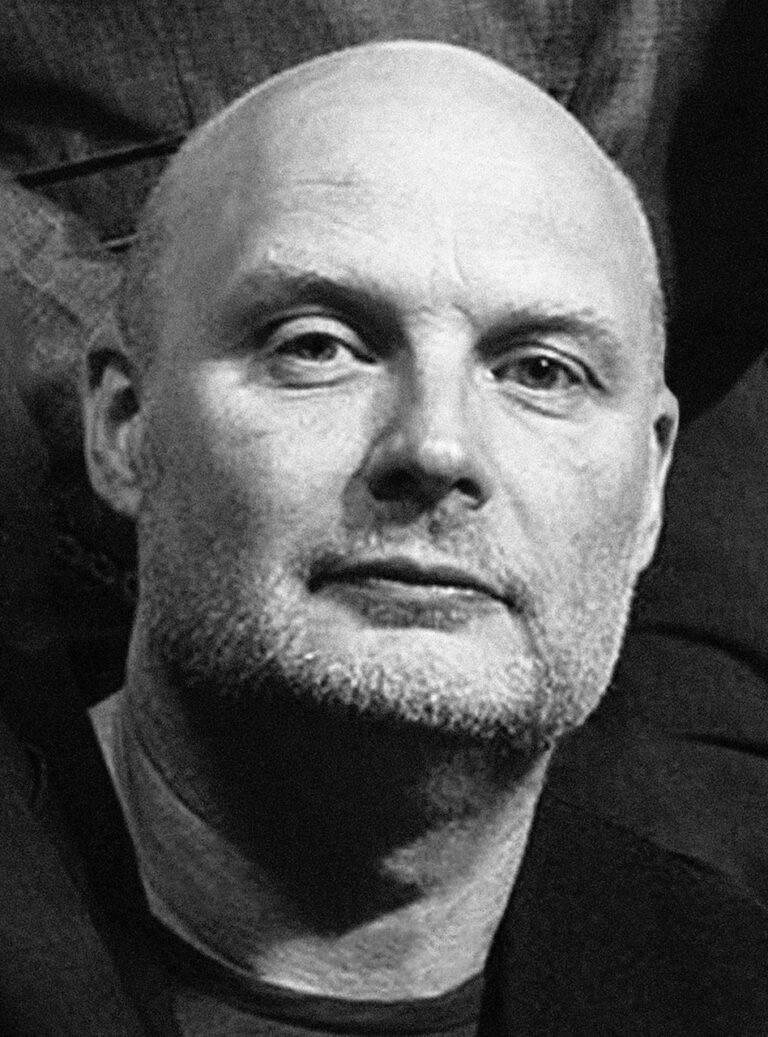
Accordion content.
The artistic practice of Maartje Korstanje (Goes, 1982) is driven by a strong awareness of the finiteness of life and her engagement with this awareness. Korstanje’ s work focuses on the tension between growth and decay, both in the natural world and in the artificial, but mainly in the borderland where the two worlds meet. Intuition and imagination are significant motivators in this creative body of work. Although Korstanje works with a variety of materials, cardboard is a fixed base which she constantly seeks to re-explore. Korstanje studied at the Academy for Art and Design St. Joost (Breda) and the Sandberg Institute (Amsterdam). She was one of the winners of the Prix de Rome in 2007 and was nominated for the Volkskrant Visual Arts Prize in 2014. She also participated in several residency programs and her work has been presented at Kunstmuseum Den Haag, ISCP New York and Gyeonggi Museum of Contemporary Ceramic Art in Korea, among others.
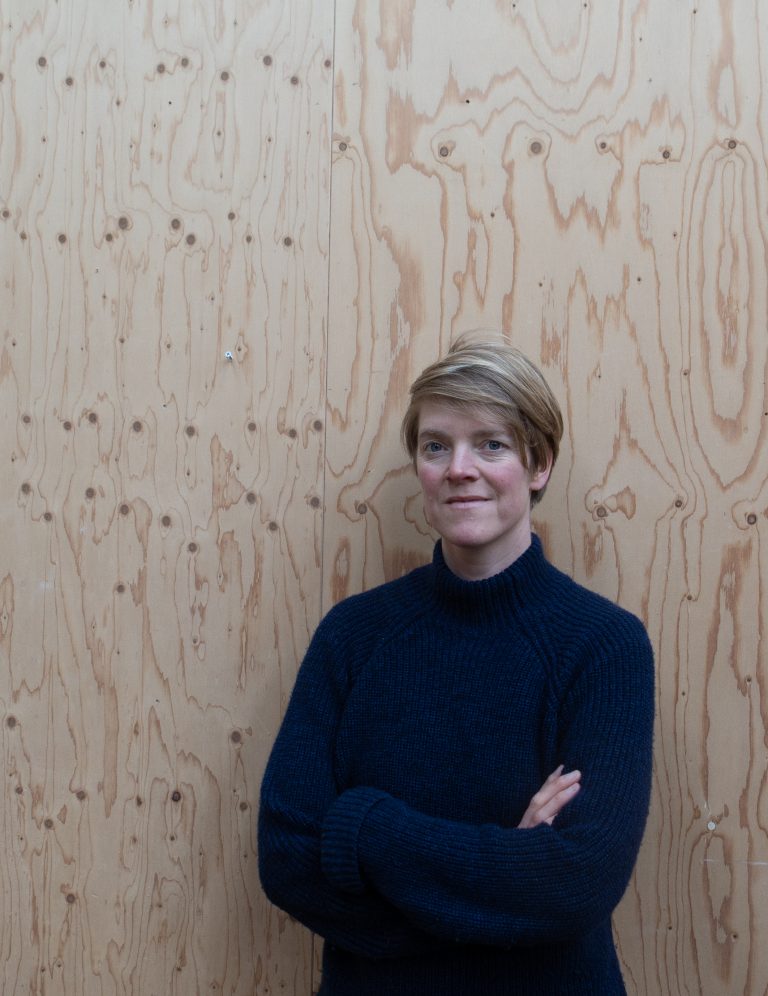
The artistic practice of MAARTJE KORSTANJE (Goes, 1982) is driven by a strong awareness of the finiteness of life and her engagement with this awareness. Korstanje’ s work focuses on the tension between growth and decay, both in the natural world and in the artificial, but mainly in the borderland where the two worlds meet. Intuition and imagination are significant motivators in this creative body of work. Although Korstanje works with a variety of materials, cardboard is a fixed base which she constantly seeks to re-explore. Korstanje studied at the Academy for Art and Design St. Joost (Breda) and the Sandberg Institute (Amsterdam). She was one of the winners of the Prix de Rome in 2007 and was nominated for the Volkskrant Visual Arts Prize in 2014. She also participated in several residency programs and her work has been presented at Kunstmuseum Den Haag, ISCP New York and Gyeonggi Museum of Contemporary Ceramic Art in Korea, among others.

Marijn van Kreij (Middelrode, 1978) makes drawings, collages and mobiles which he brings together in carefully composed exhibitions. In his work he combines art-historical references with illustrations from children’s books, food packaging or found lines of poetry. The reuse of image and language, working with repetition, and a focus on the act of drawing and painting itself are at the core of his multifaceted practice. In 2024, his solo exhibition How to Look at a Spiral, will be on view at De Pont, Tilburg. Marijn van Kreij teaches at the Gerrit Rietveld Academy and collaborates with other artists in the field of art, theatre and music within the collective it is part of an ensemble.
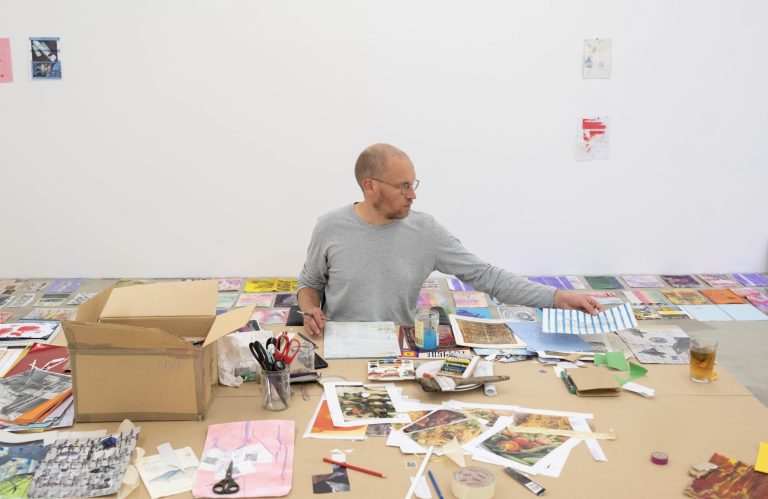
Anouk Kruithof (Dordrecht, 1981) is a trans-disciplinarian who engages in various digital and analog practices. Her works depict the transience and the chaos of this world by addressing urgent social issues and speaking to these from personal experience. In doing so, Kruithof aims to lay bare the sensitivities of the current Zeitgeist. Kruithof has previously held solo exhibitions at Foam Amsterdam, Centro de la Imagen Mexico City and Stedelijk Museum Amsterdam. Her work has also been included in the collections of SFMoMA (San Francisco), Museum Folkwang (Essen) and Museum Voorlinden (Wassenaar). Kruithof was selected for The Gallery of Honour of Dutch photography at Nederlands Fotomuseum in 2021, and her most renowned project Universal Tongue was exhibited at various museums internationally.
Birthe Leemeijer (Amsterdam, 1972) lives in Heemstede. She studied at the Rietveld Academy and the Sandberg Institute and furthermore completed a training in horticulture. For her, working in open space is the ideal condition to question the meaning of art and its place in the world. In order to realize this, she enters into collaboration with different parties and stakeholders who help give the project content and form. The presence or absence of other life forms (plants, animals) and the value we ascribe to them plays an increasingly important role therein. Works that Leemeijer has realized include a Reserve for Loneliness in Almere, the IJsfontein in Dokkum, and L’Essence de Mastenbroek. The latter is a perfume, the result of a search for the essence of the polder Mastenbroek. The scent, a liquid landscape, finds its way to all kinds of exhibitions around the world through a secret pipe system, such as an installation in the Dutch pavilion at the World Expo in Dubai in 2021 and soon in the Museum Krona in Uden. In 1996, was awarded the Prix de Rome prize for Art in Public Space.

Fleur Pierets (Zelzate, 1973) is a Belgian performance artist, best-selling author and LGBTQ+ activist. Together with her wife Julian P. Boom, she founded Et Alors? Magazine and launched 22-The Project (2017), a performance artwork in which the couple planned to marry in every country that legalized same-sex marriage at the time. They married in four countries before Boom’s untimely death. This led to Pierets’ writing debut, her memoir Julian (2018), which is currently being adapted into film by Lukas Dhont’s production house. Pierets’ subsequently wrote a two-part children’s book Love Around the World (2019) and Love is Love (2020), and a new novel Heerlijk Monster (2022). She also speaks on the importance of LGBTQ+ rights at consulates, embassies and at companies such as Google worldwide. She is currently working on an opera, a new novel and a performance artwork that will premiere in October of 2024.
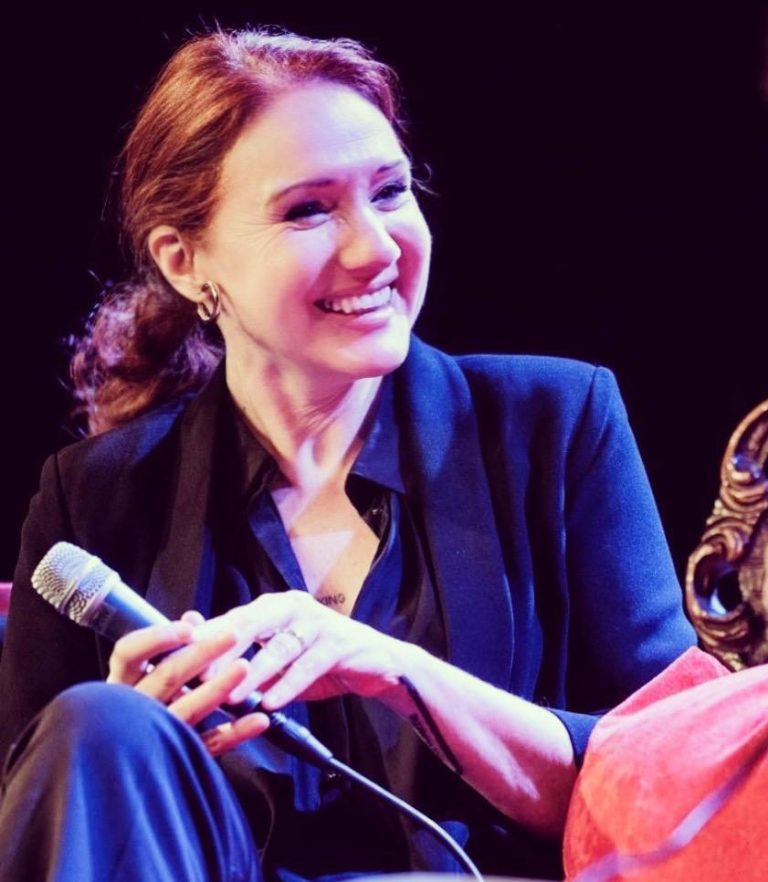
Jan Rothuizen (Amsterdam, 1968) is a contemporary visual artist with many publications to his name, some of which have been translated into English, Spanish and Chinese. His work is featured monthly in the Volkskrant, and has been exhibited at various renowned institutes internationally, such as the Museum of Modern Art in New York, Stedelijk Museum in Amsterdam and at the International Architecture Exhibition of La Biennale di Venezia. A new edition of his book “The soft atlas of Amsterdam” will be published this fall. He was previously a juror for the AFK Amsterdam Prize (2022) and is a member of several national art committees.
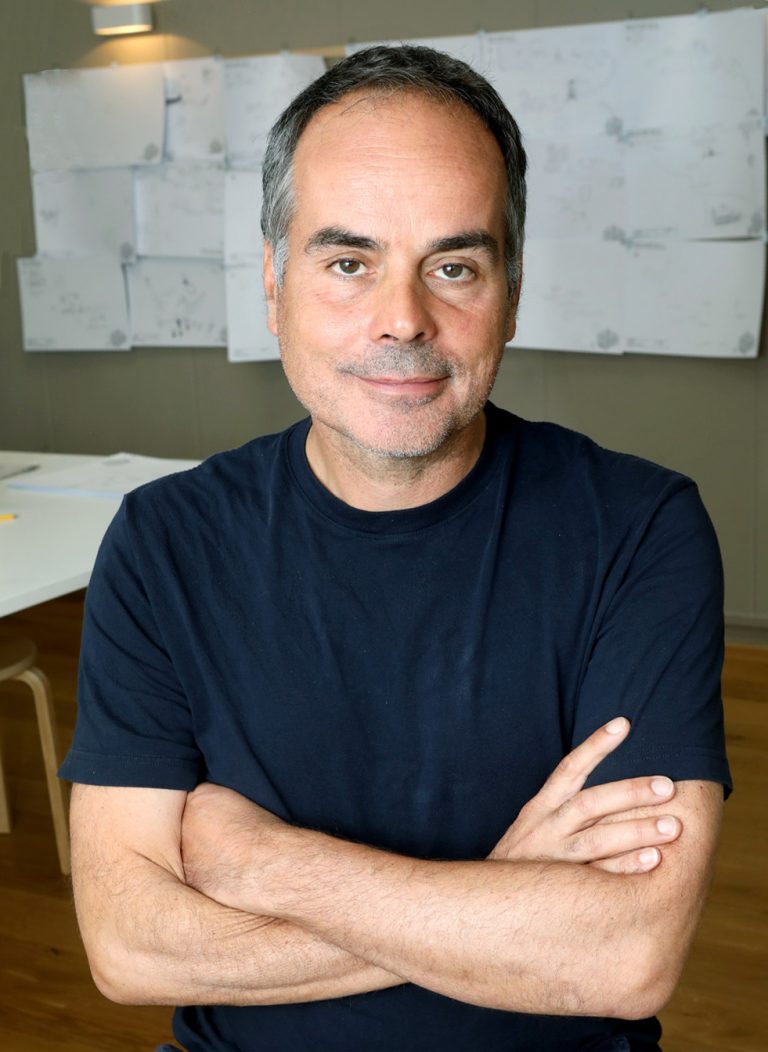
Sanne Vaassen (Heerlen, 1991) explores the fluid transition of matter and phenomena within her artistic practice, such as the cycle of water, the transformation of trees during the seasons, and the evolution of language. Central themes within her diverse works are hence time and processes of change. In doing so, Vaassen’s work shares an interface with other disciplines such as ecology, geography, history and anthropology. Her work has previously been shown in several group and solo exhibitions nationally and abroad, including the Bonnefantenmuseum (Maastricht), SALTS (Basel), Unit 1 Gallery (London), and 601Artspace (New York). She was also a resident at the Jan Van Eyck Academy in 2014-2015.
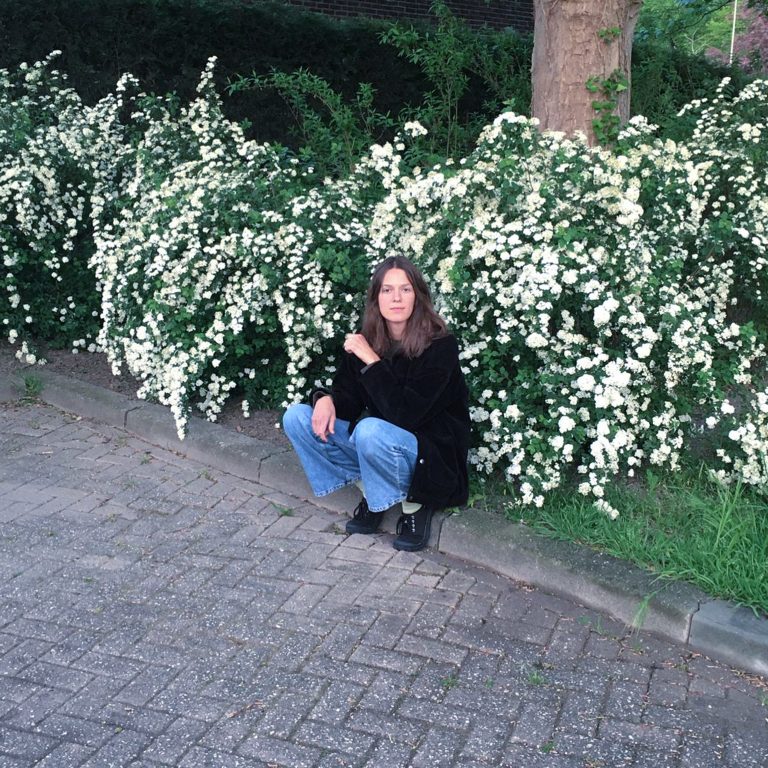
Wessel Verrijt (Lierop, 1992) makes sculptures, architectural vehicles, tactile mobiles and lively characters. These are both robust and fragile, chaotic and orderly. They appear to be living beings and suggest a ritual or a procession that has come to a halt. As such, Verrijt explores the idea of ‘living matter’; when body and matter merge and matter takes on human traits and emotions. In this way, the sculptures merge with the physical body in so-called ‘hybrid entities’. Materials considered forgotten and abandoned, driven by consumerism and industrialism, find themselves in the dead corners of our ecosystems. In Verrijt’s work, they awaken as a rebellion against their briefly planned lives. In 2021, Verrijt showed his first solo exhibition Das Leben am Haverkamp in The Hague. He also followed several residencies in The Netherlands and abroad, and will show a new series of sculptures at the H3H Biennale (Oosterhout) & CODA Museum (Apeldoorn) in 2023.
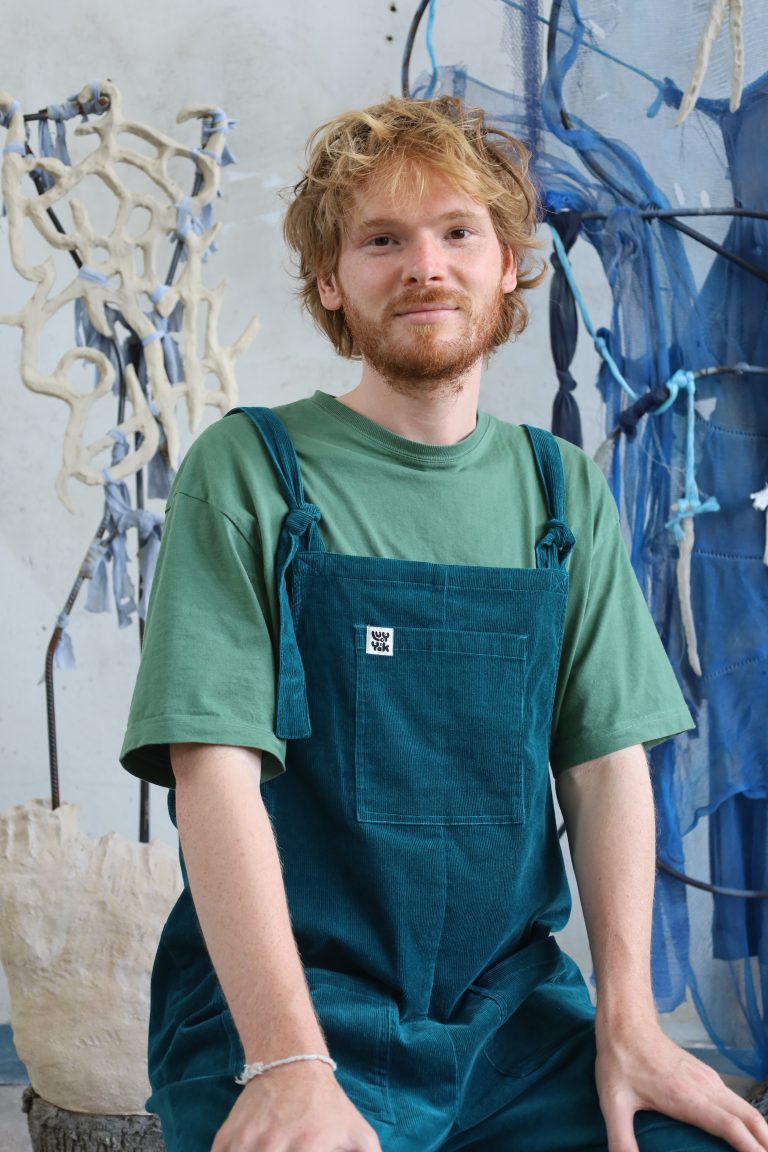
Marenne Welten (Valburg, 1959) lives and works in Middelburg. In her work, she investigates the way emotions, associations, and memories shape our perception and the way in which we ascribe meaning to things. She graduated from the Academie voor Beeldende Kunsten St. Joost in Breda, after which she lived and worked in Antwerp for a few years. Since then, her paintings and collages have been exhibited in various group and solo exhibitions at home and abroad, including several showings in New York, Stedelijk Museum Breda, Albada Jelgersma Gallery Amsterdam and Kunsthalle Lingen. Her work is currently represented by galleries Harkawik (New York) en Tegenbosch van Vreden (Amsterdam), and is supported by the Mondriaan Fund.
Han van Wetering (Maastricht, 1948) is a visual artist who is known, among other things, for his famed sculptures that are permanently located in the center of Maastricht. Wetering’s work ‘t Zaat hermenieke (1993), his colorful ensemble of carnival people, is for instance home to the Vrijthof, and other works have previously been shown at various galleries within and outside of Limburg. To conceive of his sculptures, van Wetering works with various materials such as bronze and ceramics, but as a seasoned artist and renowned ‘rebel’ he is also skilled at many other art forms.
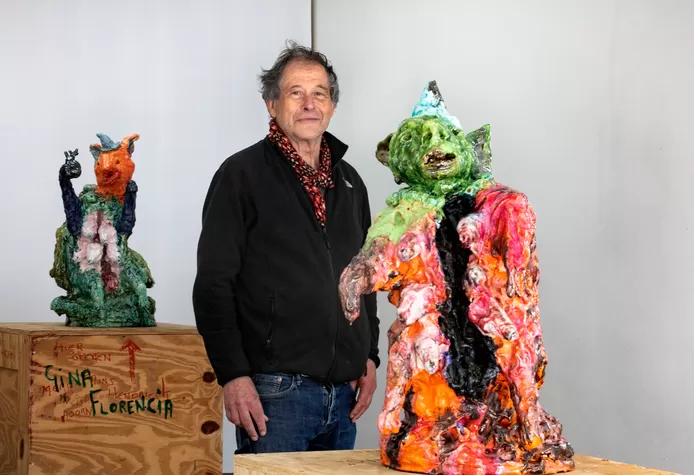
Photo: © Fotomeulenhof
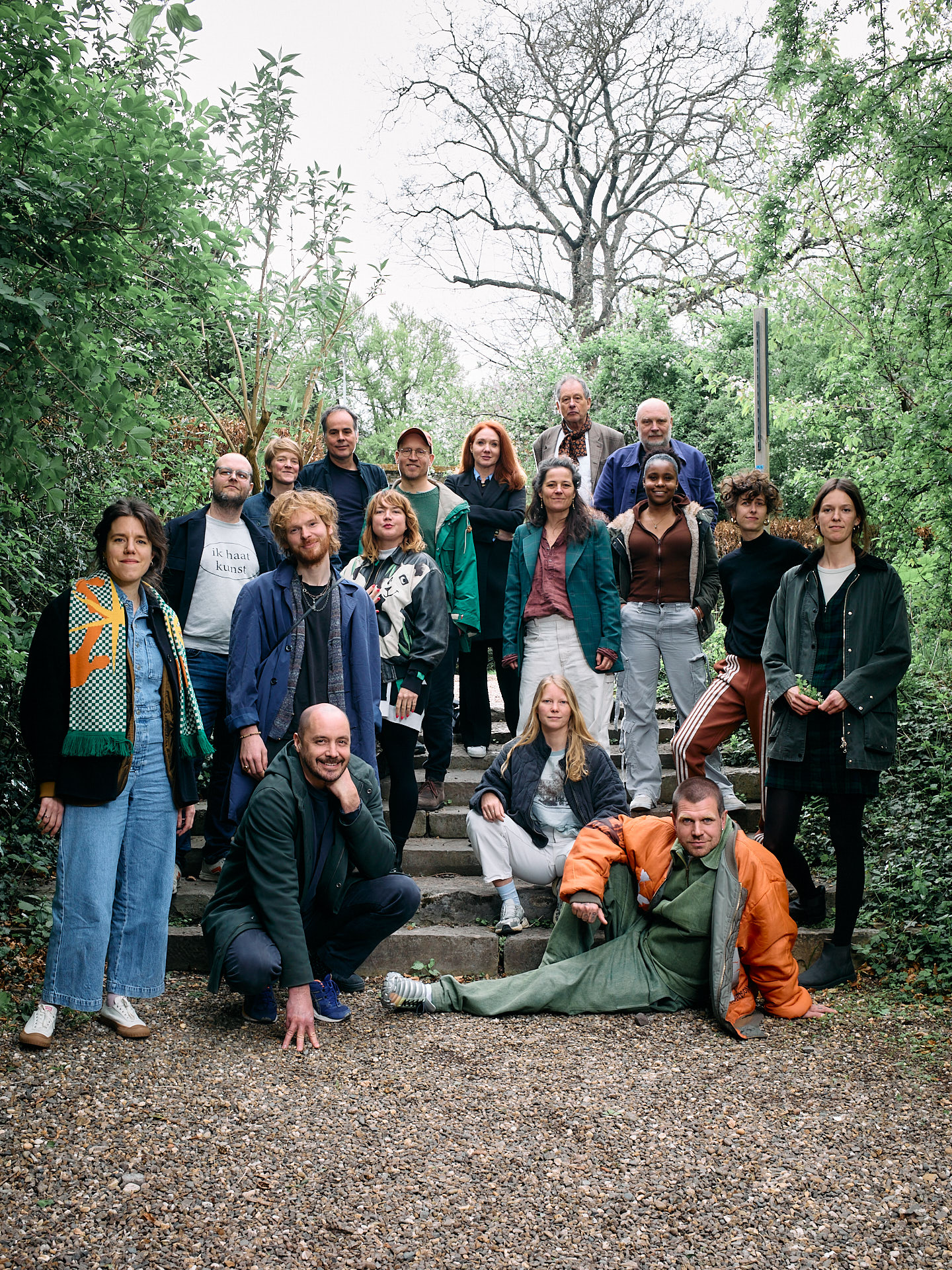
Marenne Welten is missing from the photograph
Participants Limburg Biënnale 2024
Corine Aalvanger, Ad van Aart, Agil Abdullayev, Eliot Allsop, Mario Sergio Alvarez Gonzalez, Dani Andres Ordoñez Muñoz & Lieve van den Bijgaart, Eric Arnal, Sarah Atzori De Bruin, Rob van Avesaath, Rachel Bacon, Stanislav Bagdia, Daria Baiocchi, Enny Beerden, Elise Berenstein, Mariëlle van den Bergh, Liesje van den Berk, Maya Berkhof, Ireen Bessems, Karina Beumer, Alex Bex, Adam Bialek, Rachel de Bie, Paula Biesmans & Klaas Kloosterhuis, Else Bijnens, Sjors Bindels, Florentijn de Boer, Annemie Bogaerts, Adriana Bogdanova, Noor Boiten, Eugenie Boon, Jaimary Boon, Boosten, Sabine Borgerhoff, Katia Borghesi, Melanie Bosboom, Geertje Brandenburg, Brénine Brénine, Katrein Breukers, Petra ten Brinke, Monique Broekman, Freija Broeren, Renée Bus, Anne Büscher, Jacqueline Caris, Omar Castillo Alfaro, Senna Castro, Bertrand Cavalier, Chantal CHALEM, Pao Chutijirawong, Rien Claessen, Jop Claessens, Livia Claesson, Ines Claus, COLETTE CLEEREN, Deniece Sami Juliana Clermonts, Adrienne Coenegracht, Monique Coppieters, Lennart Creutzburg, Amber Croonen, Yuxuan Cui, Nousjka Daniëls, Boris Deben, Tine Deboelpaep, Benjamin Deffner, Bram Dehouck, Nele Demeulemeester, Timo Demollin, Anne Devue, Caroline Diemel, Caroline Diepstraten, Mike Dings, Ridho Maulana Dirgantara, Nico Djavanshir, Erin C. Doherty, Bonno van Doorn, Dovski, Sindy Driessen, Jeroen Duijf, Femmie Duiven, duo Wonder, Veerle van Esser, Larissa Esvelt, Jeroen Evertz, Jordan Faber, Maxime Fauconnier, Diana Fedoriaka, Jean-Luc Feixa, Paul Fenner, Sterre Fermin, Maartje Folkeringa, Pui Yan Fong, Jan Franssen, Janina Frye, Arianne van der Gaag, Raquel Gandra, Yannick Ganseman, Barbara Gasparini di Gaetano, Truus Gelissen, Joost van Gennip, Loet Gescher, Johannes Gierlinger, Elena Giolo, Goldiie, Sebastián González de Gortari, Safae Gounane, Timo van Grinsven, Sarah Rose Guitian Nederlof, Carlos Guzman, Annemiek de Haan, Harrie Habets, Henk Haest, Sophie Hana, Pablo Hannon, Jacqueline Hanssen, Lotte Hauben, Atelier Haven, Katarina Head, Charmaine de Heij, Esther van der Heijden, Trees Heil, Johan Helder, Frank Helsloot, Marly Hendricks, Justine Hendrikx, Michel van Henten, Gaspard Emma Hers, Paul Heusinkveld, Diewke van den Heuvel, Kaan Hicyilmaz, Jan Hoek, Paulina Hoffmann, Lotte Holterman, Arielle Holtz, Mara Hop, Iris Houkes, Clara van den Hout, Niekie Houwen, Shanna Huijbregts, Audrey Huis, Teresa Hunyadi, Tycho Hupperets, Silvana Hurtado Dianderas, Angelo Iaia, Otto Iriks, Toon Jans, Petra C.T. de Jong, Conny Jongmans, Tamara Jungnickel, Hyungee Kang, Nikolay Karabinovych, Thalia Karpouzi, Corina Karstenberg, Wianda Keizer, Jaane Kentrop, Koen Kievits, Roona YJ Kim, Judith Maria Kleintjes, Maria Kley, Jenetta de Konink, Jelmer Konjo, Ina Kooper, Maartje Korstanje, Paula M Kowalski, Marijn van Kreij, Mirjam Kruisselbrink, Anouk Kruithof, Jelle van Kuilenburg, Polly Kunst, Zwaantje Kurpershoek, Mathias Kuypers, Henriëtte van der Laan, Mirte van Laarhoven,
Marjolein Labeeû, Ilse Lambrichts, Roderick Laperdrix & Caz Egelie & Jesse Strikwerda, Henny Laumen, Camie Laure, Chantal Le Doux, Birthe Leemeijer, Flora Lemmens, Marian Lesage, Didianne Leusink, Lichtelijk Creatief Design, Sarah Linde, Louis van der Linden, Aagje Linssen, Zhiyi Liu, Don Londi, Willy Looyen, Luciana Lopez Schütz, Los DQ, Chiel Lubbers, Wietske Lycklama à Nijeholt, erik van maarschalkerwaard, Roland Maas, MABA, Sandra Mackus, Linda Maissan, Aleksejs Mališevs, Keetje Mans, Eline Martin, Nacho Martín Encinas, Jochem Mestriner, Renieke Meyfroot, Jelle Annie Michiels, Hilde van Mileghem, Eline Mollema, Mike Moonen, Pleun Moons, Wim Moorman, Valantina Moraitaki, Yvonne Mostard, Indigo Musa, Nausikaä, Ava Nebulas, Anneke Nene, Remy Neumann, Darcy Neven, Joni van Niekerken, Femke Nijs, Kyra Nijskens, Elowyn Nikolov, NOMER, Anna Nunes, Oana Clitan, Ilse Oosterkamp, jo Op de Beeck, Melanie Ouwehand, Monica Overdijk, Anna-Bella Papp, Charles Park, Jean-Philippe Paumier, Madeleine Elisabeth Peccoux, Nikki Pelaez, Fleur Pierets, Lore Pilzecker, Ger Pirson, Nele Plessers, Engel Pluck, Urša Prek, Lilian Ptacek, Paula Punkstina, Fengdan Qin, Aran ra’dparsa, Roos Rademaker, Han Rameckers, Bastiaan Reijnen, Kim Rekkers, René Reynders, Niko Riedinger, Carlette Rijcken, Anja van Rijen, Maartje van Ringen, Roos Roberts, Rein Rodemeier, Hannes van Roosmalen, Jan Rothuizen, Amber Roucourt, Timia Rugenbrink, Ruimtevaarder, Atieh Salari, Geoff Salmon, Ria Sandbrink, Inderjeet Sandhu, Junya Sato, Carmen Schabracq, Stefanie Schaut, Andreas Schlesinger, Julie van de Schoor, Teun Schouren, Henk Schut, Ies Schute, Maarten Schuurman, Ehecatl Sevilla, Milo Sharafeddine, Gina Siliquini, Ruud Simons, Agata Siwek, Ian Skirvin, Bregje Sliepenbeek, Lisanne Sloots, Krista Smulders & Michiel Ubels, Paweł Sobczak, Joran van Soest, Olena Solodiannykova, Tonni van Sommeren, Ana Sous, Francisco Speicher, Saskia Spitz, Yip Stals, Hanna Steenbergen-Cockerton, Mai Stevens, Jelle Stiphout, Lonneke Stomphorst, Karlijn Surminski, Flore Tanghe, Frans van Tartwijk, Nele Tas, Fienke Teeken, André Terlingen, Sophie Teunissen, sjoerd tim, Jan Timmers, Su Tomesen, Sam Tromp, Katya Tsareva, Rexy Tseng, Ferren Uerlings, Ellen Urselmann, Sanne Vaassen, Niels Vaes, Joris Vaessen, Celine Vahsen, Filiz Van der Velpen, van Win, Inge van der Ven, Fee Veraghtert, Ans Verdijk, Marie Verdurmen, Louisa Vergozisi, Sep Verhoeven, Elisa Verkoelen, Wessel Verrijt, Katrijn Verstegen, Bram Verstraeten, Aline Verstraten, Martijn Verzijl, Dina Vos, Iris de Vries, Karin Vyncke, Jacqueline Wagemans, Rosalie Wammes, Jeroen de Wandel, Yuqi Wang, Shirley Welten, Marenne Welten, Esra Westerburgen, Han van Wetering, Heleen Wiemer, Esmée Willemsen, Katja Windau, Ruben Wit, Niek Wittebrood, Vincent Wolff, Kamila Wolszczak, WONNE, Sigrid van Woudenberg, Pippilotta Yerna, Yinzk, Yuliya Zadorozhnyuk, Jun Zhang, Zhao Zhou, Noa Zuidervaart
25 August:
finissage and party!
During the finissage of the Limburg Biënnale on Sunday, August 25, we not only celebrated this popular group exhibition, but also the kick-off of a series of festivities marking Marres’ 25th anniversary.
With free admission, cake, bubbles and pizza by Marres Kitchen.
Open from 12PM – 5PM.
At 12:30PM we toasted together to the past and the future, followed by guided tours in which artists of the Limburg Biënnale explained their work.
From the finissage onwards, Marres will organize a special anniversary event on the 25thof each month until the summer of 2025. Keep an eye on our website and socials!
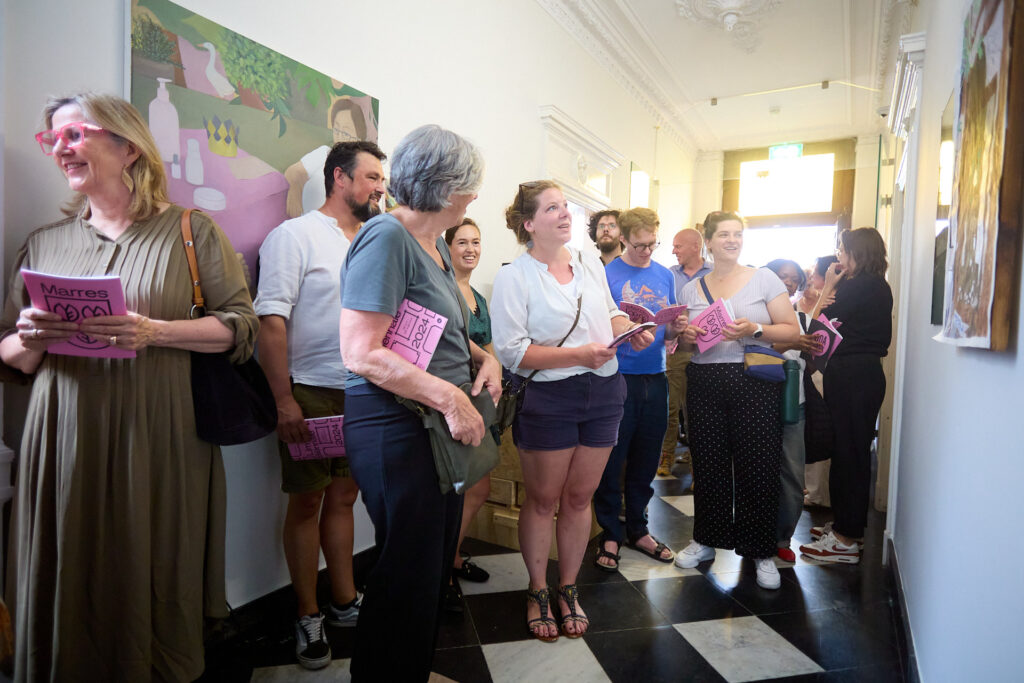
For Limburg Biënnale 2024 participants
Collection days
Collection days of the Limburg Biënnale will take place on August 30 and 31 between 11AM-4PM at Marres and on September 6 and 7 between 11AM-4PM at Odapark.

Submission days
Limburg Biënnale 2024
The submission days took place May 31 and June 1 at Odapark and June 7 & 8 at Marres.
Press about the
Limburg Biënnale 2024
For the press
For press requests, visual materials and interviews, please contact communicatie@marres.org.
